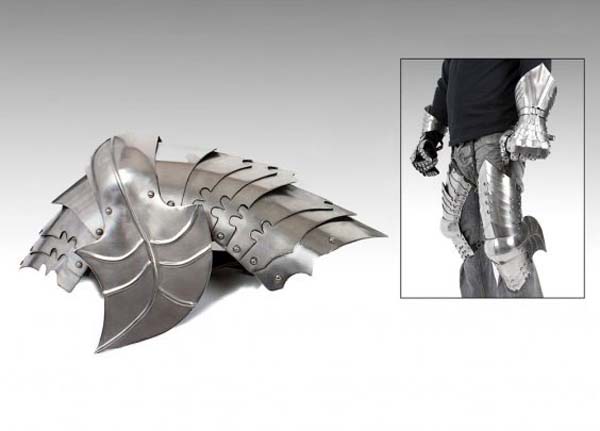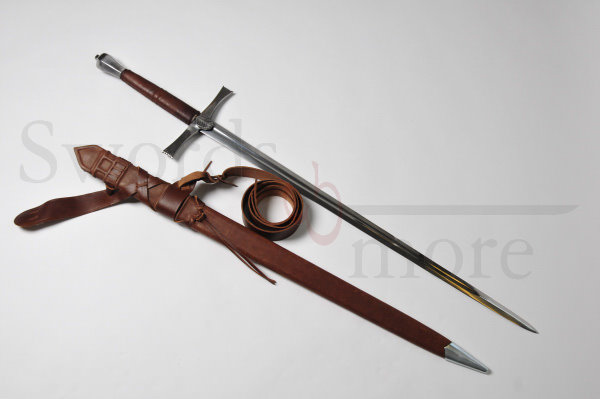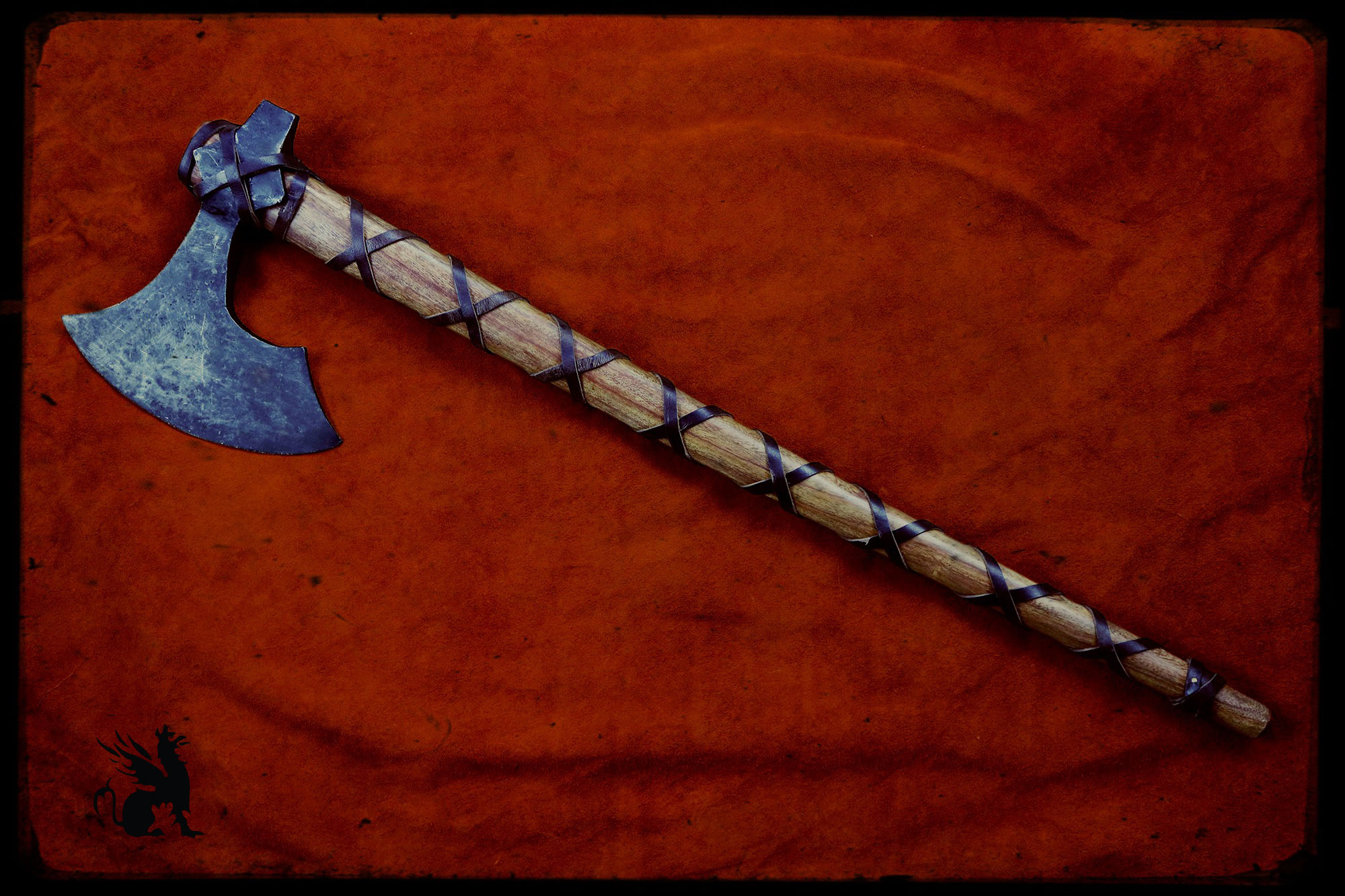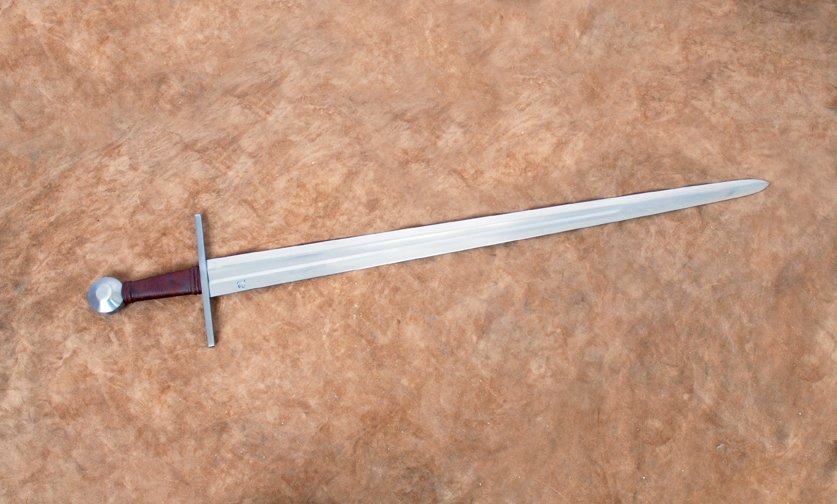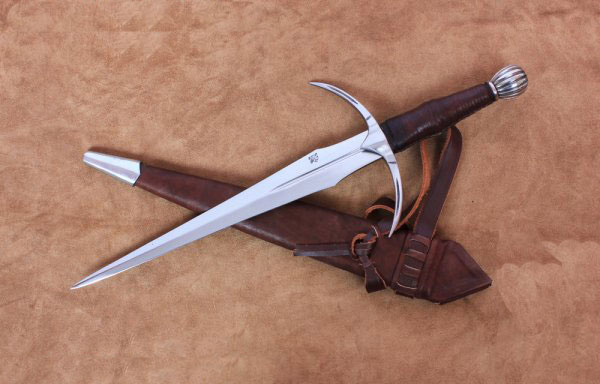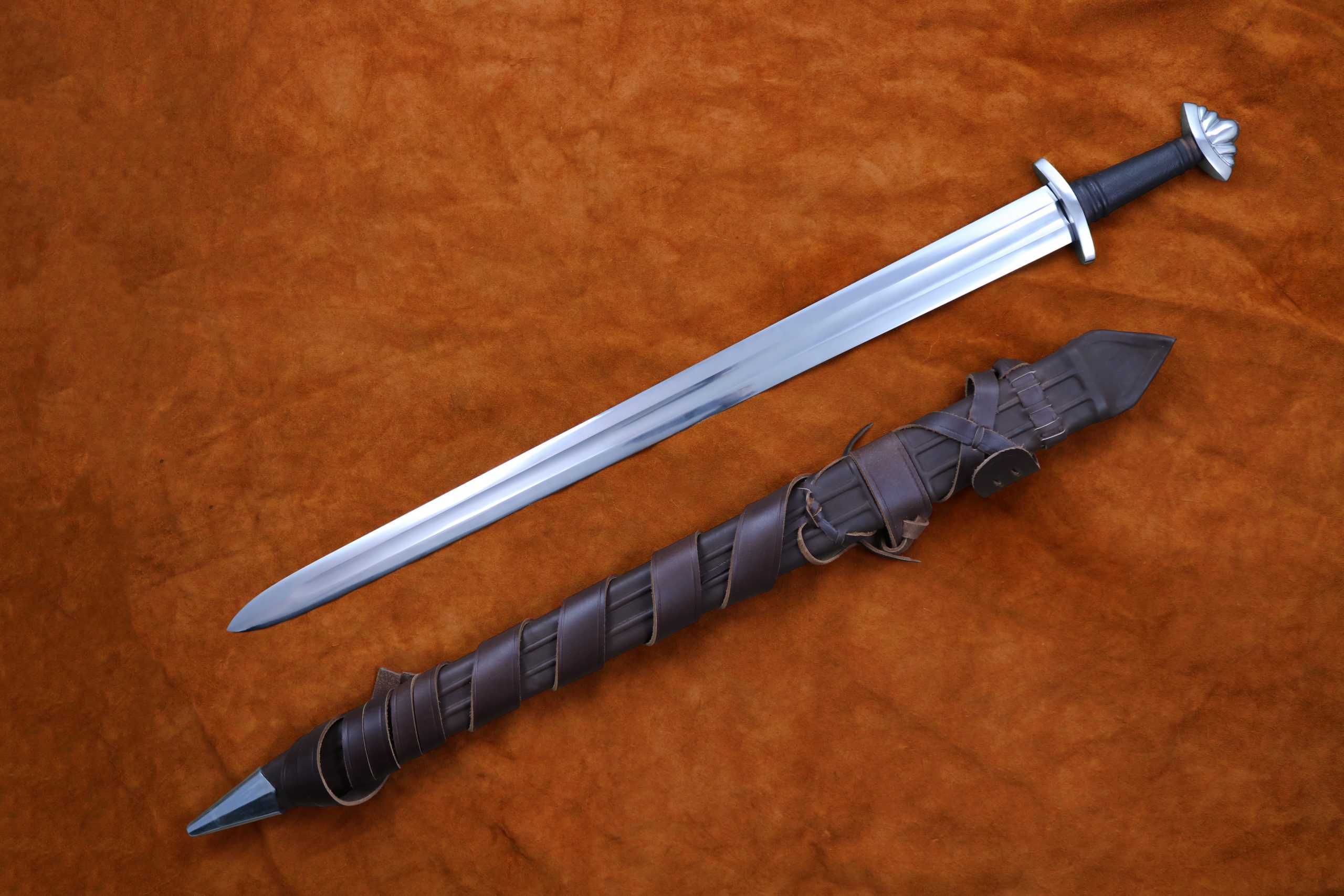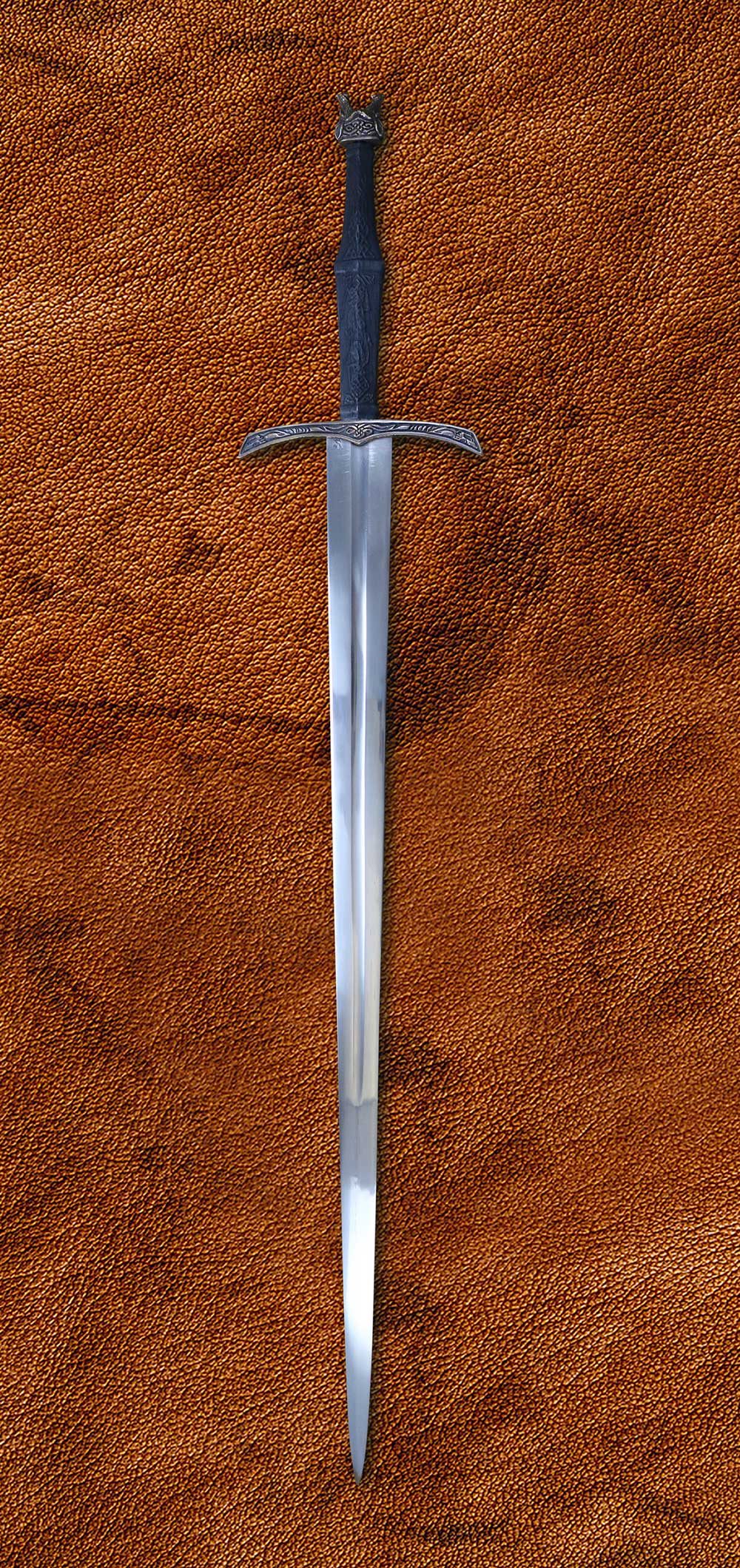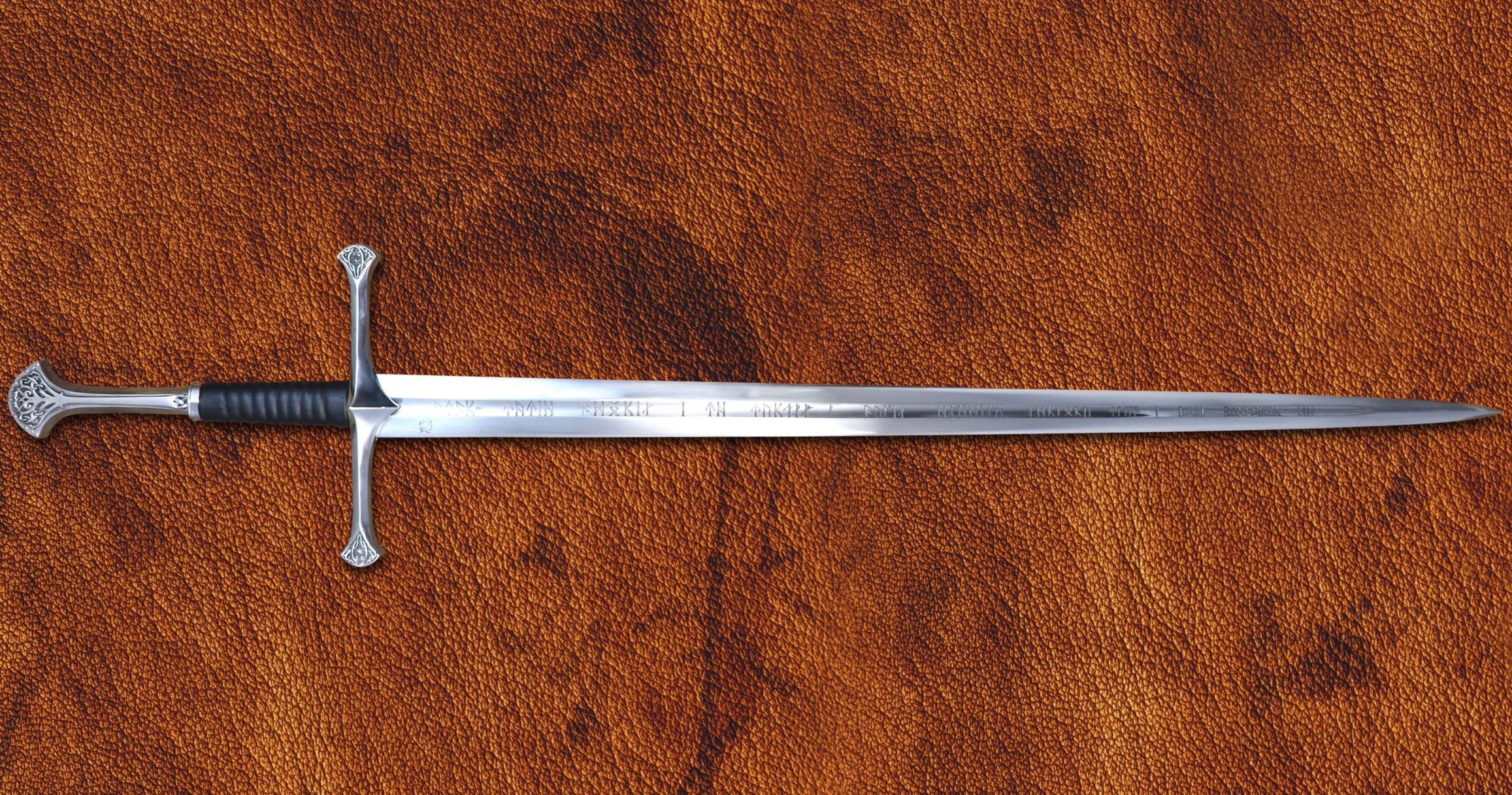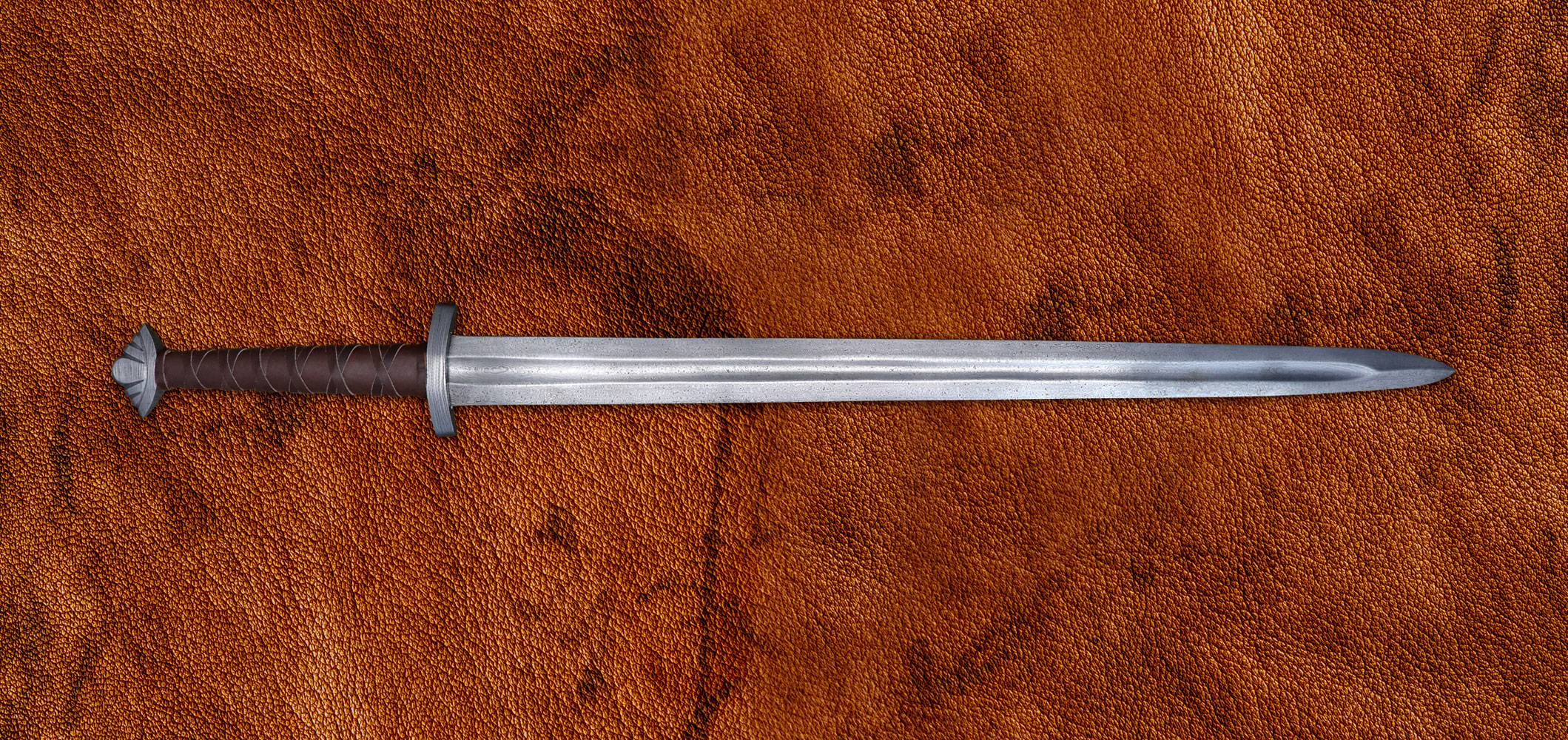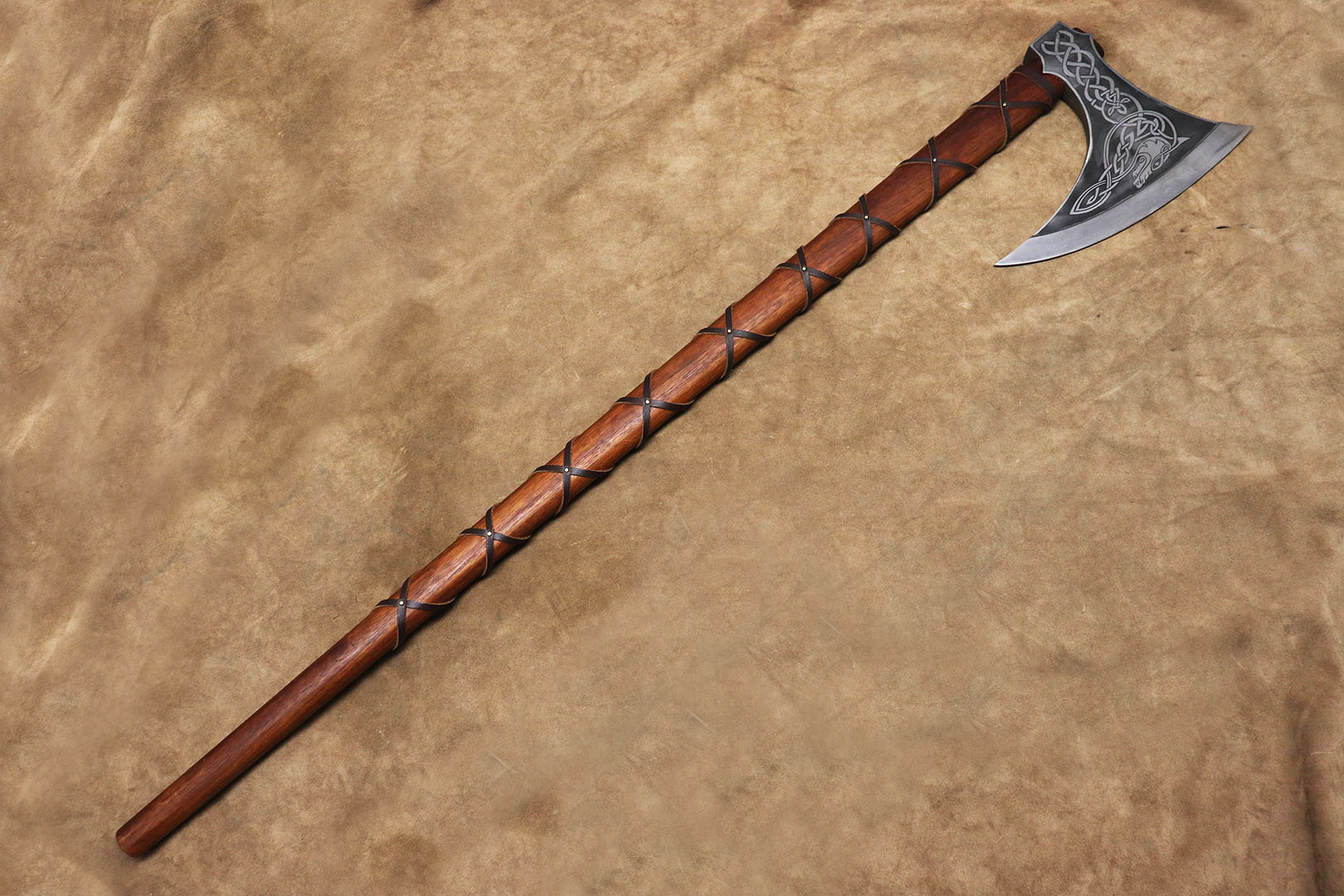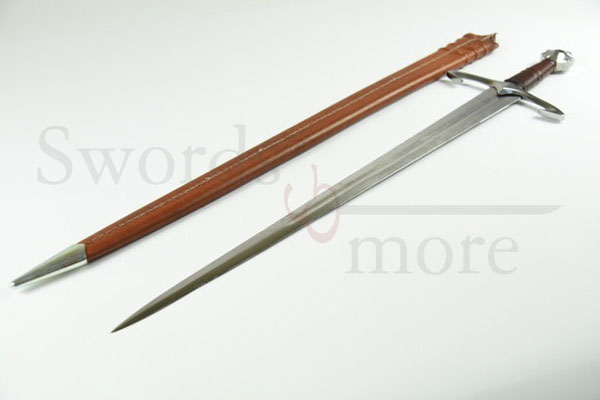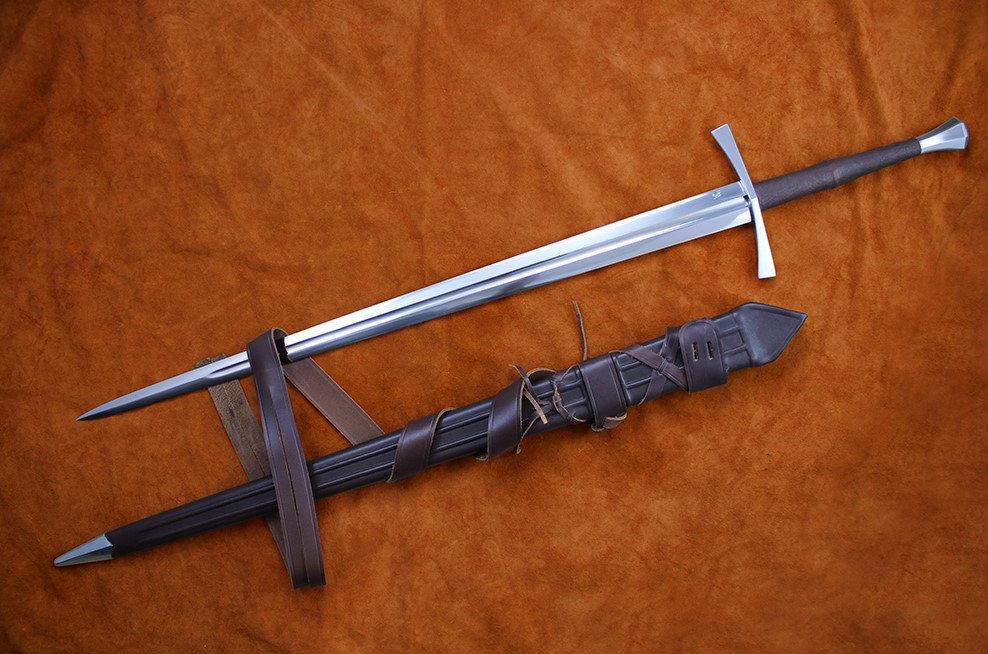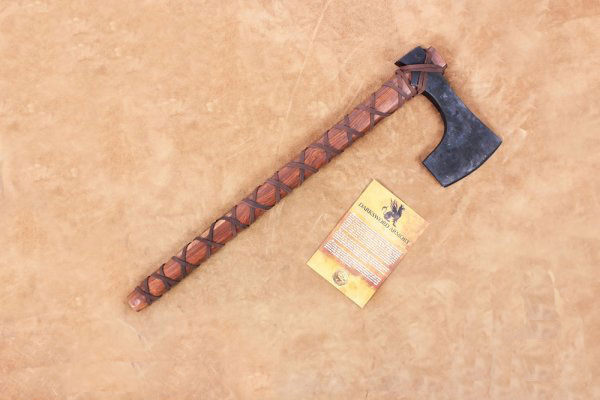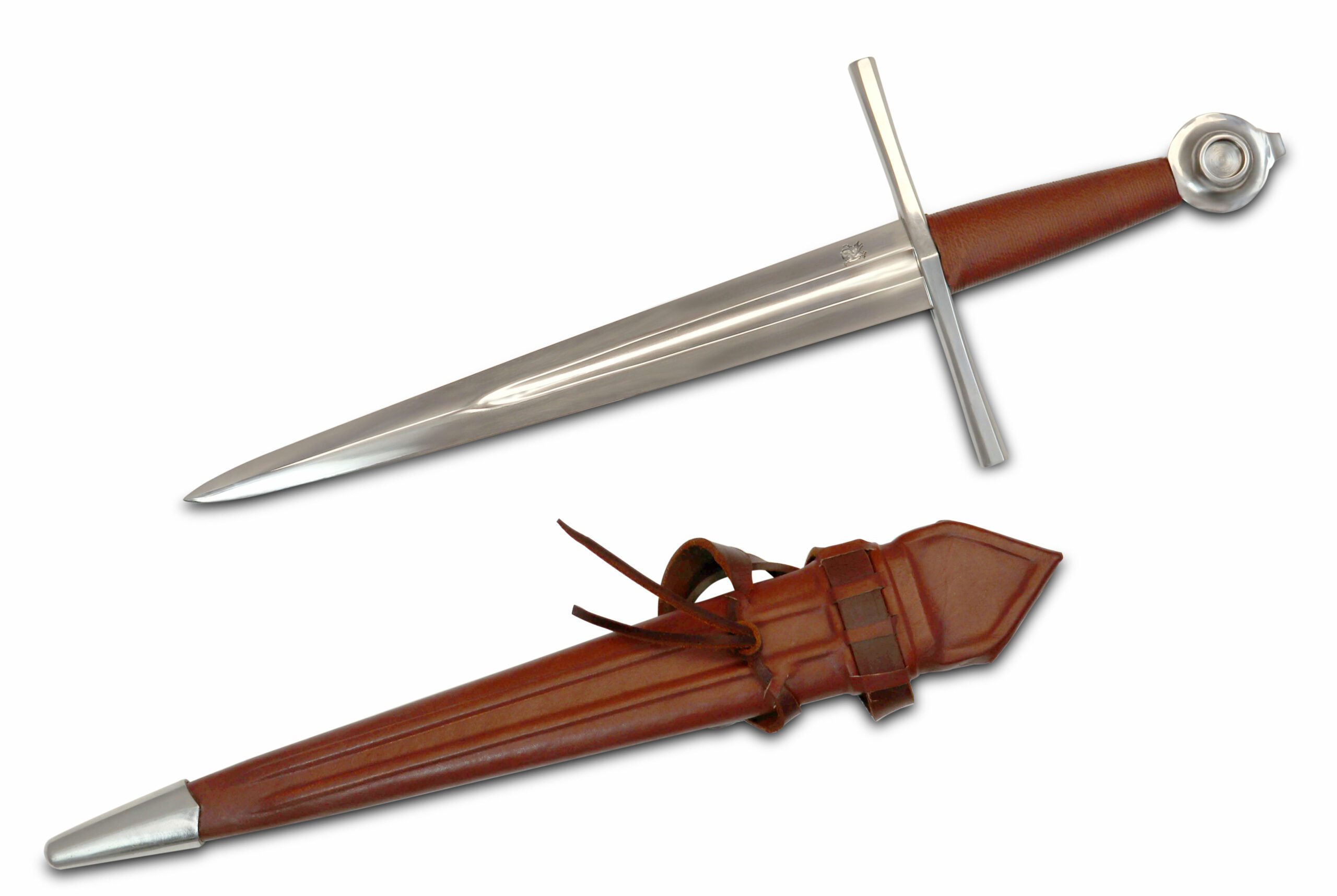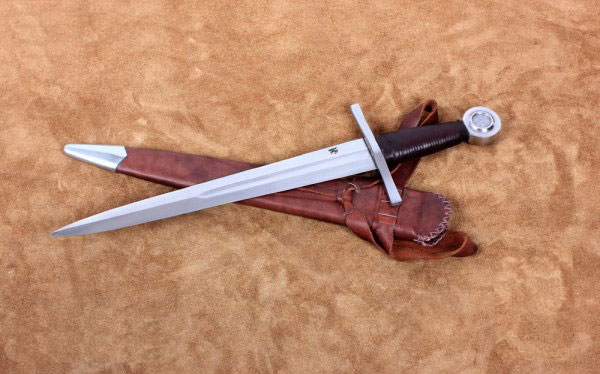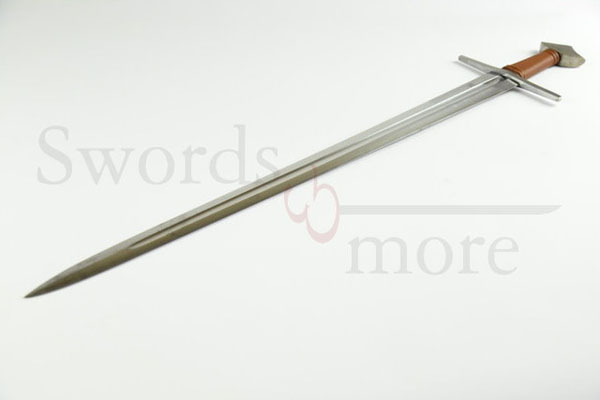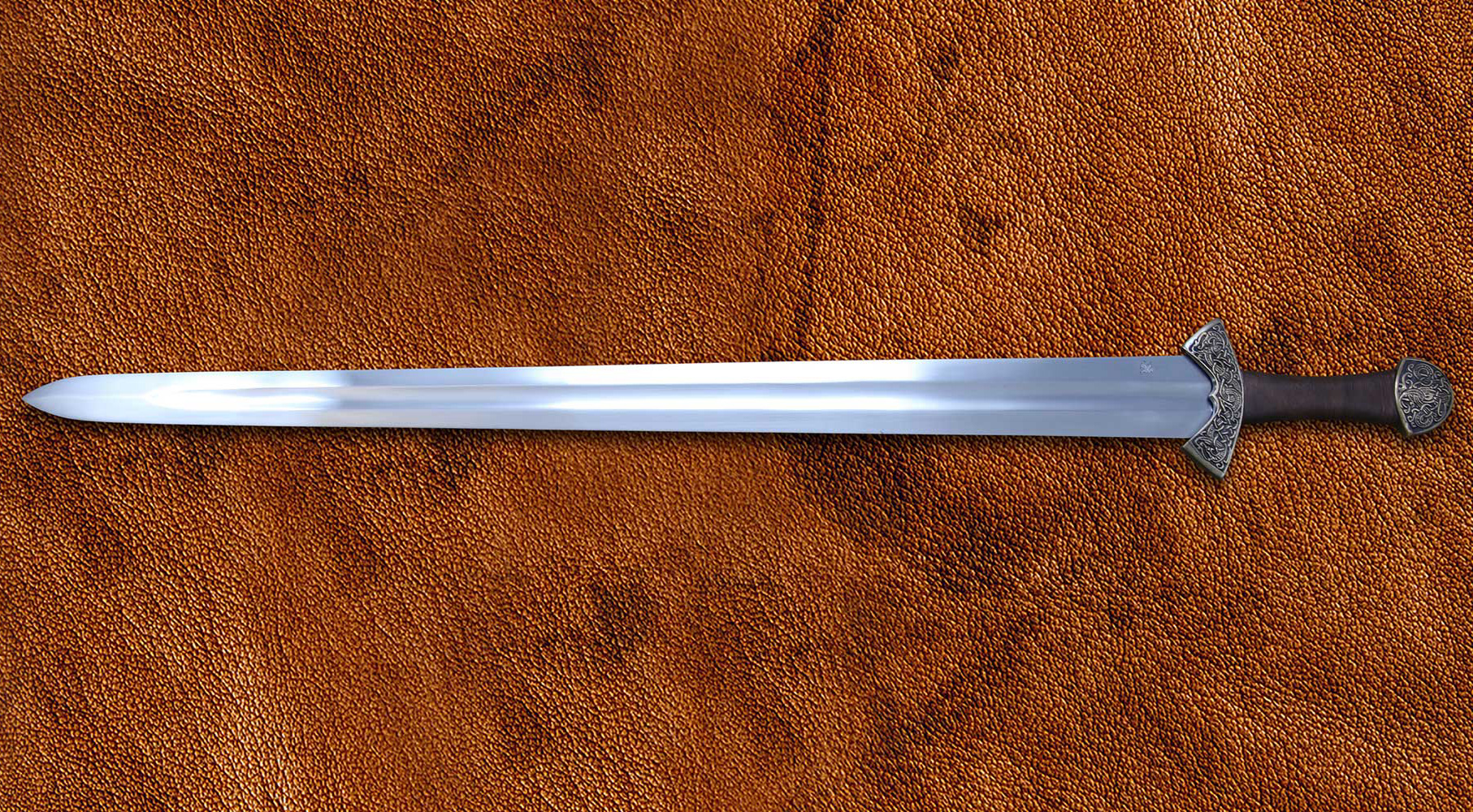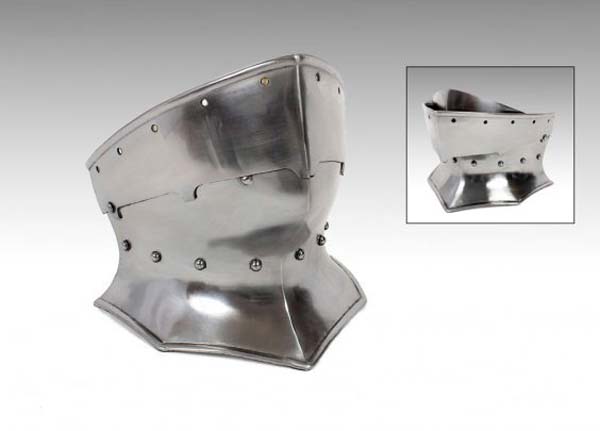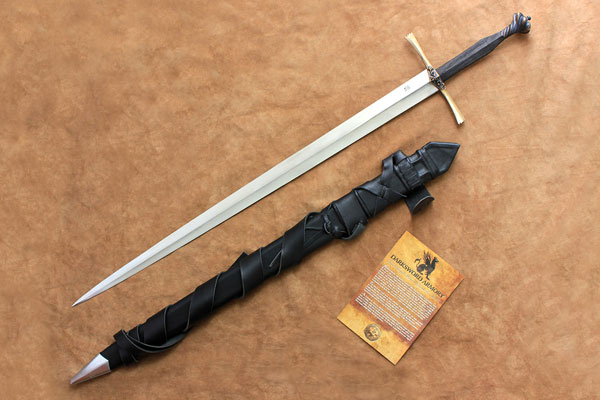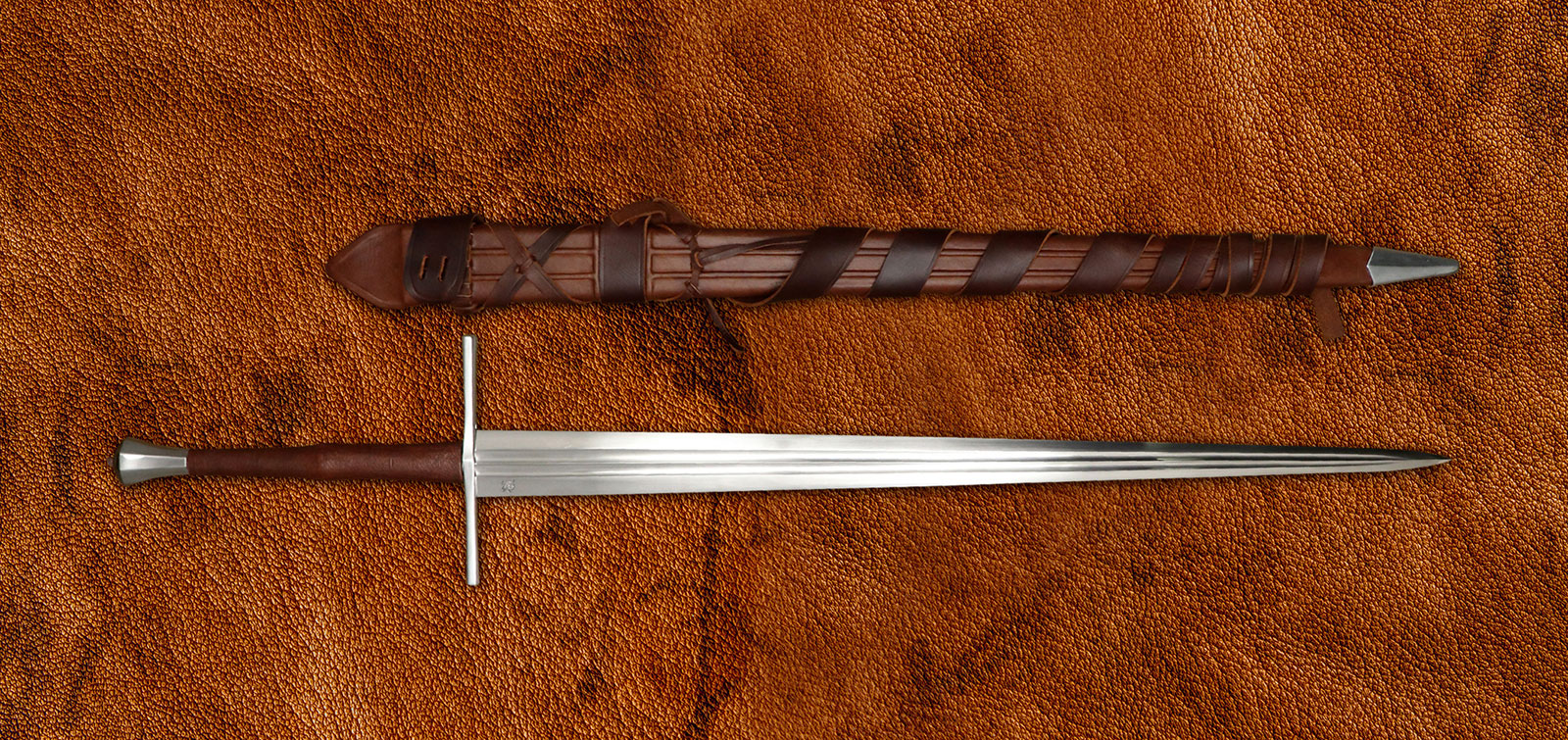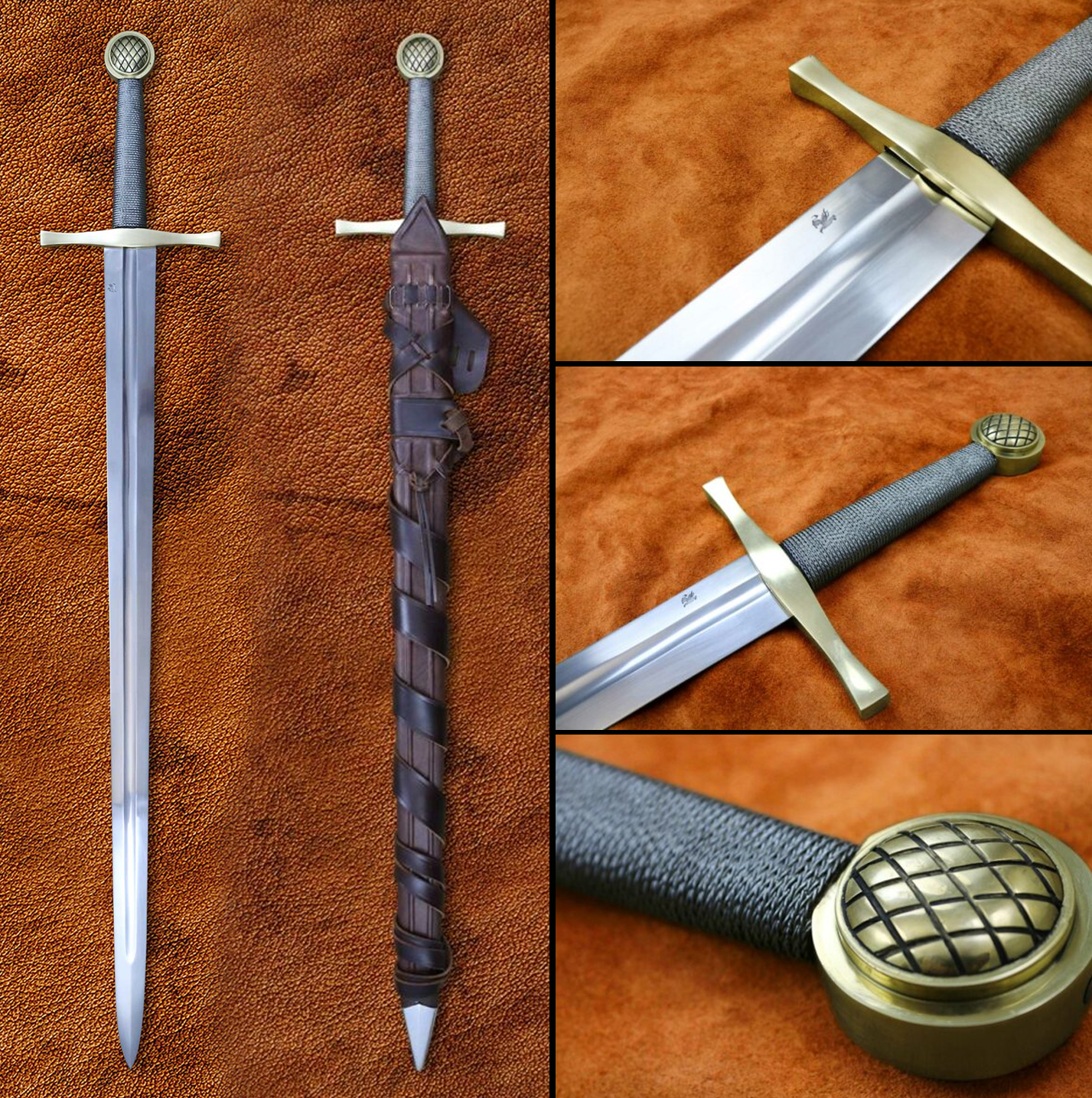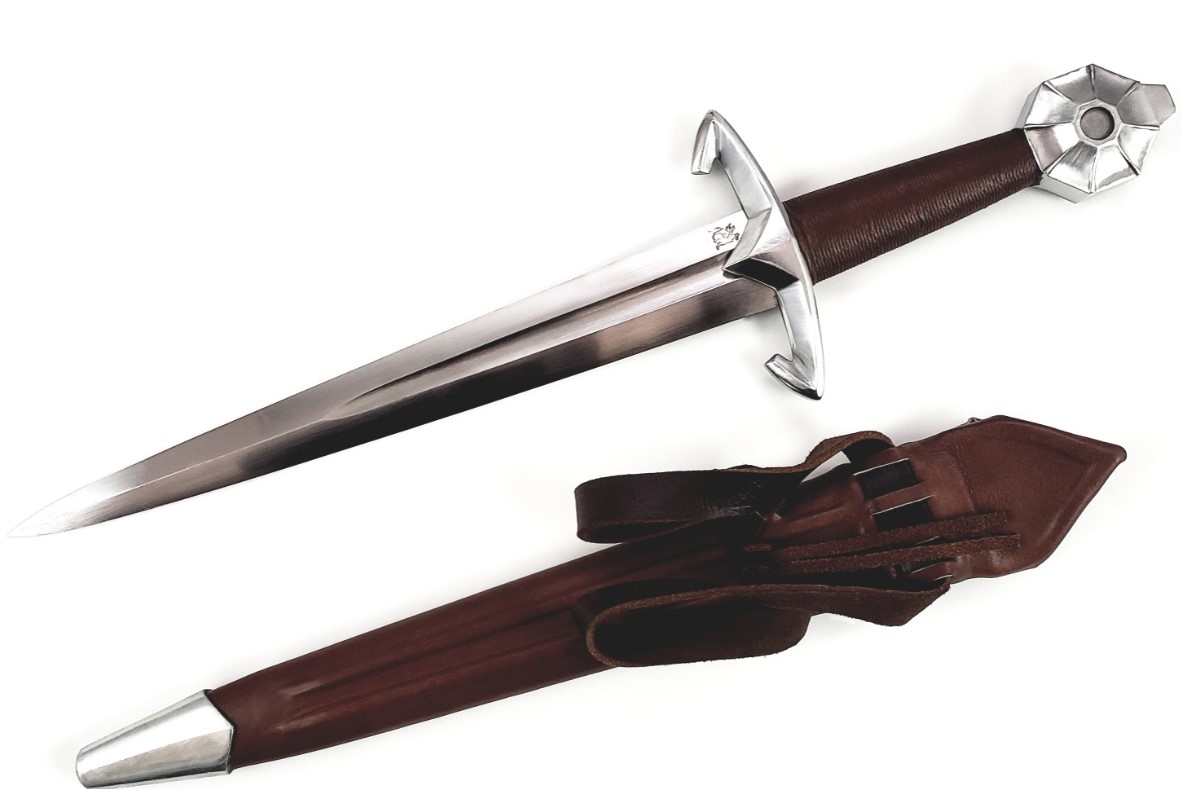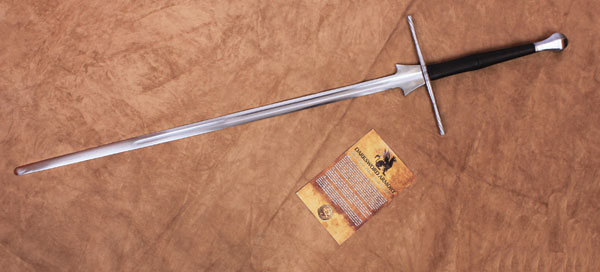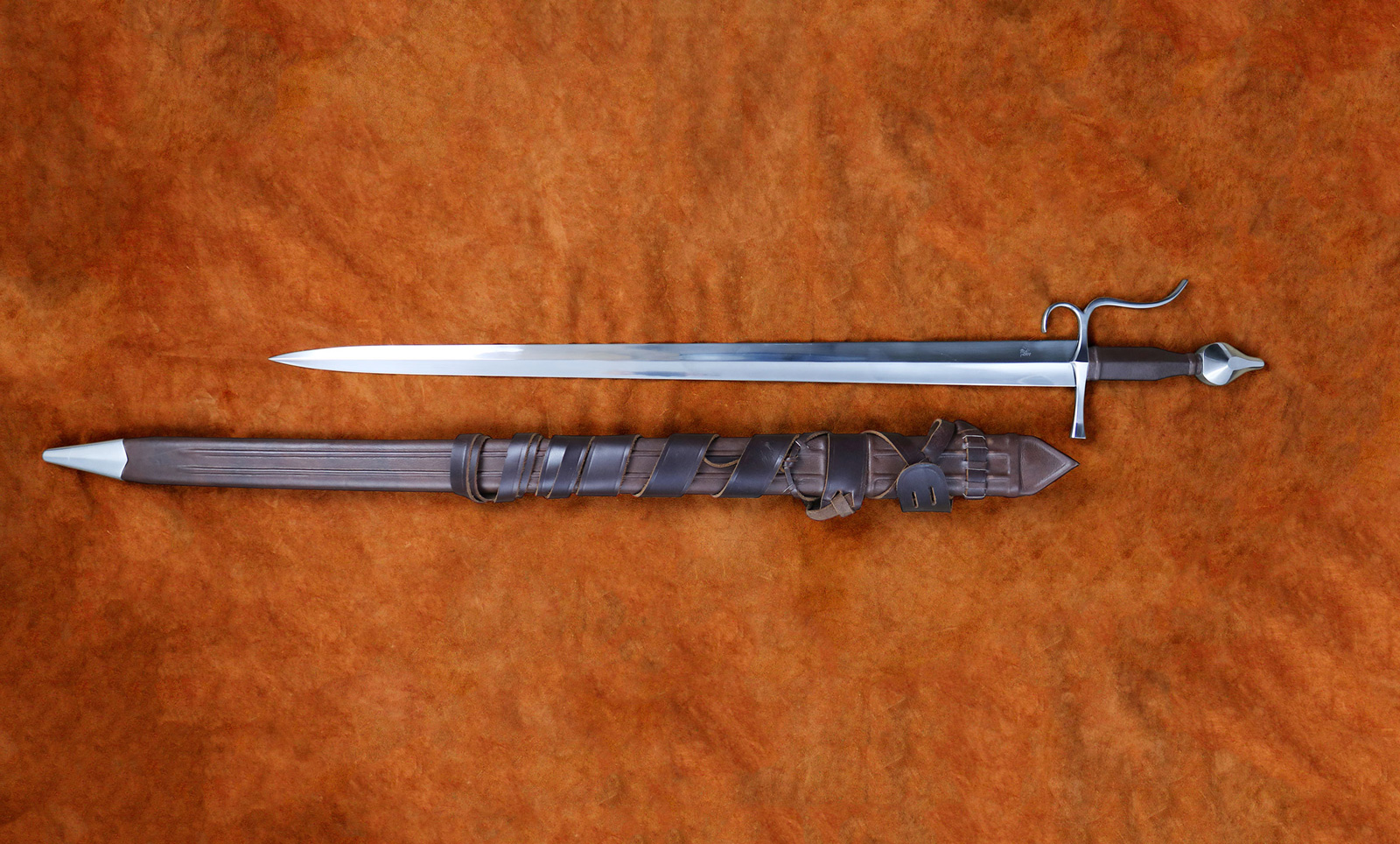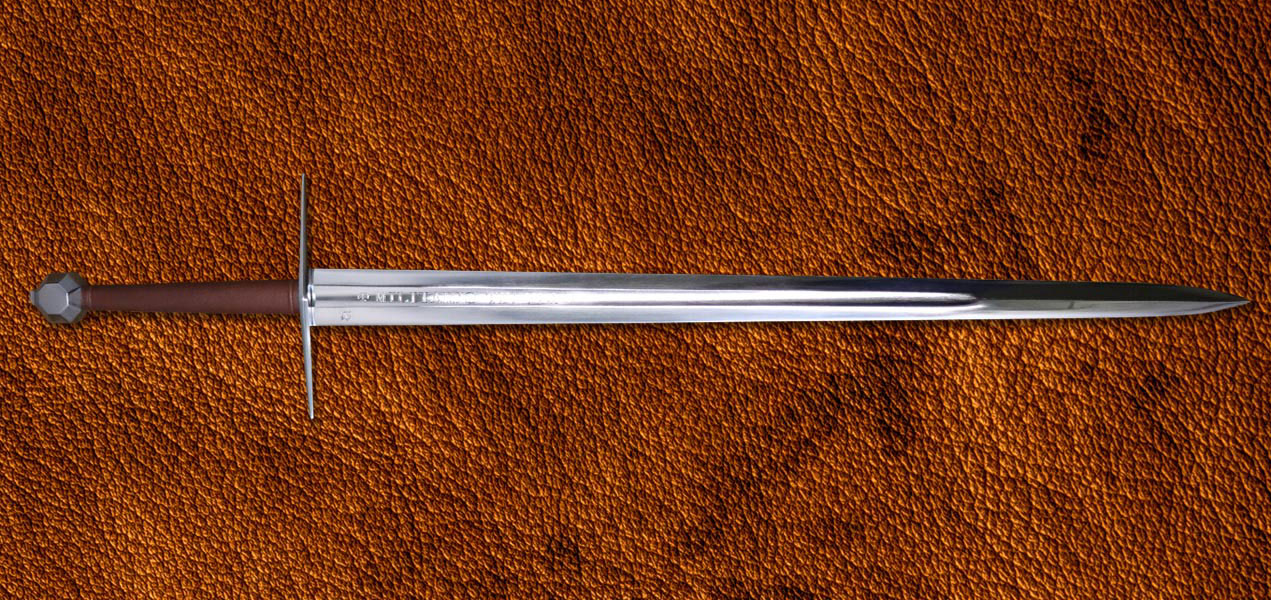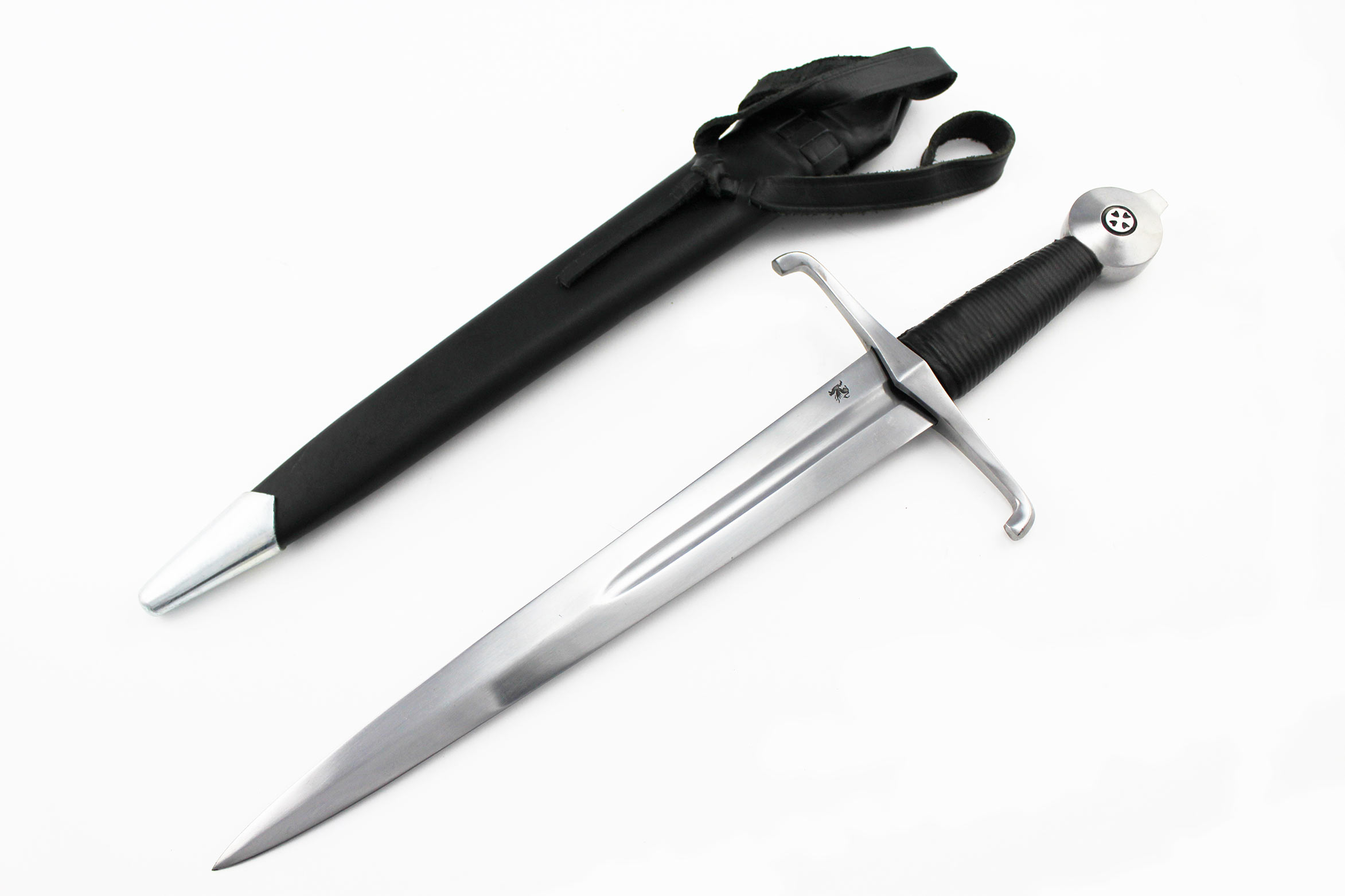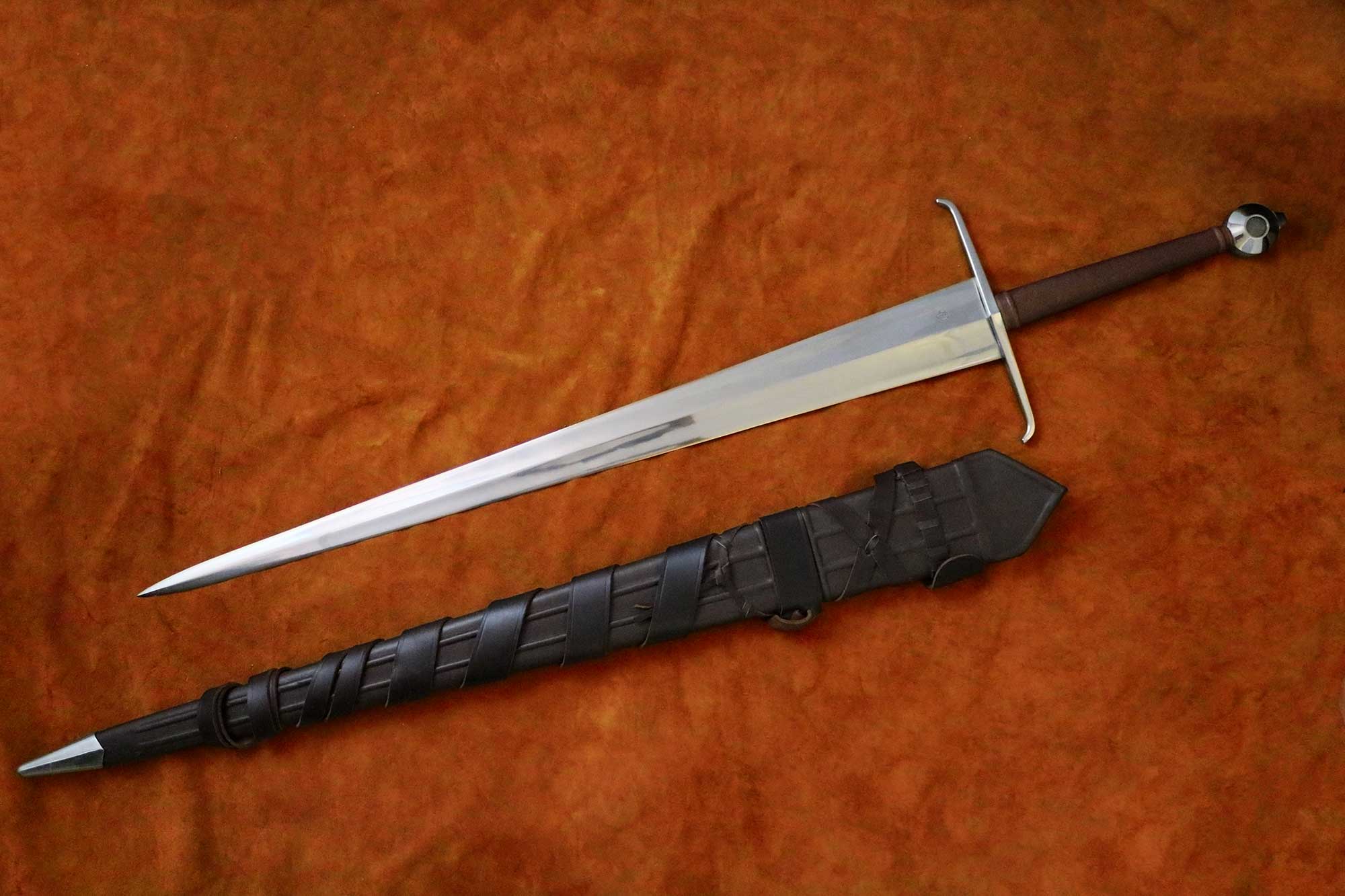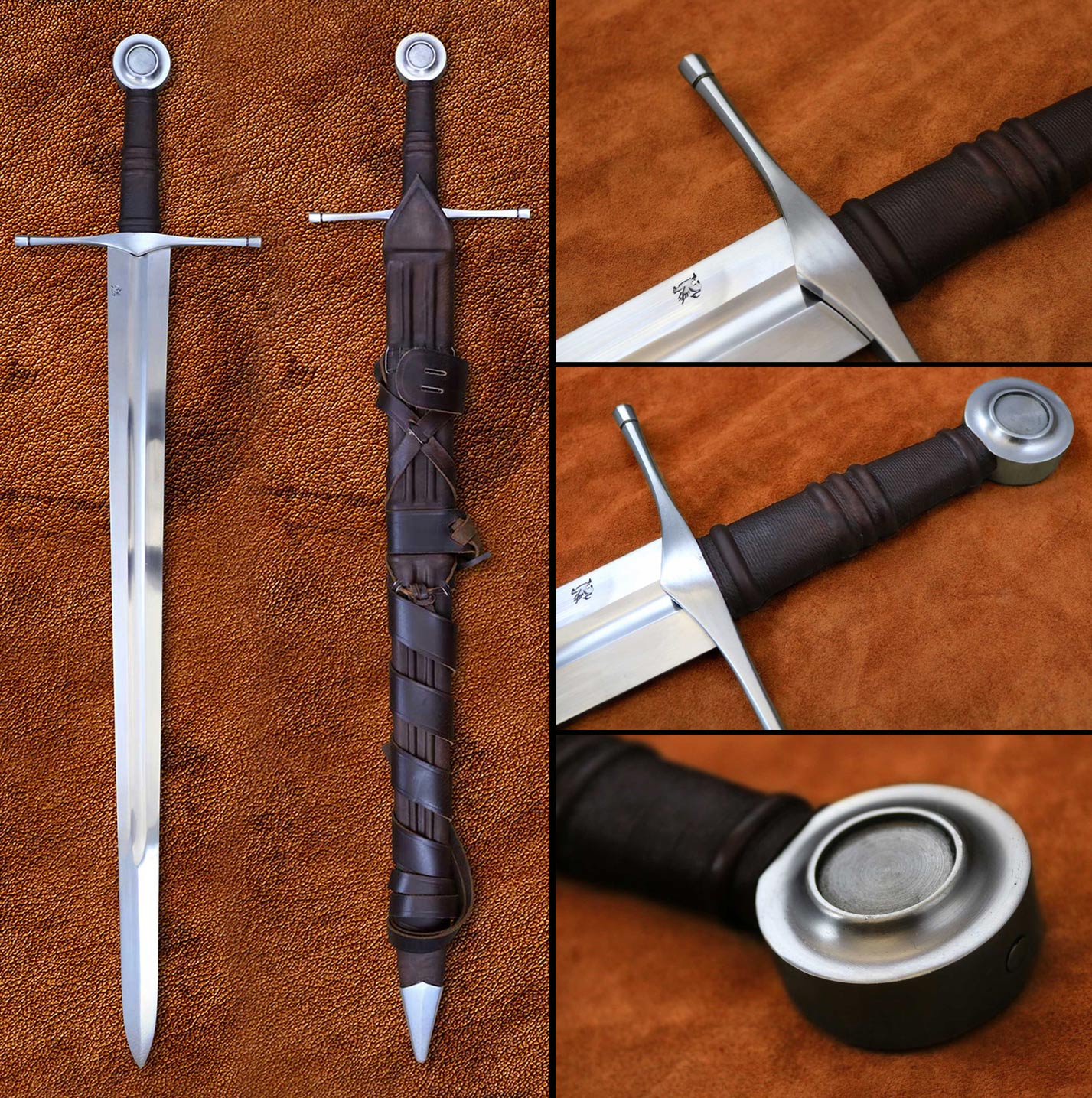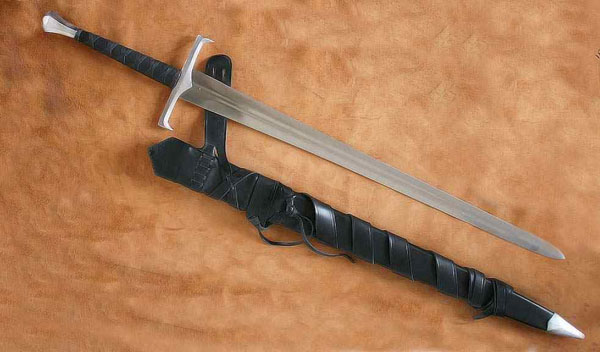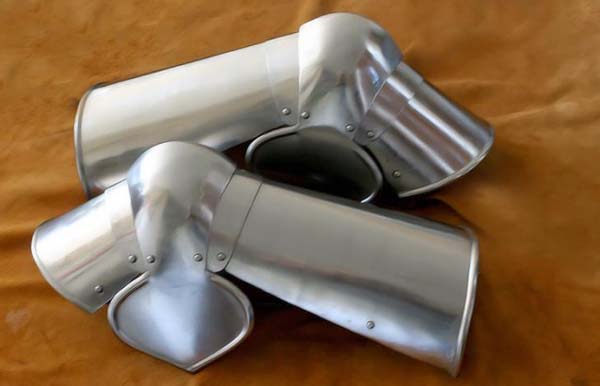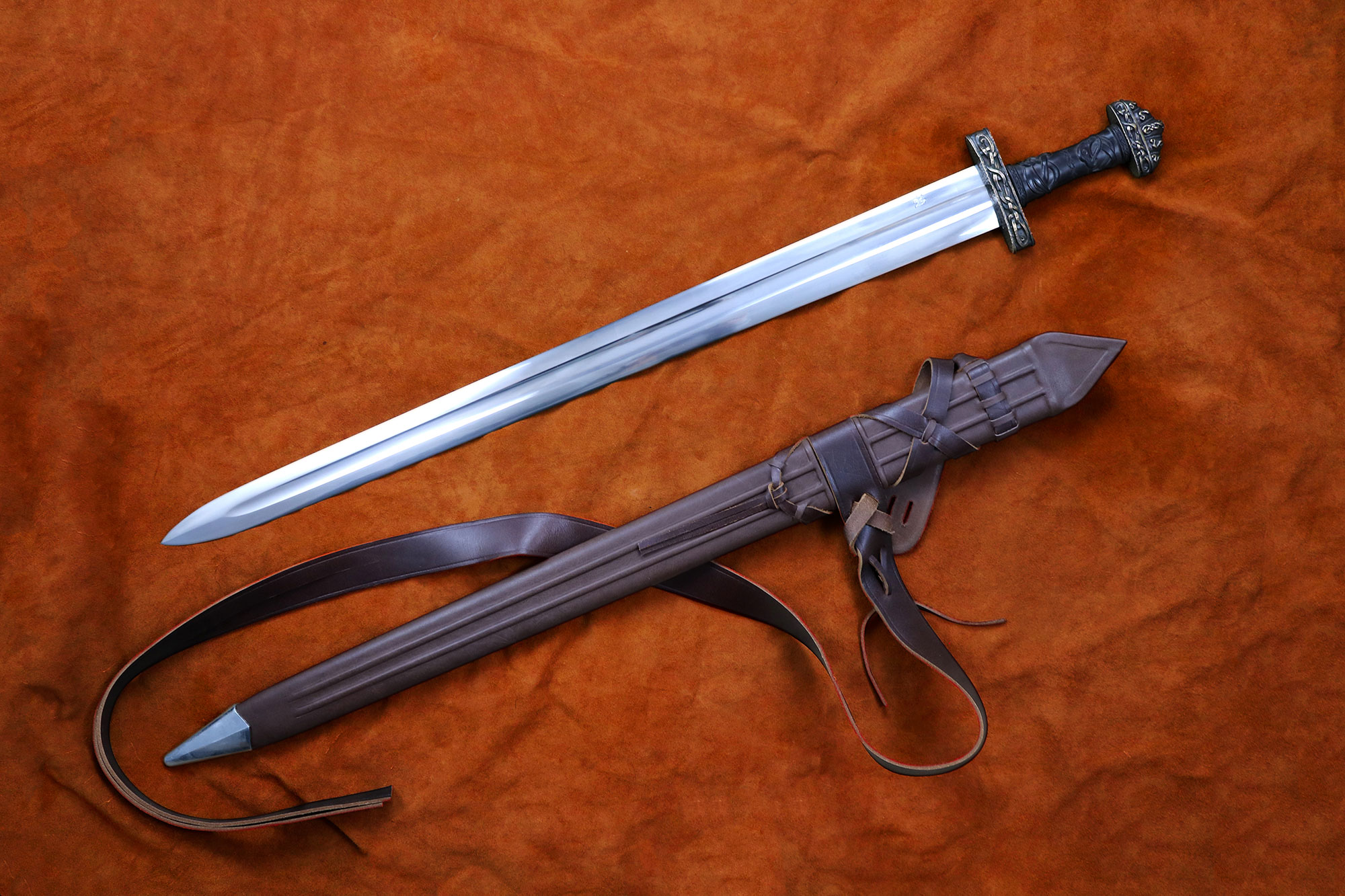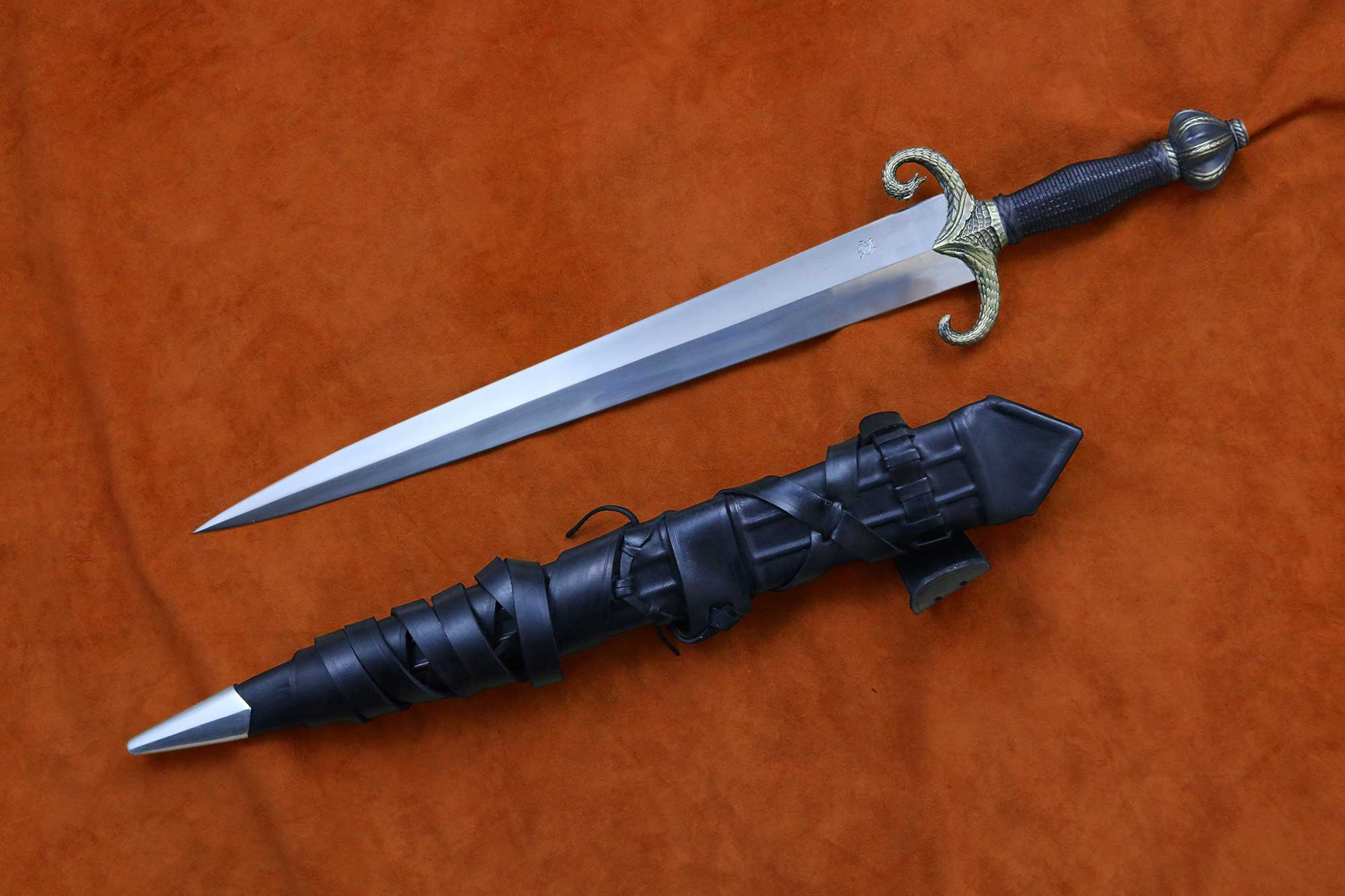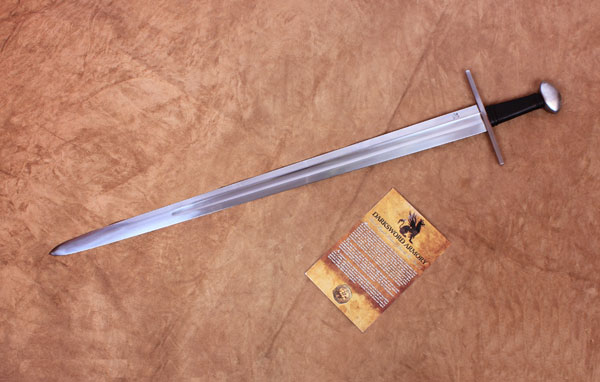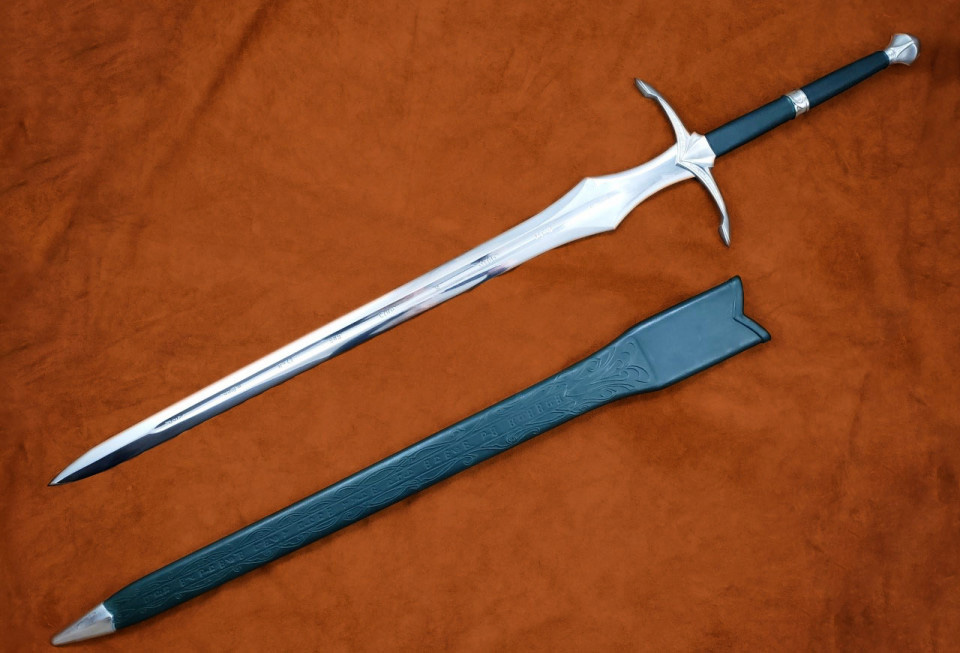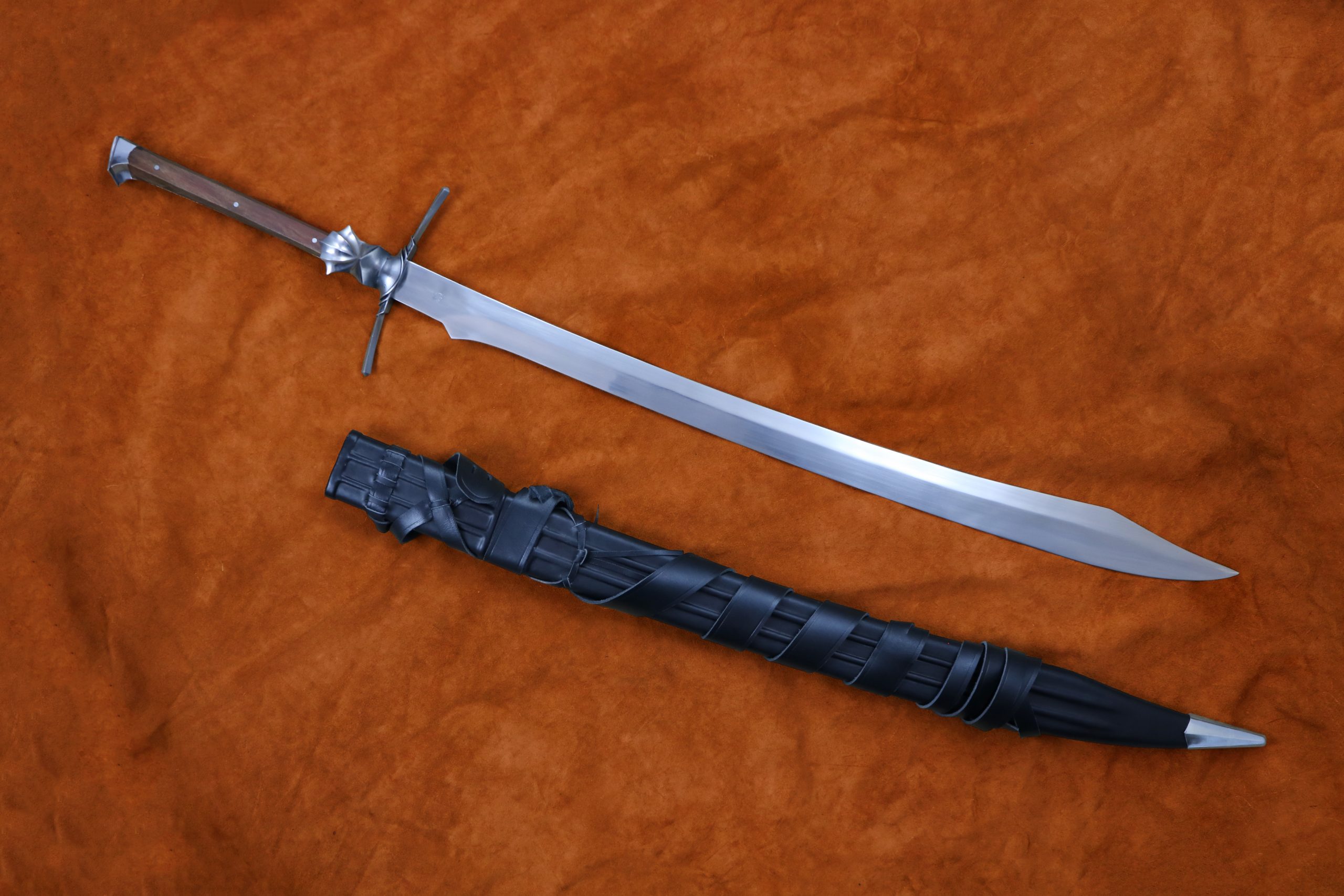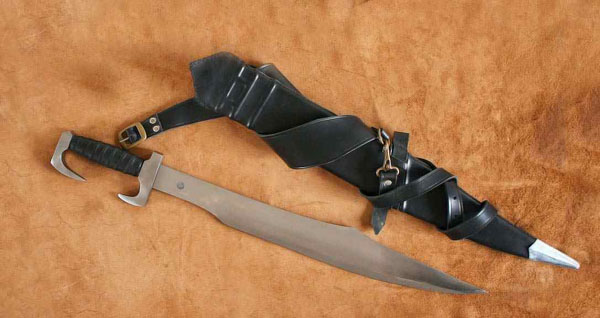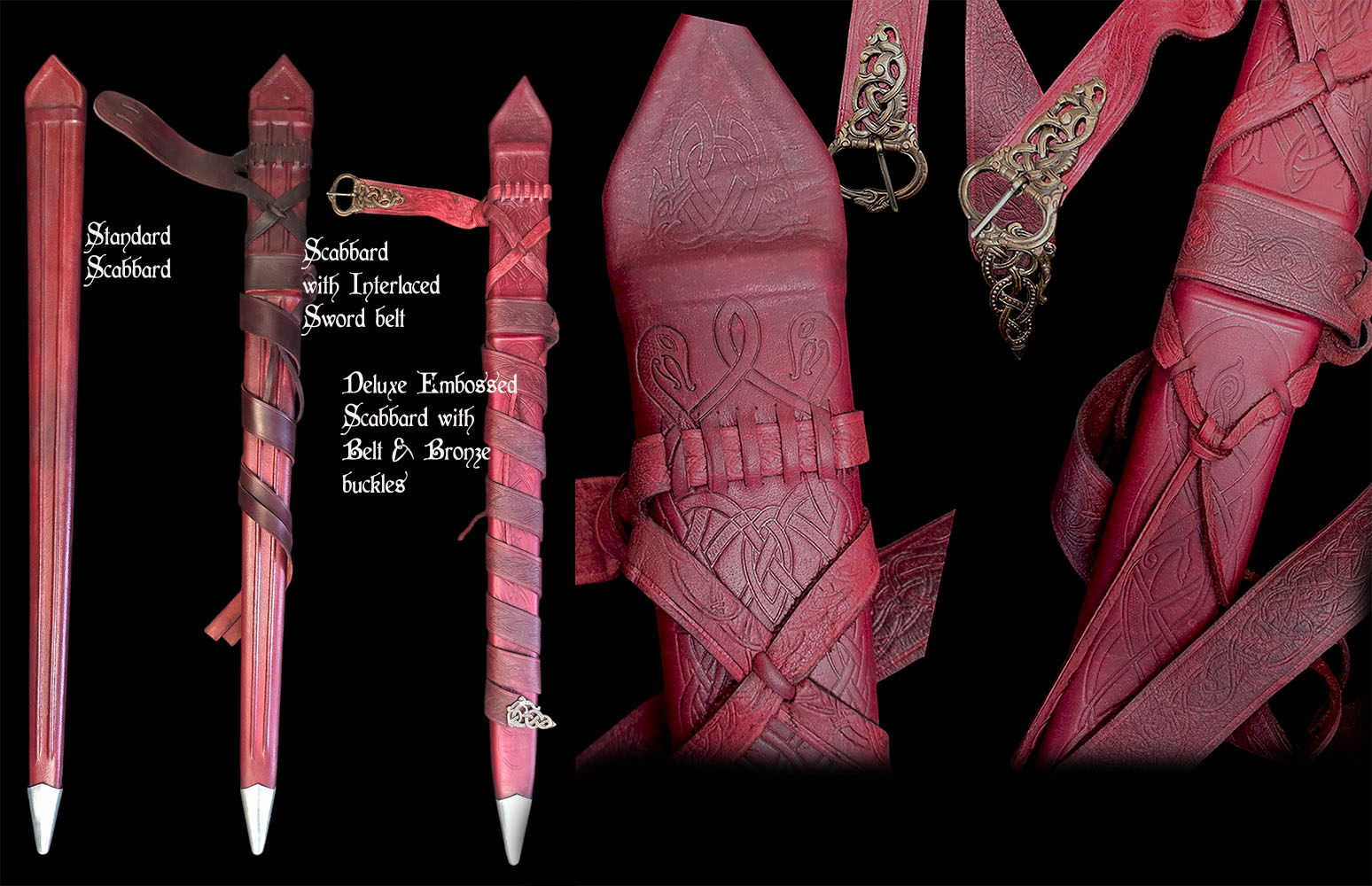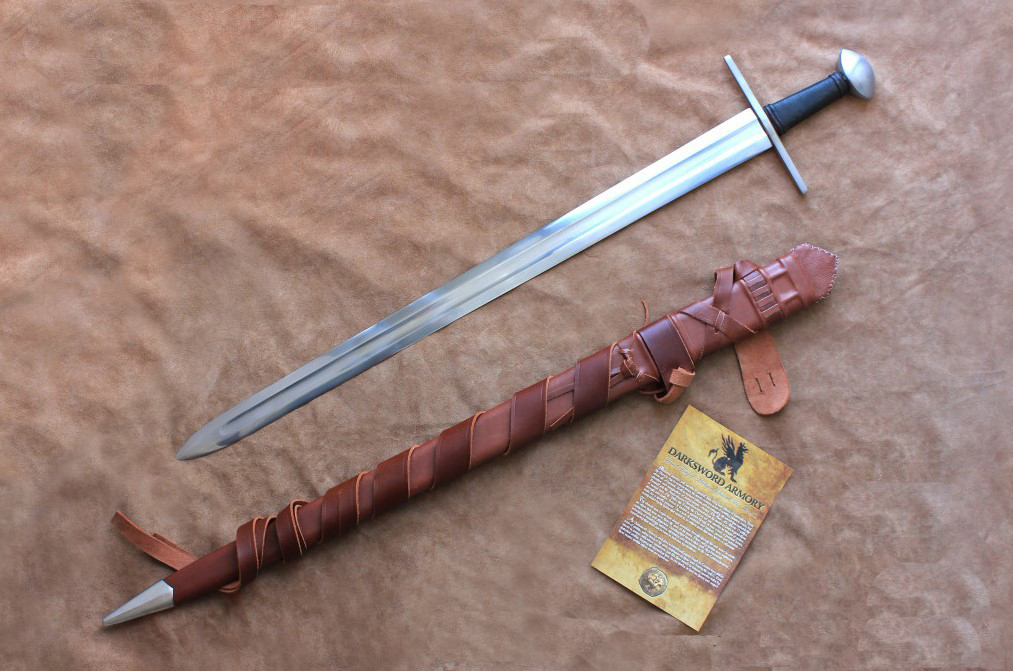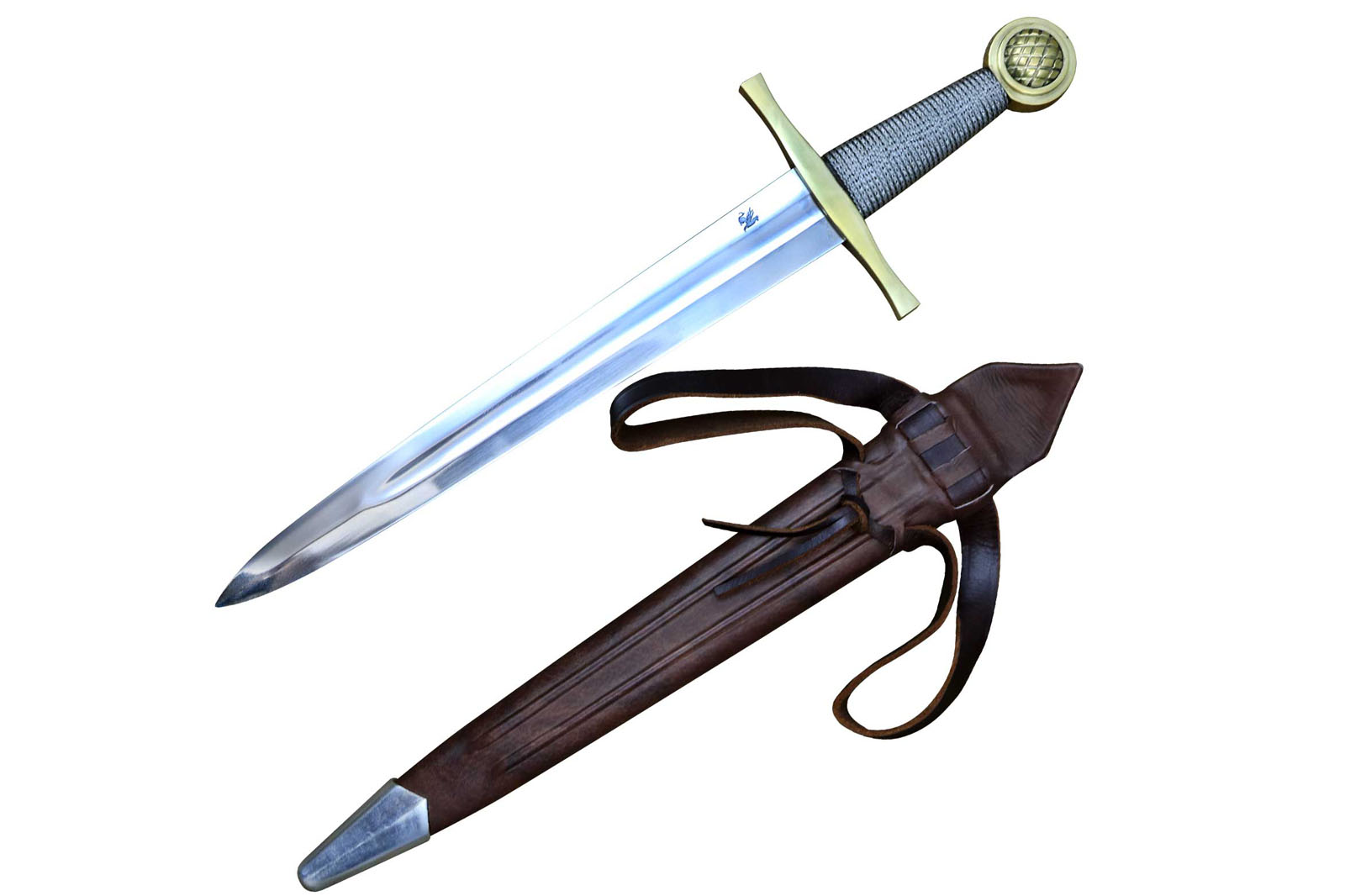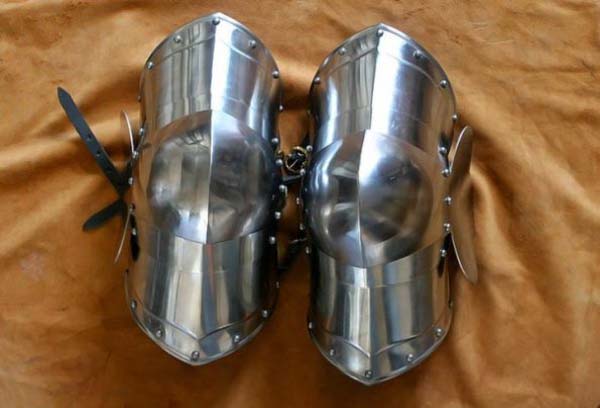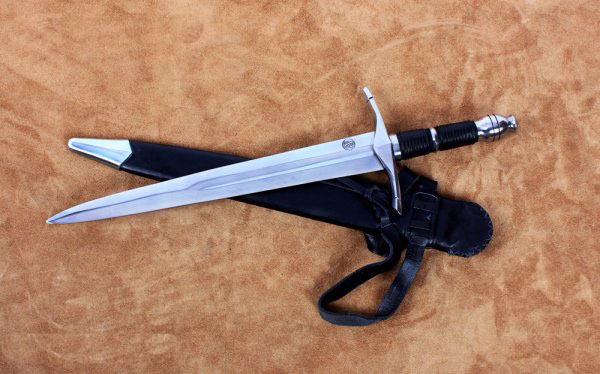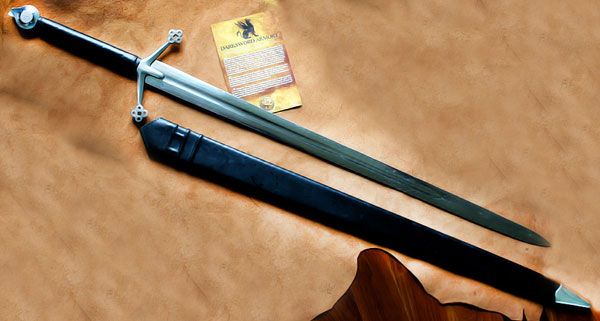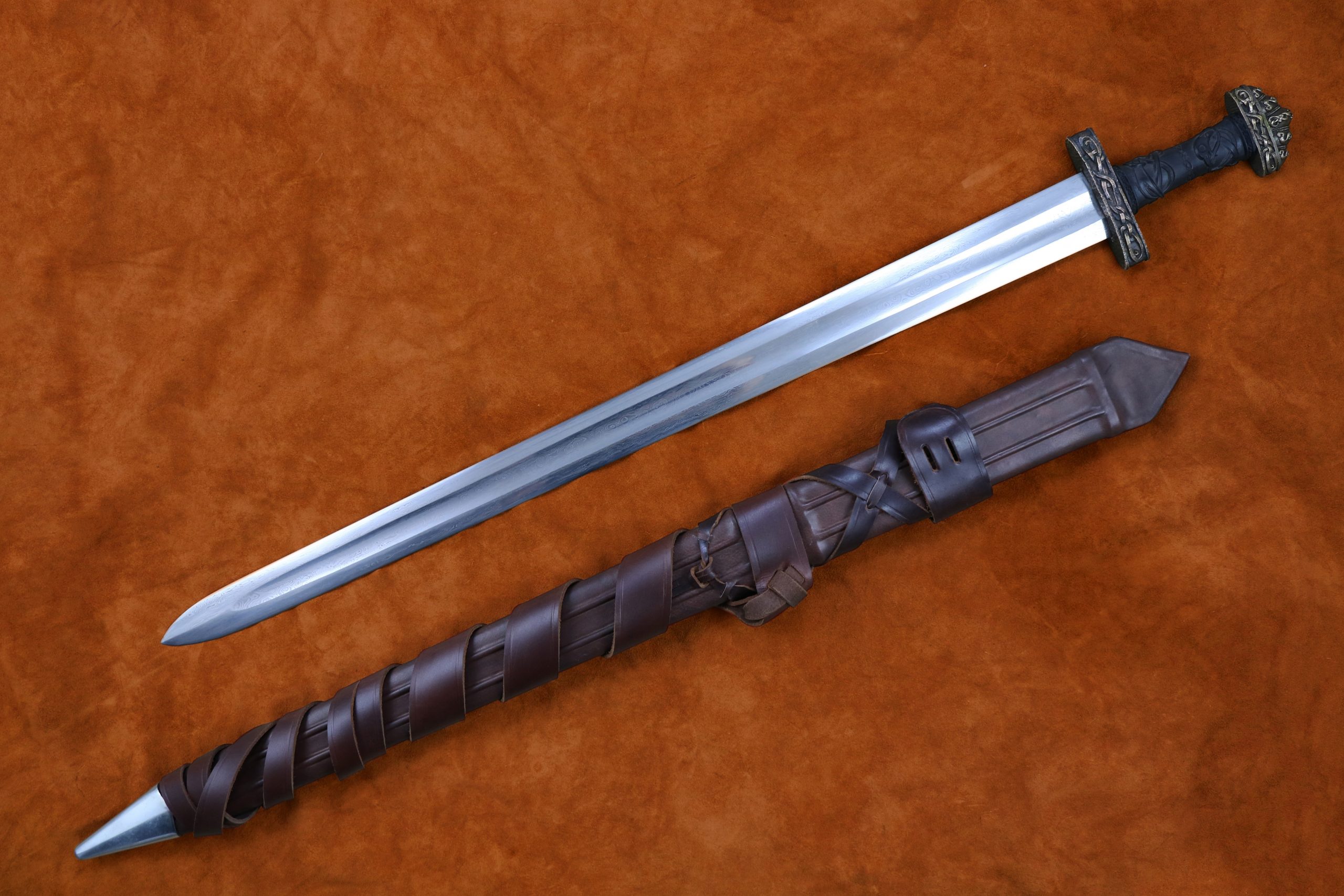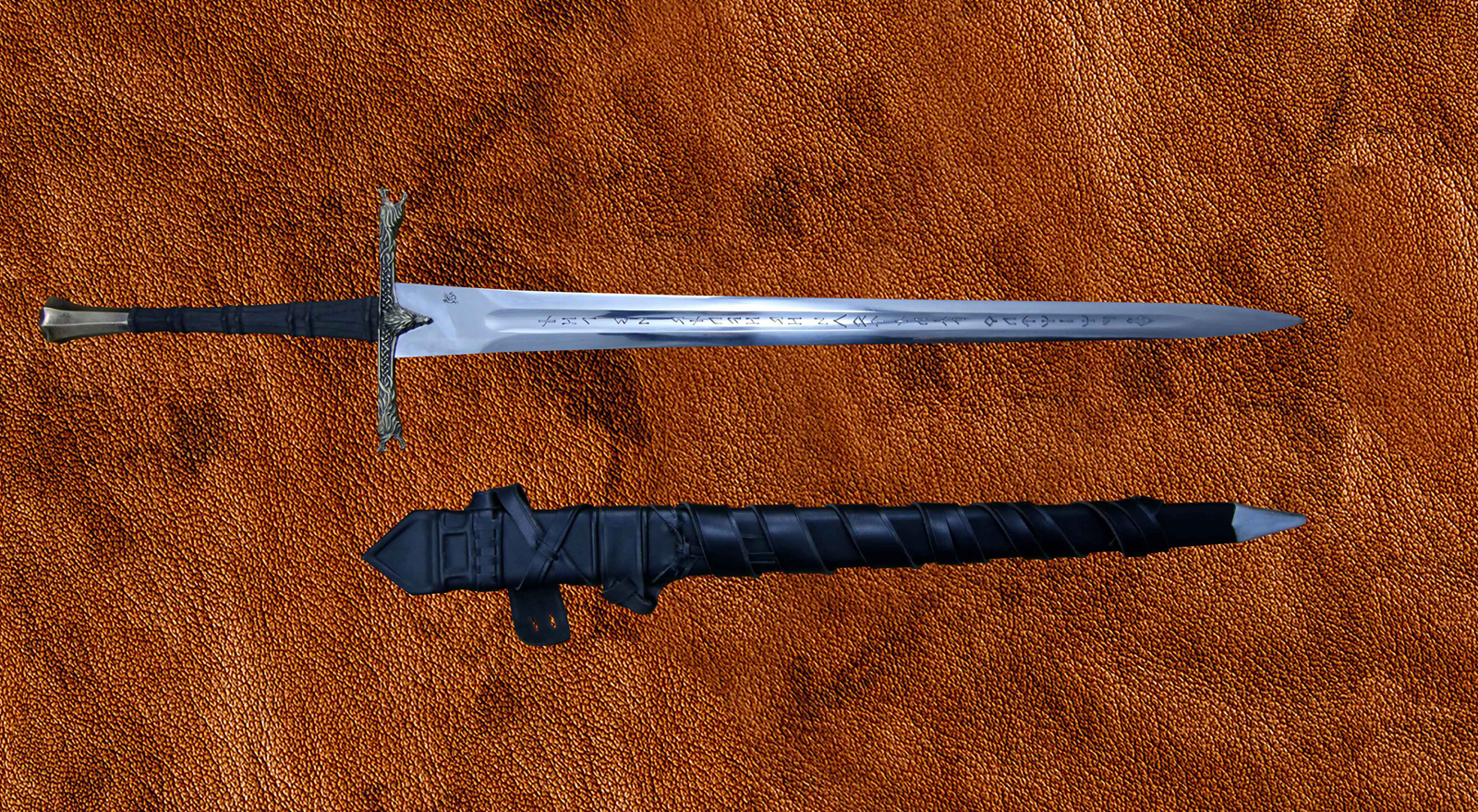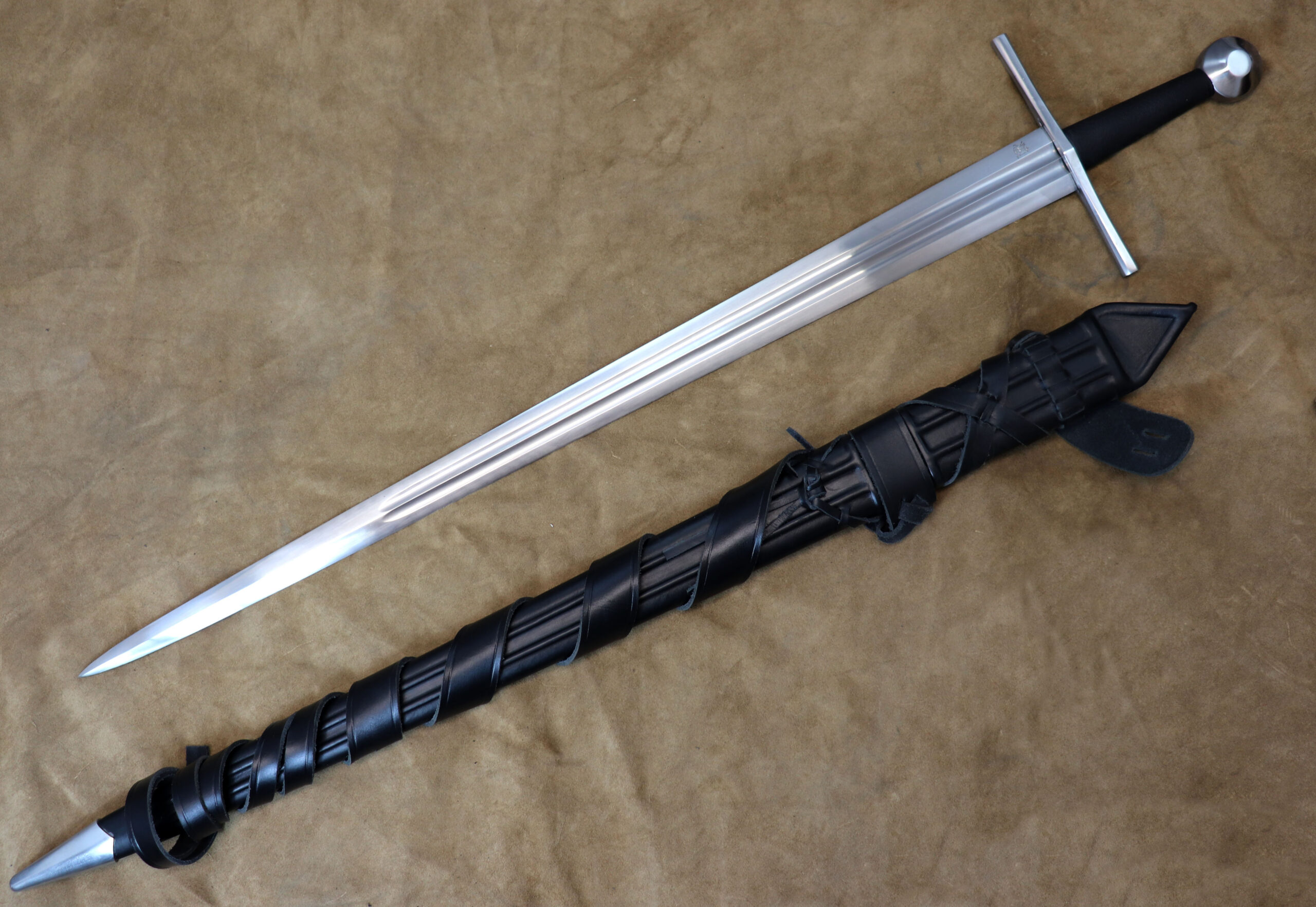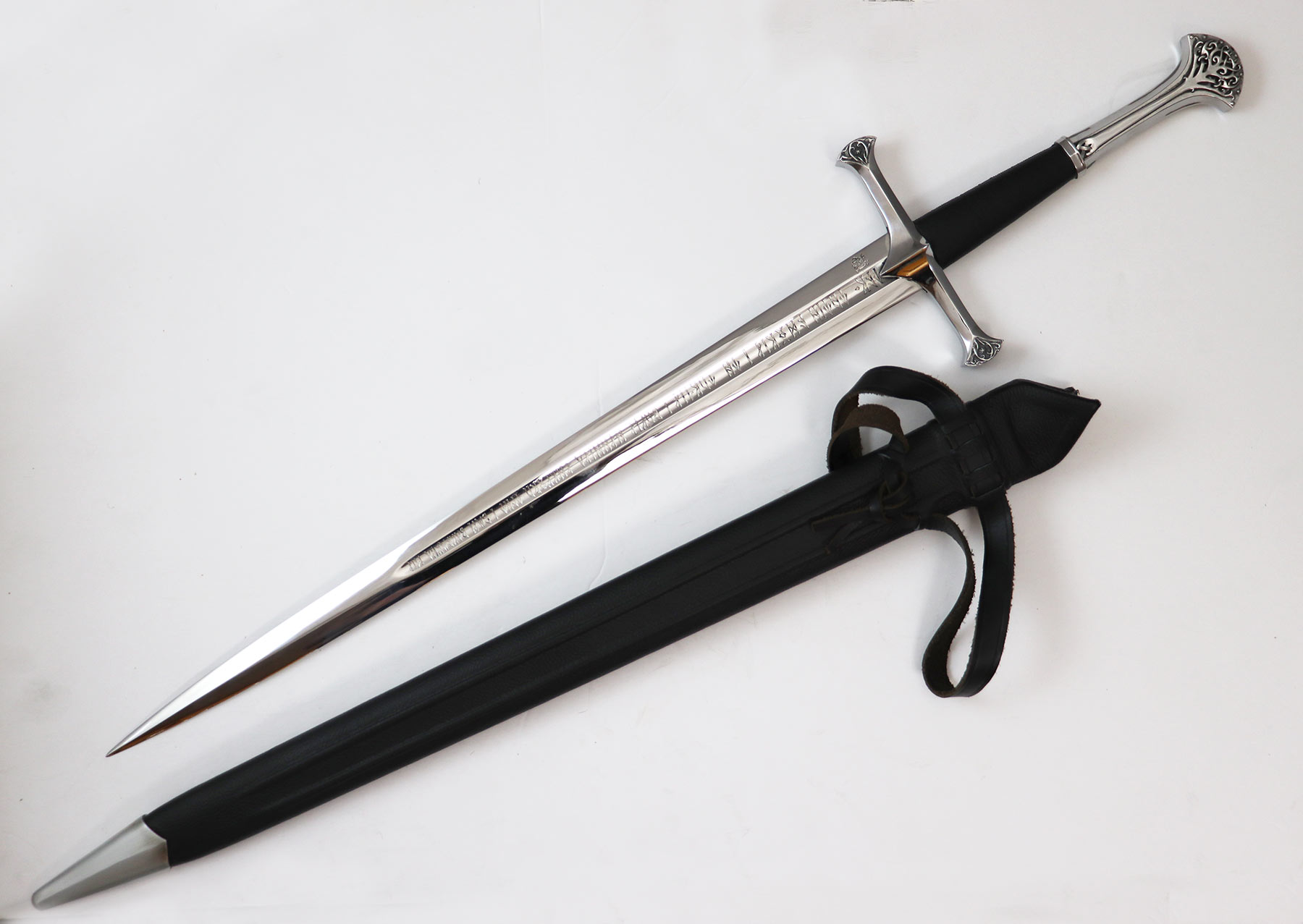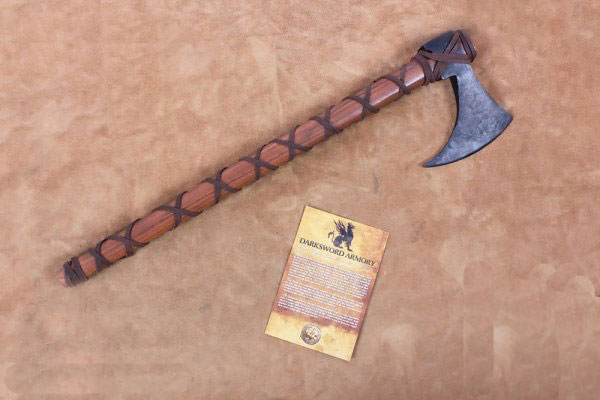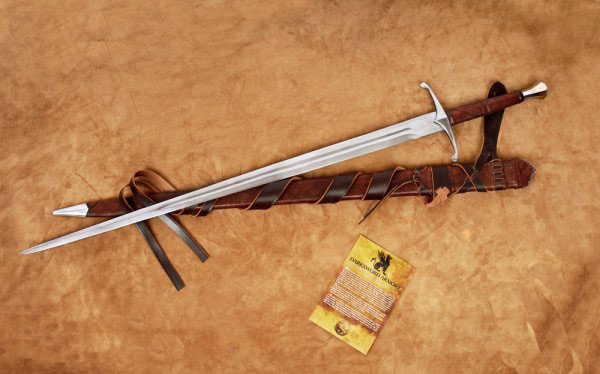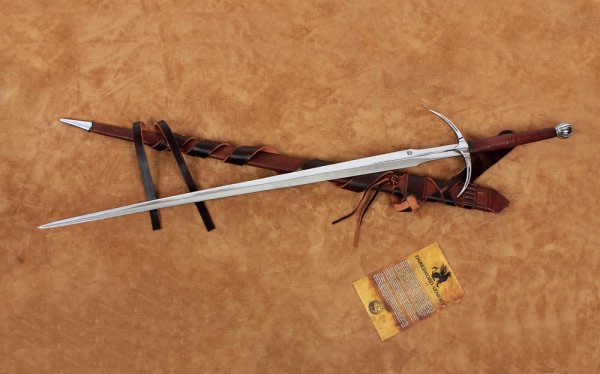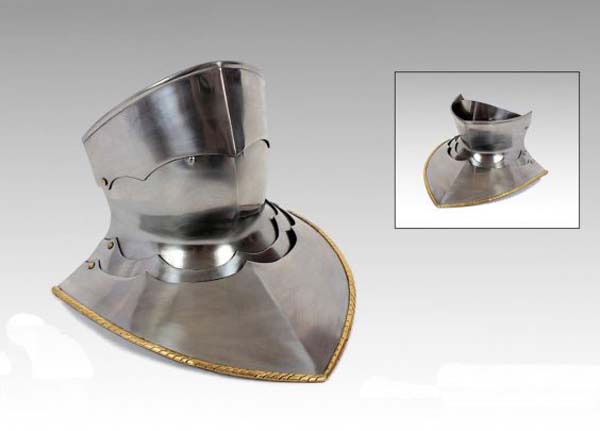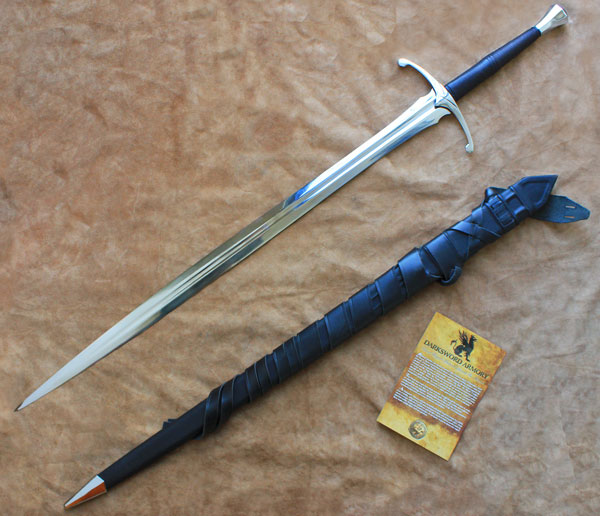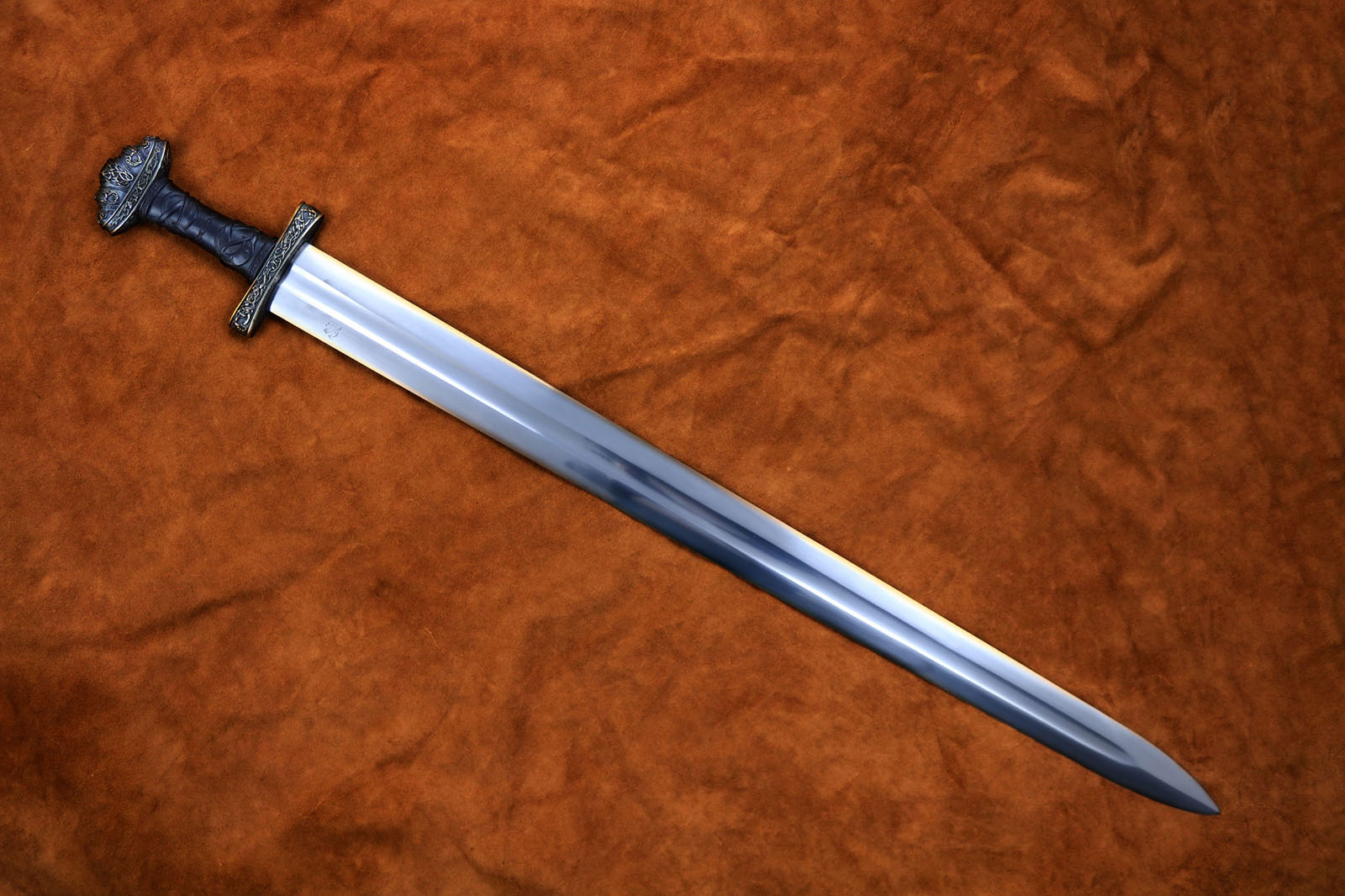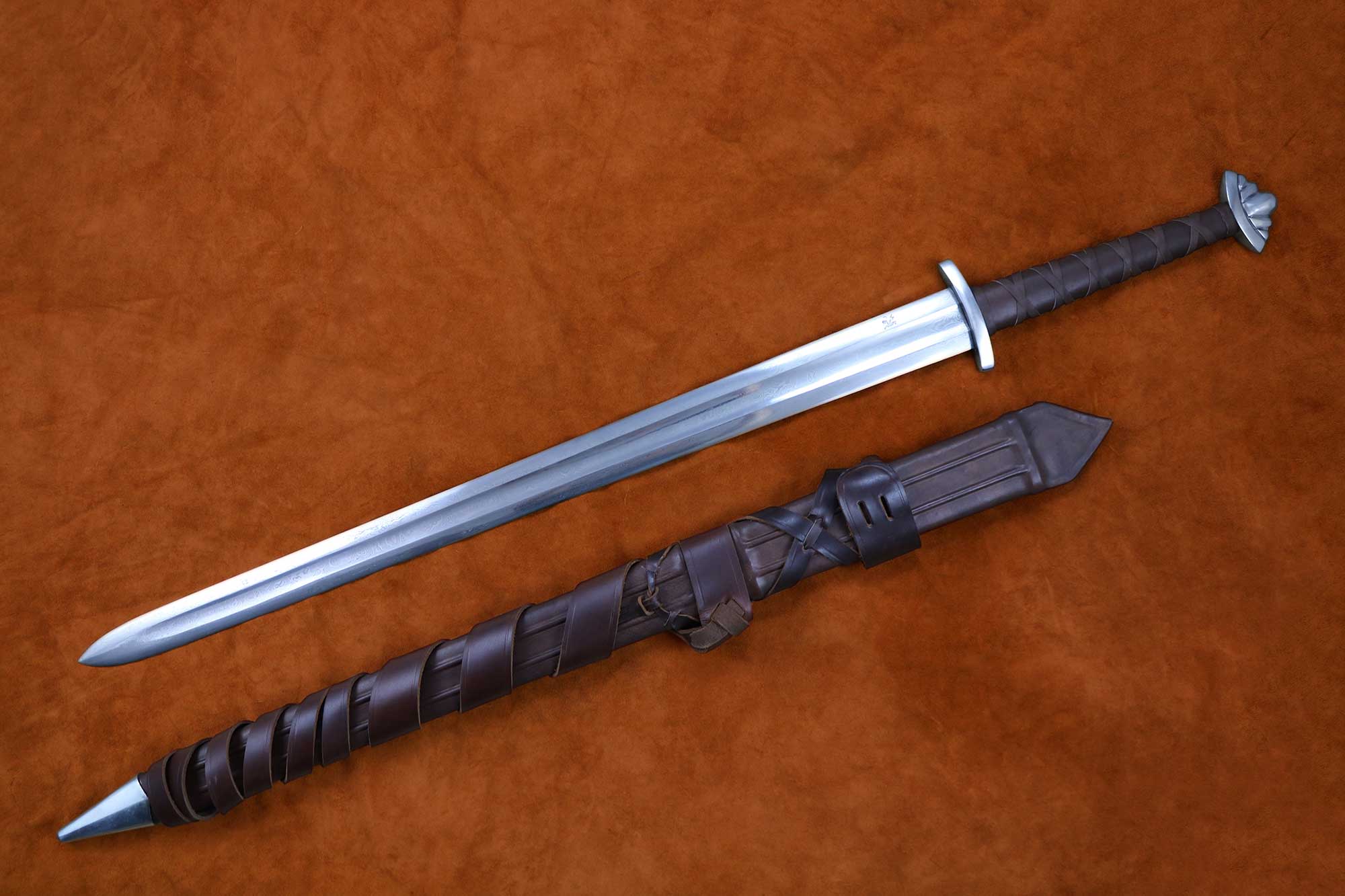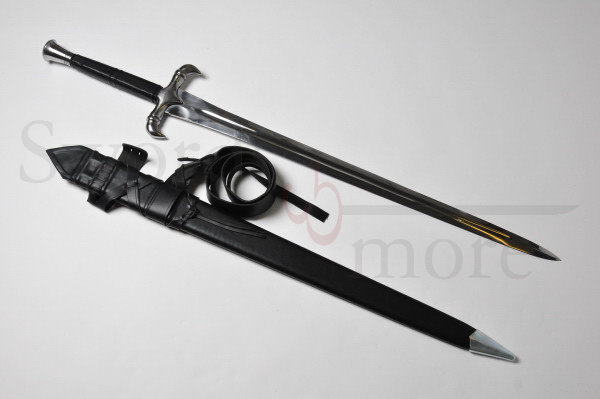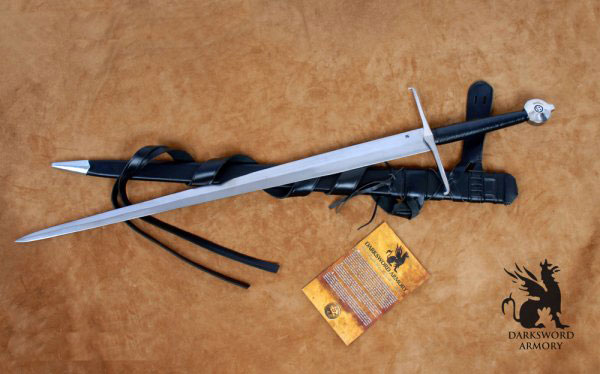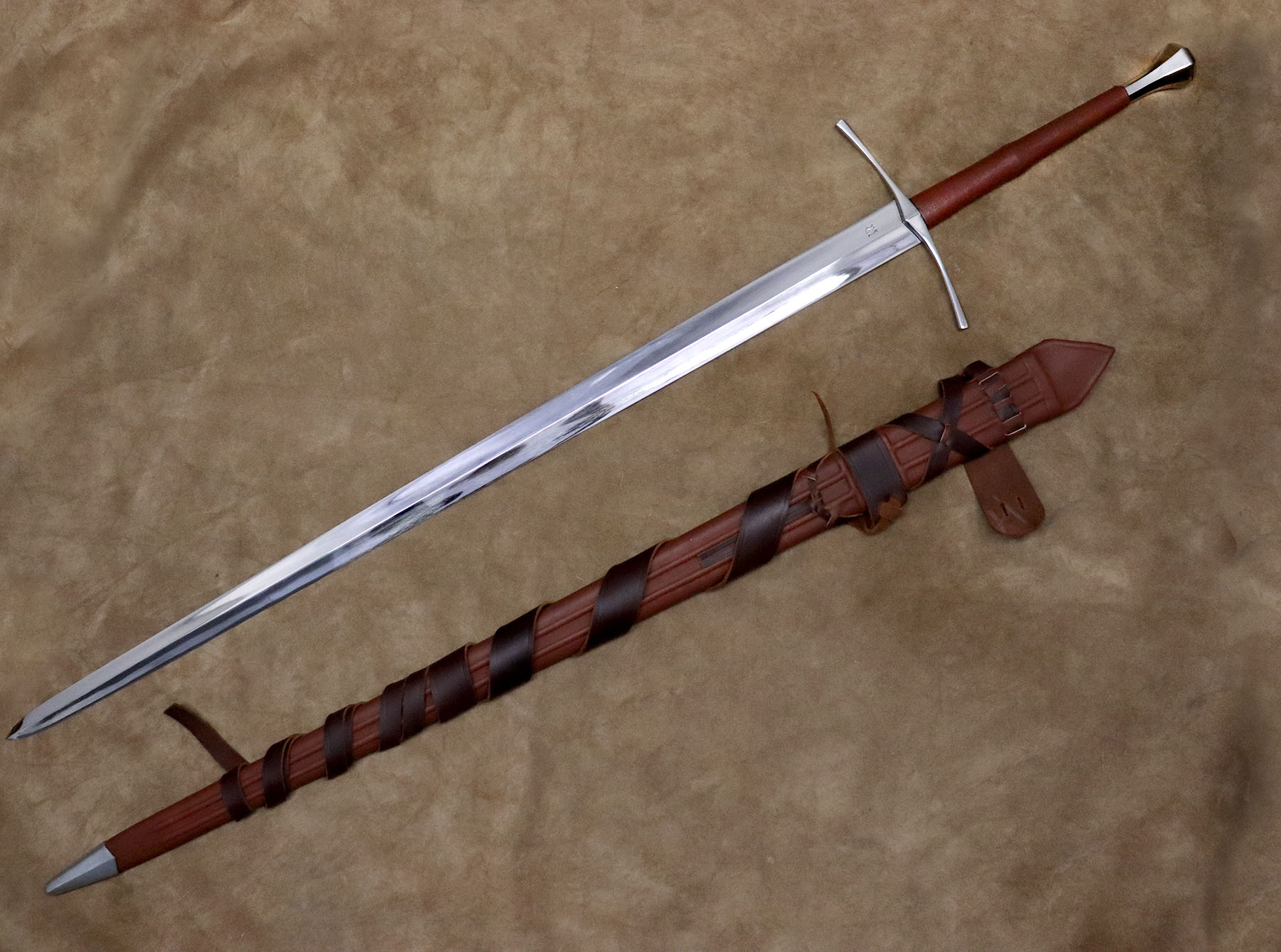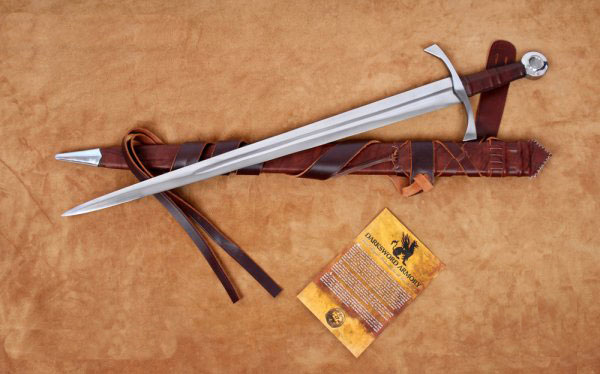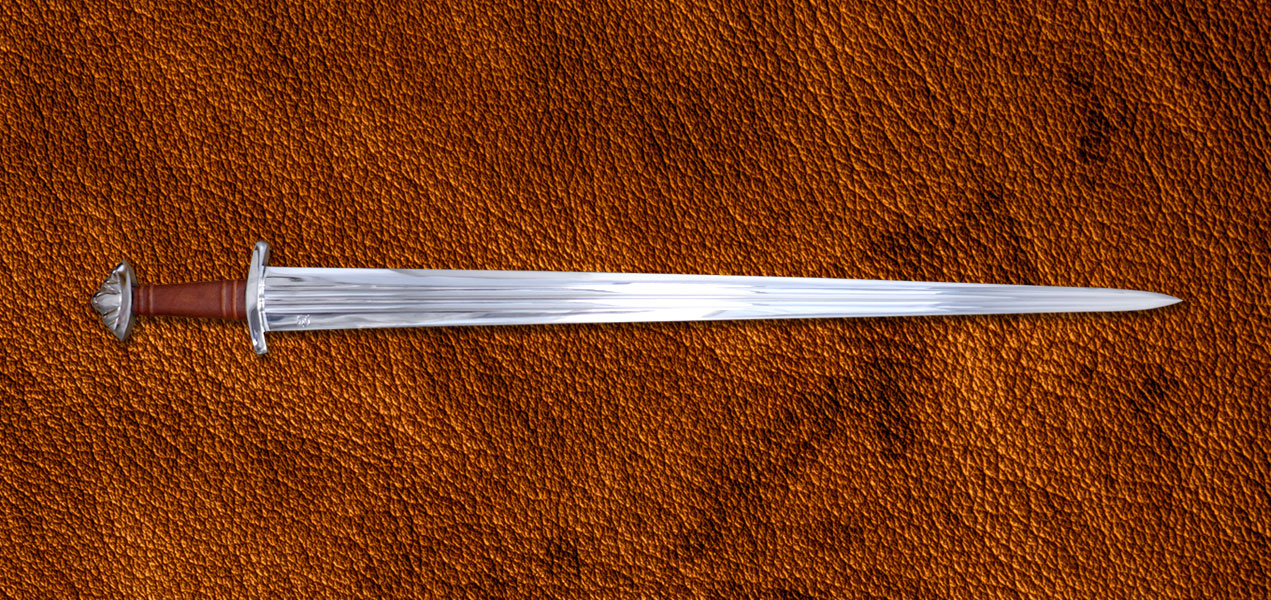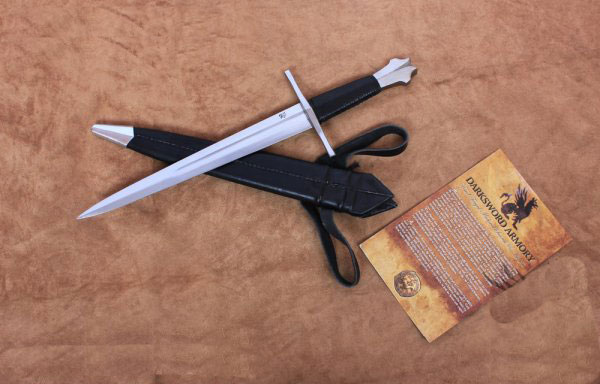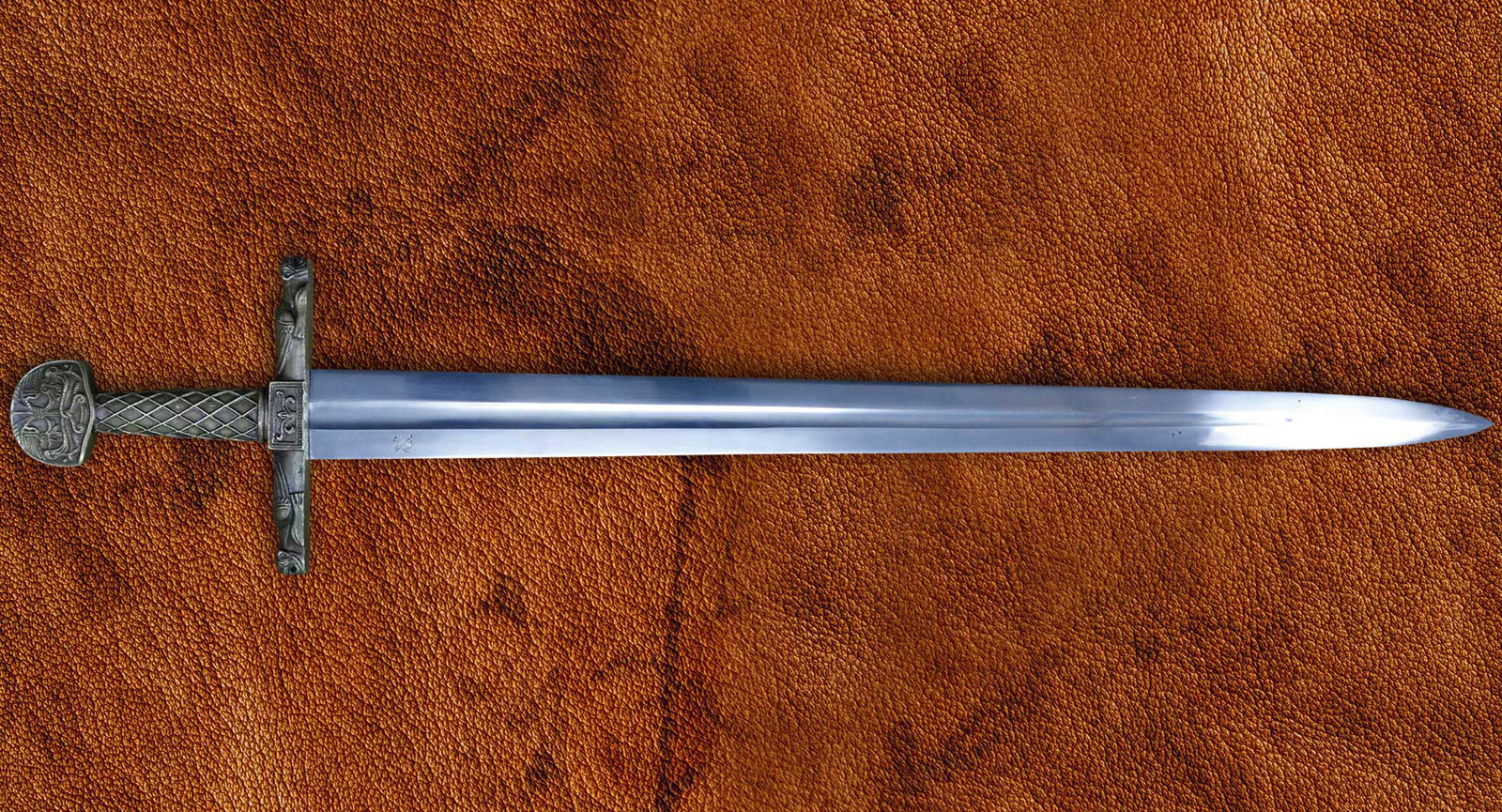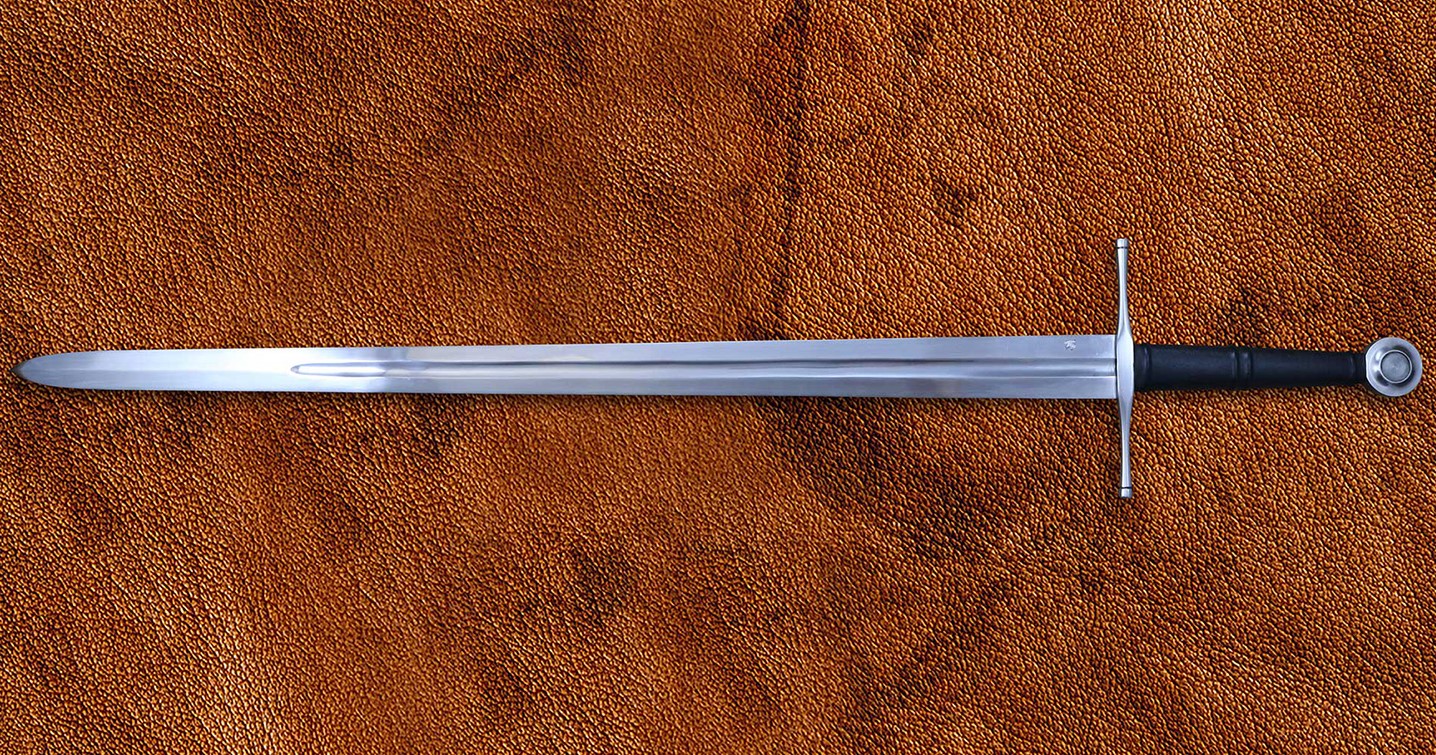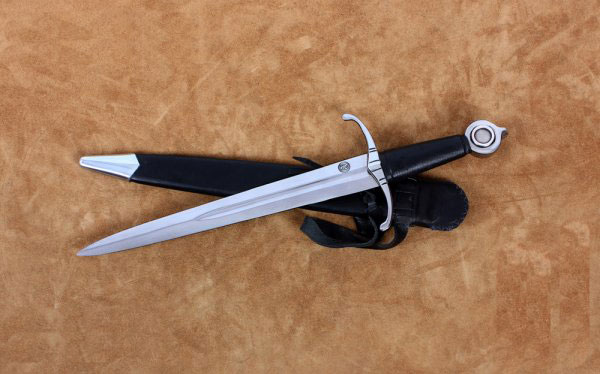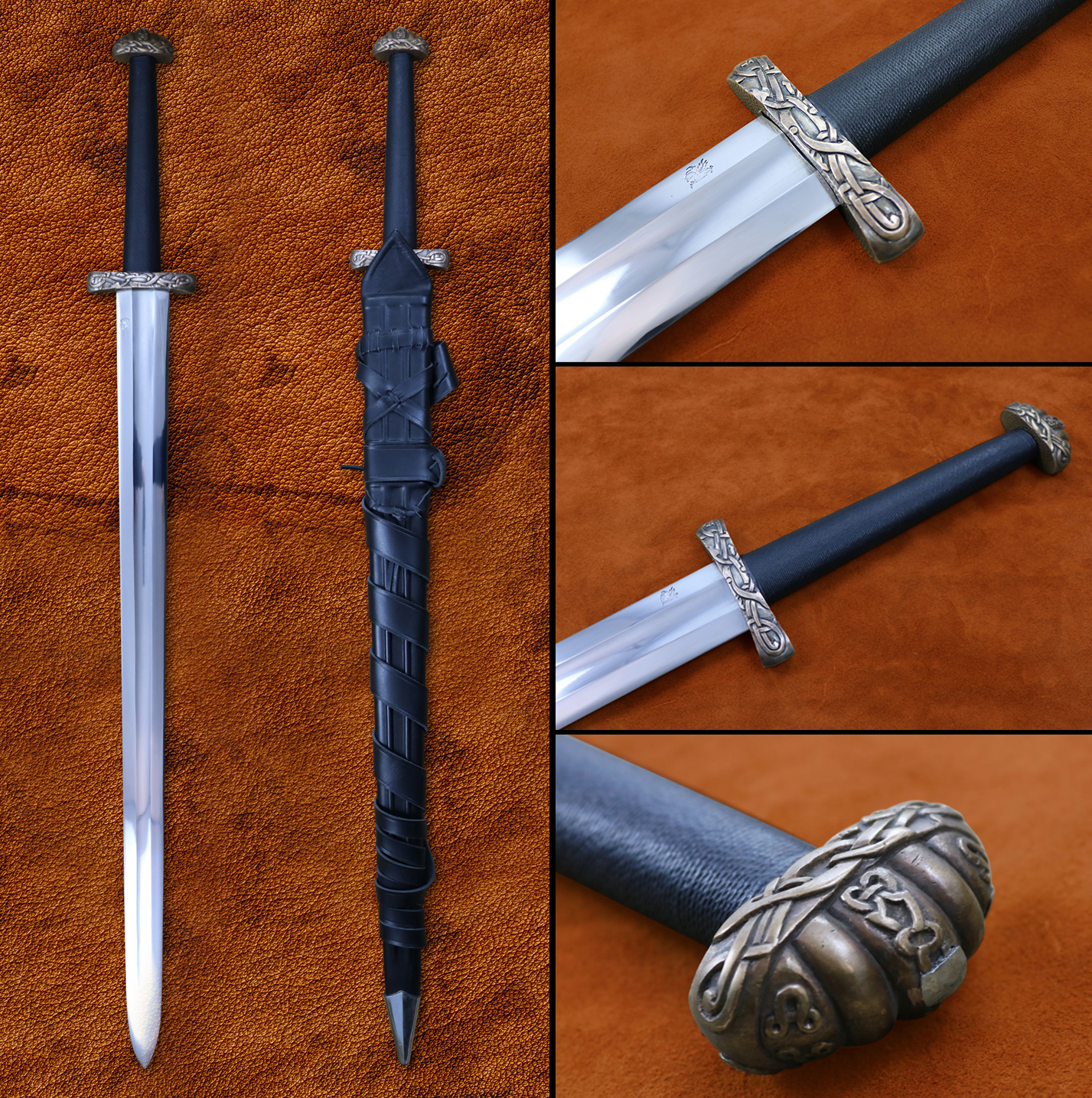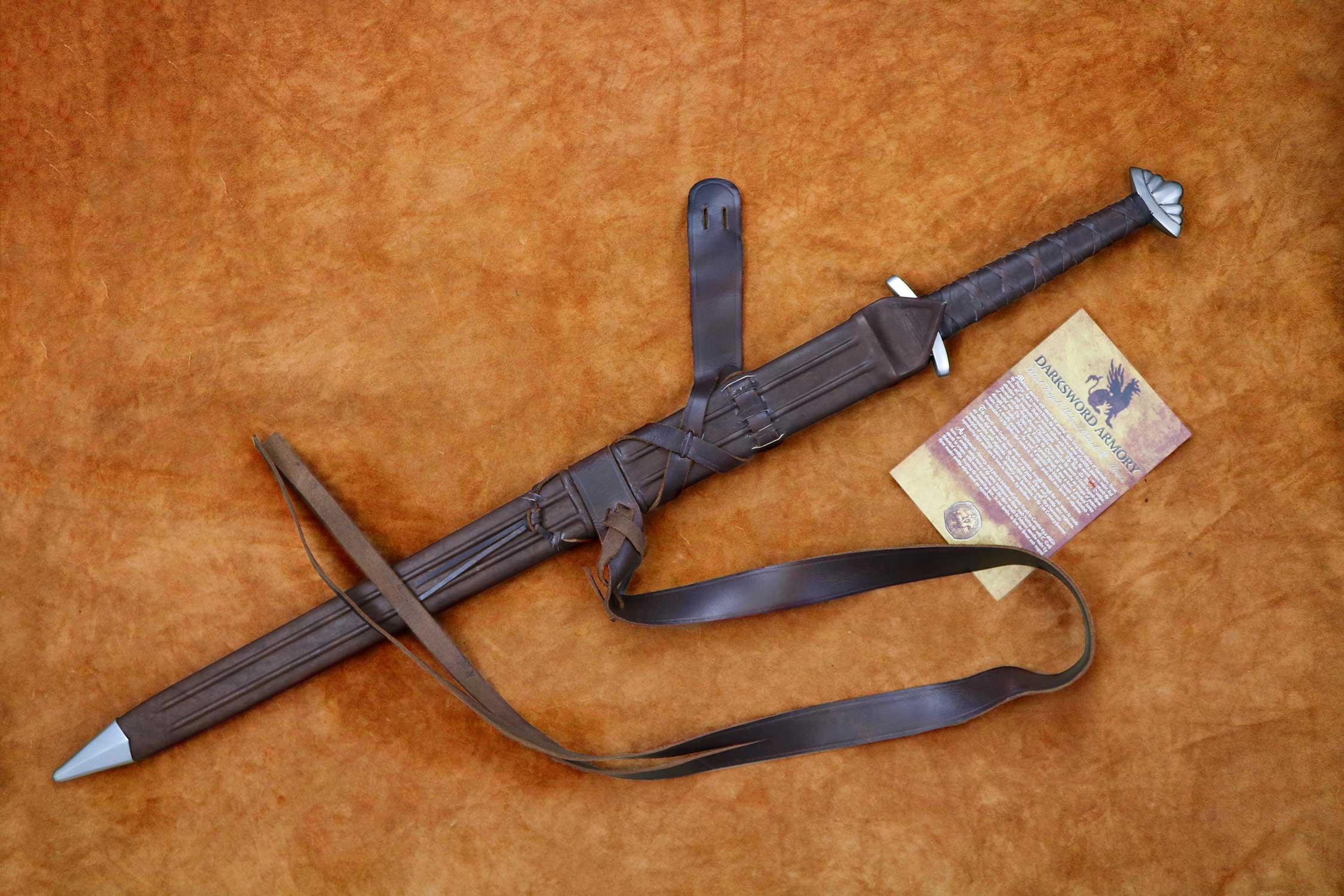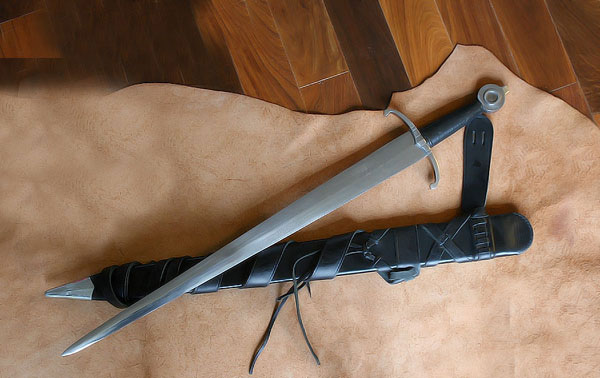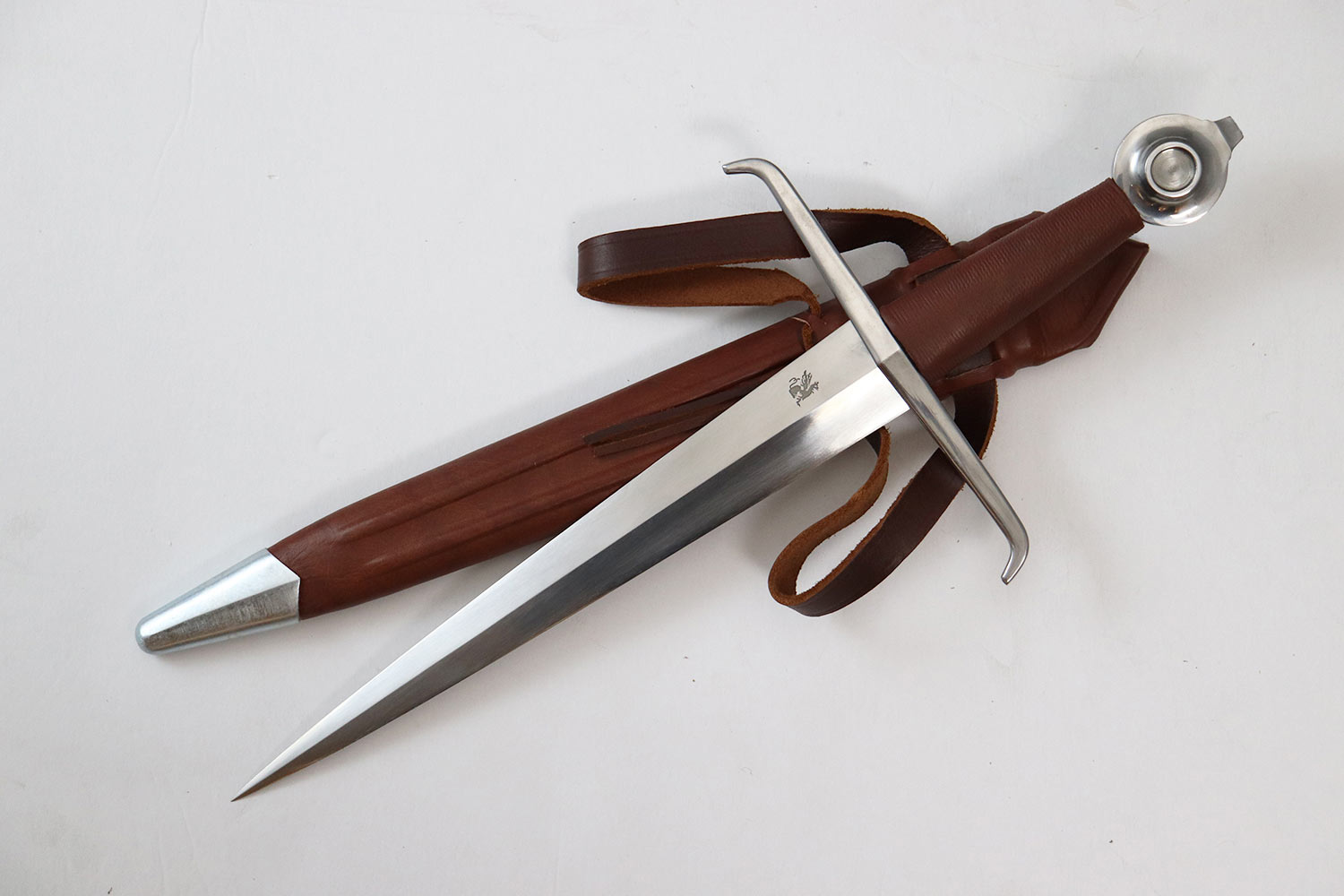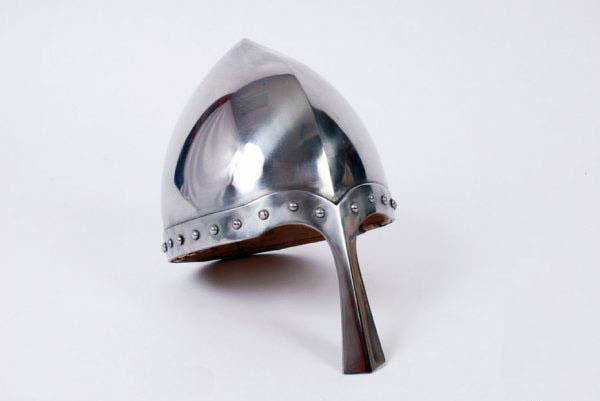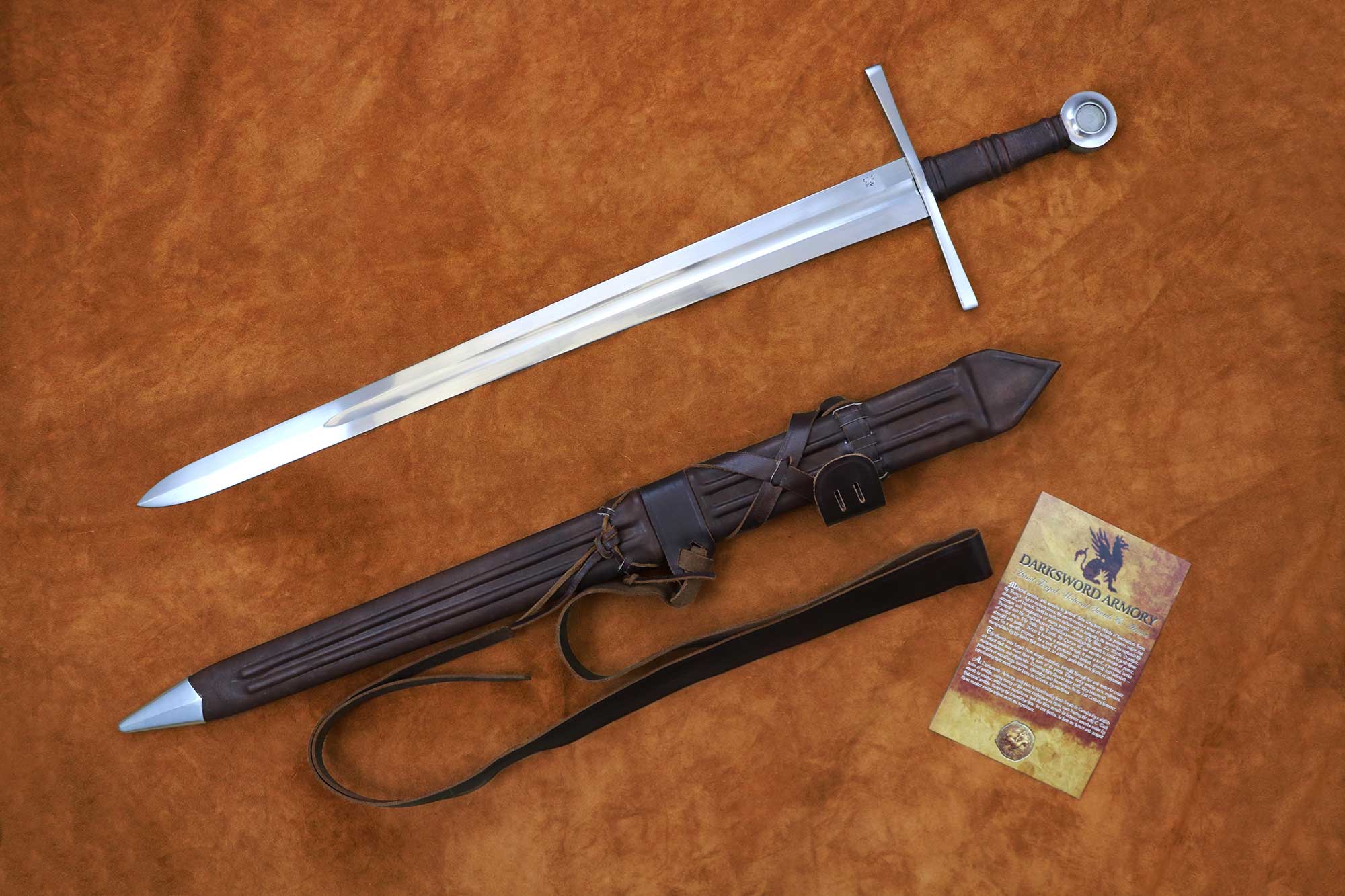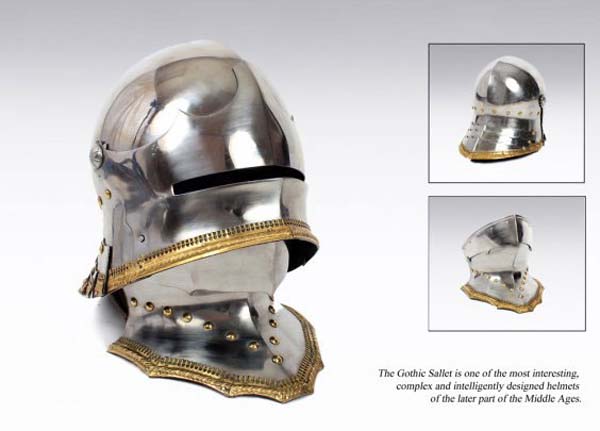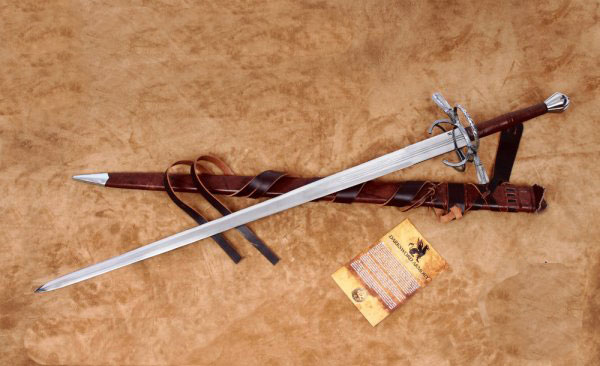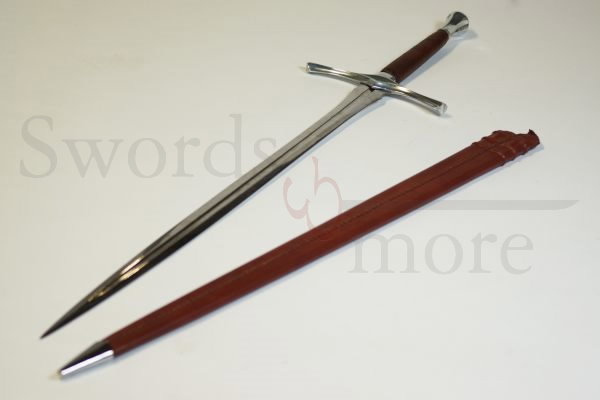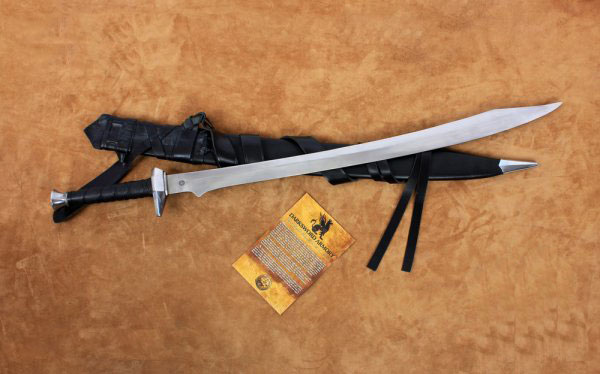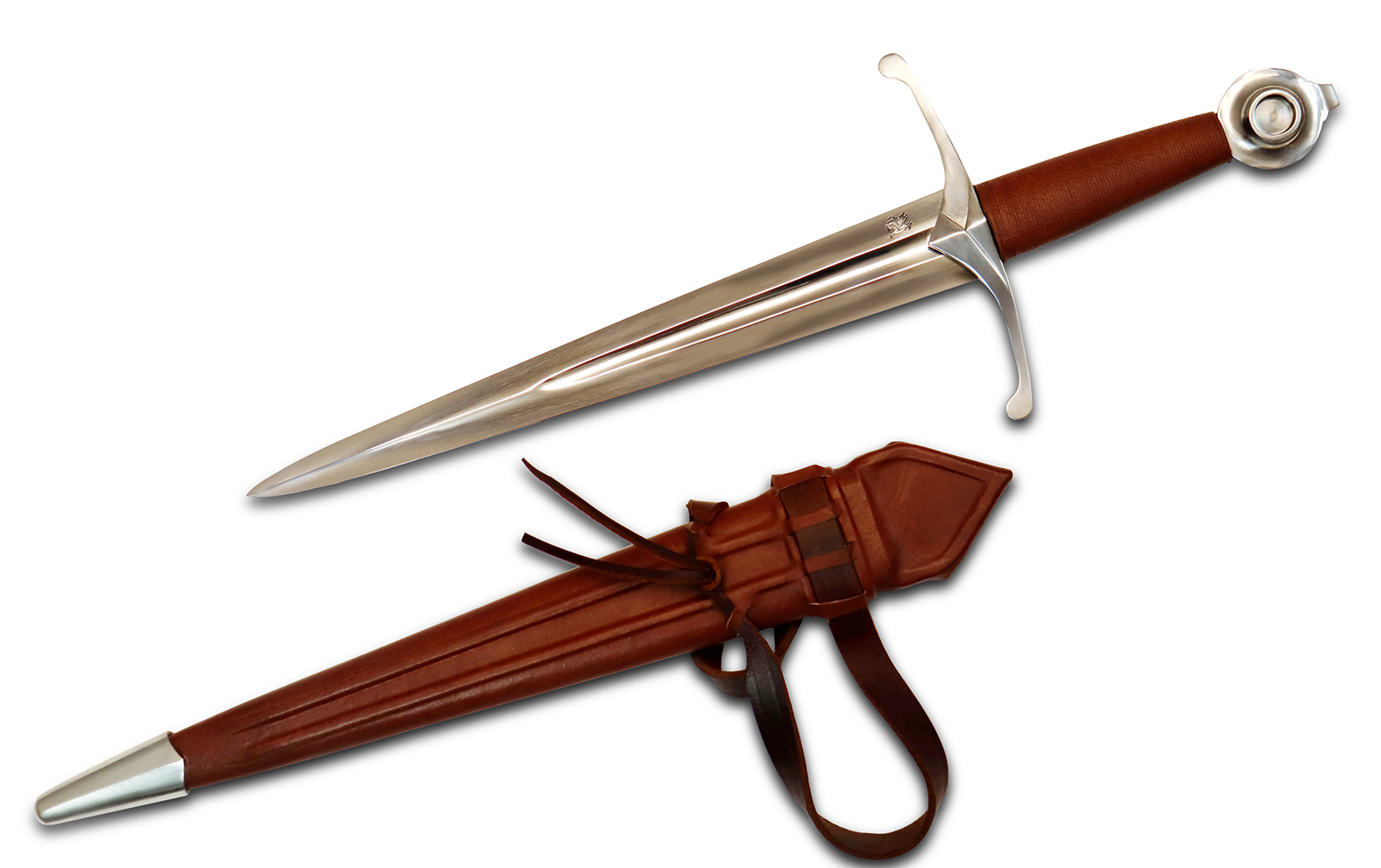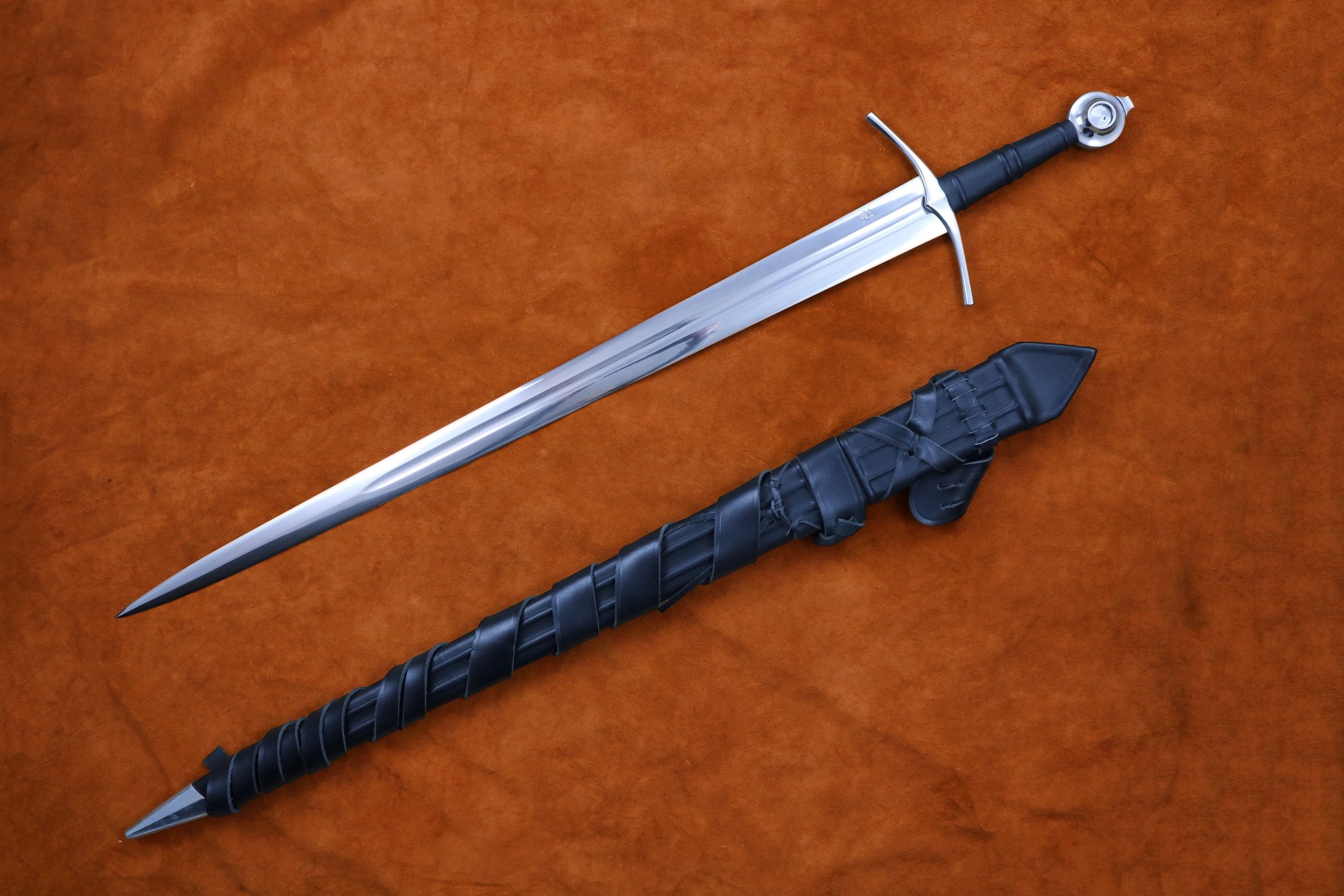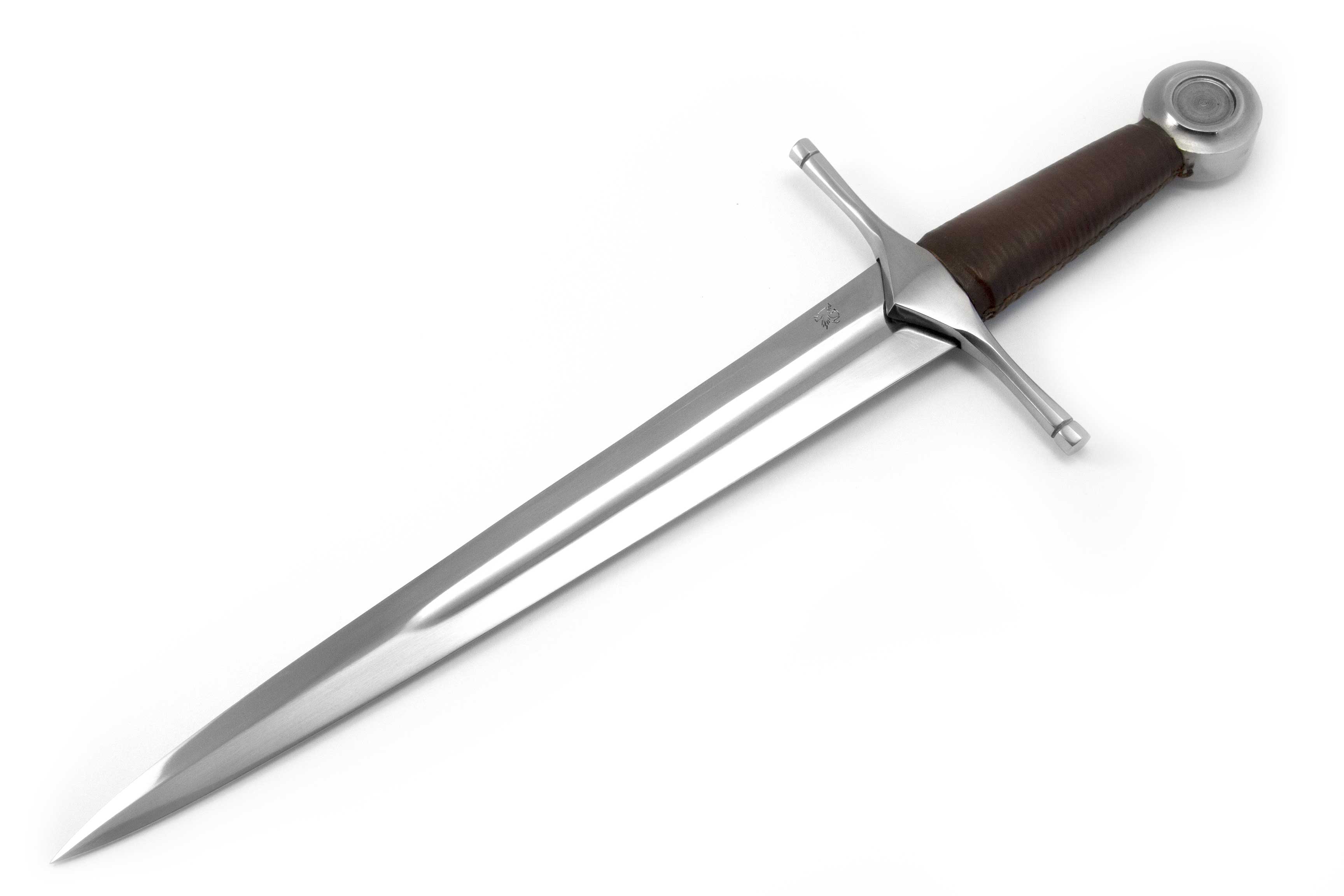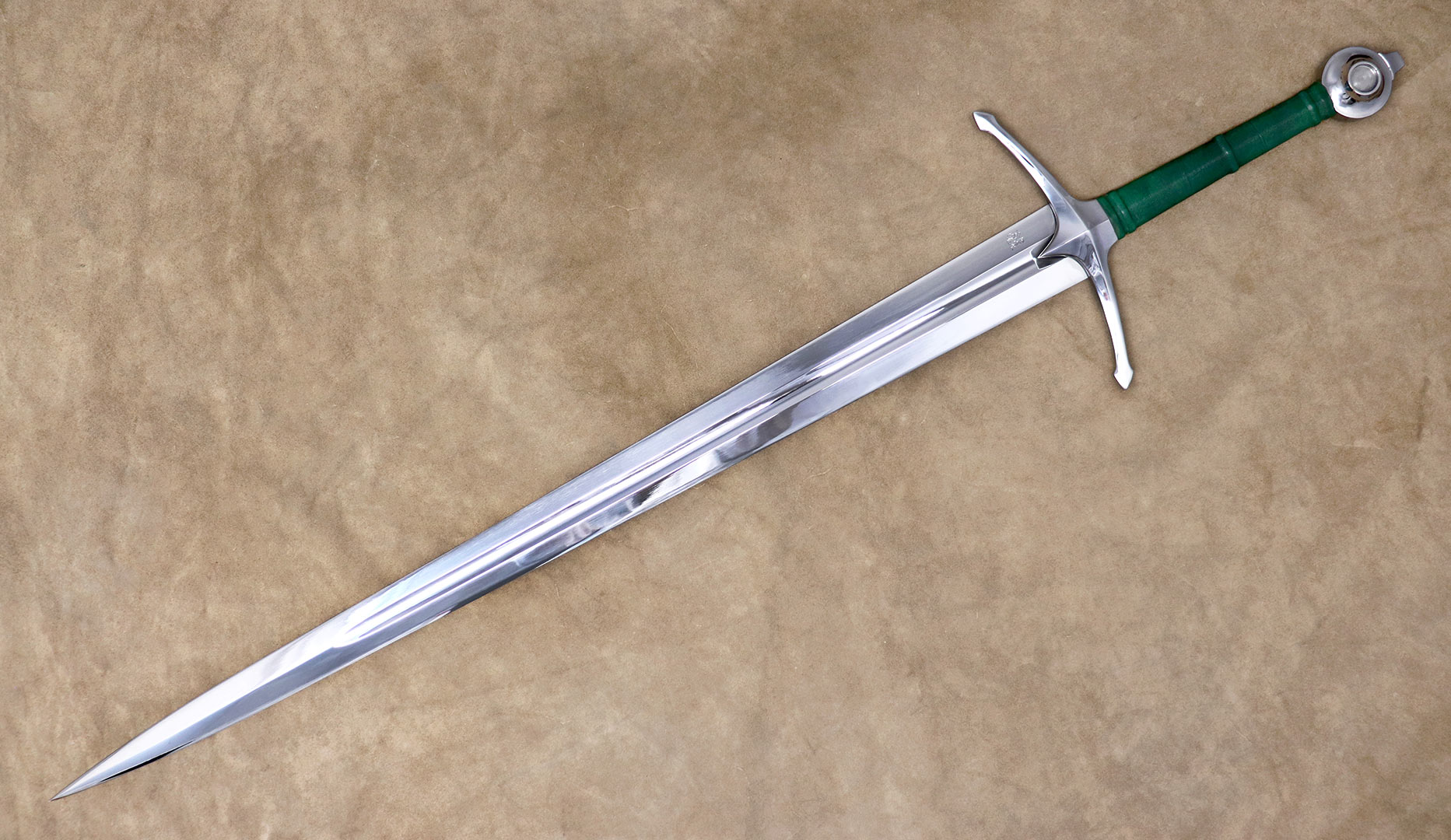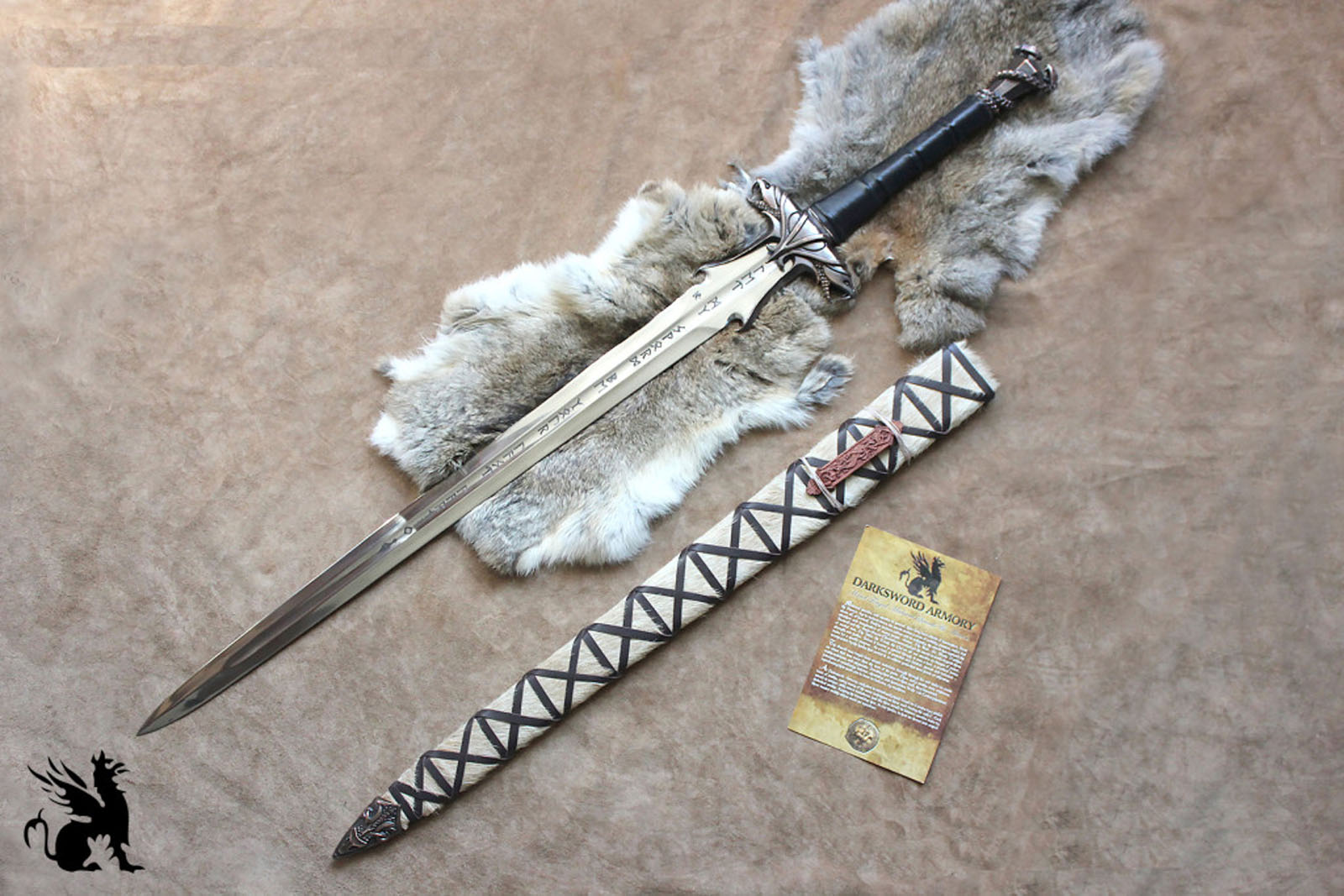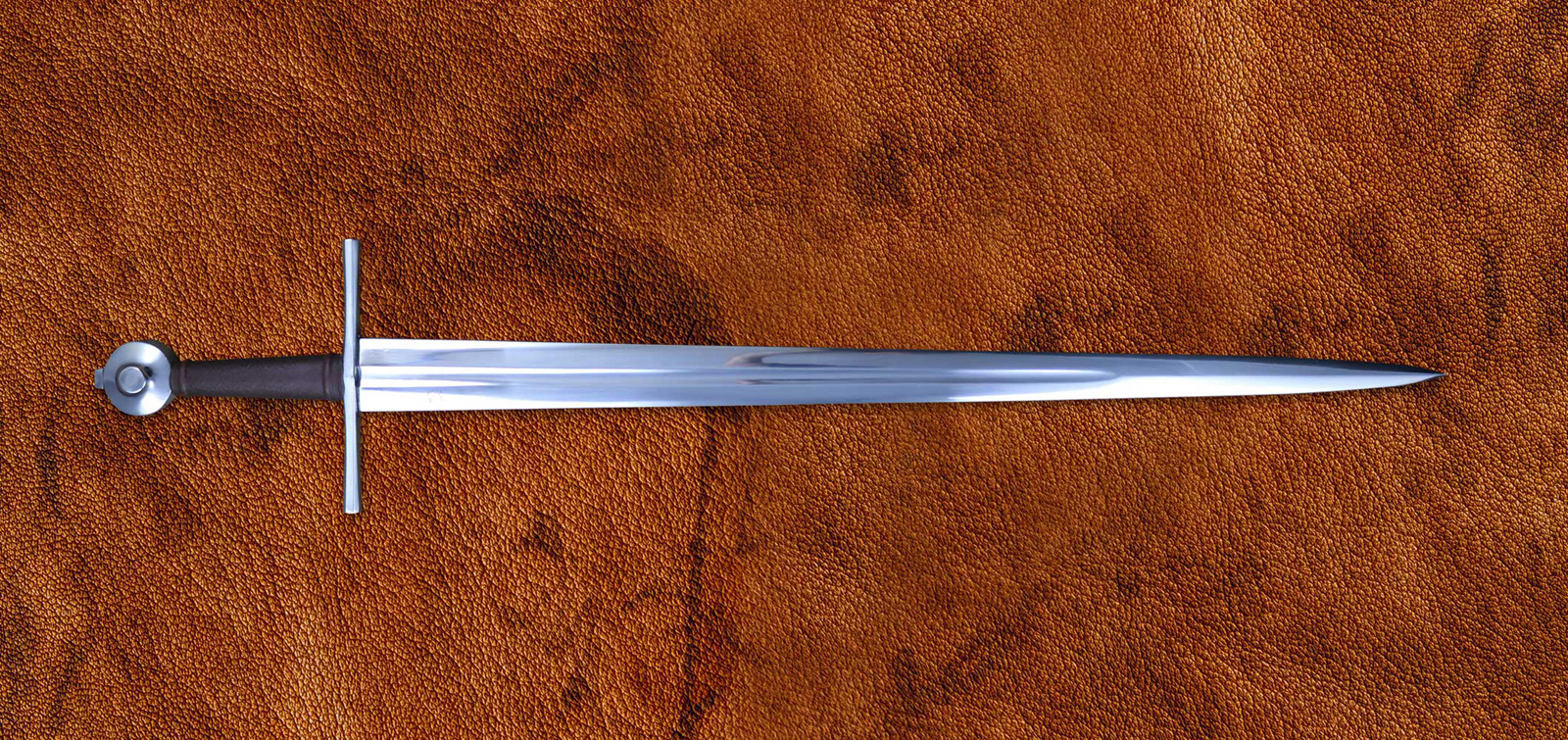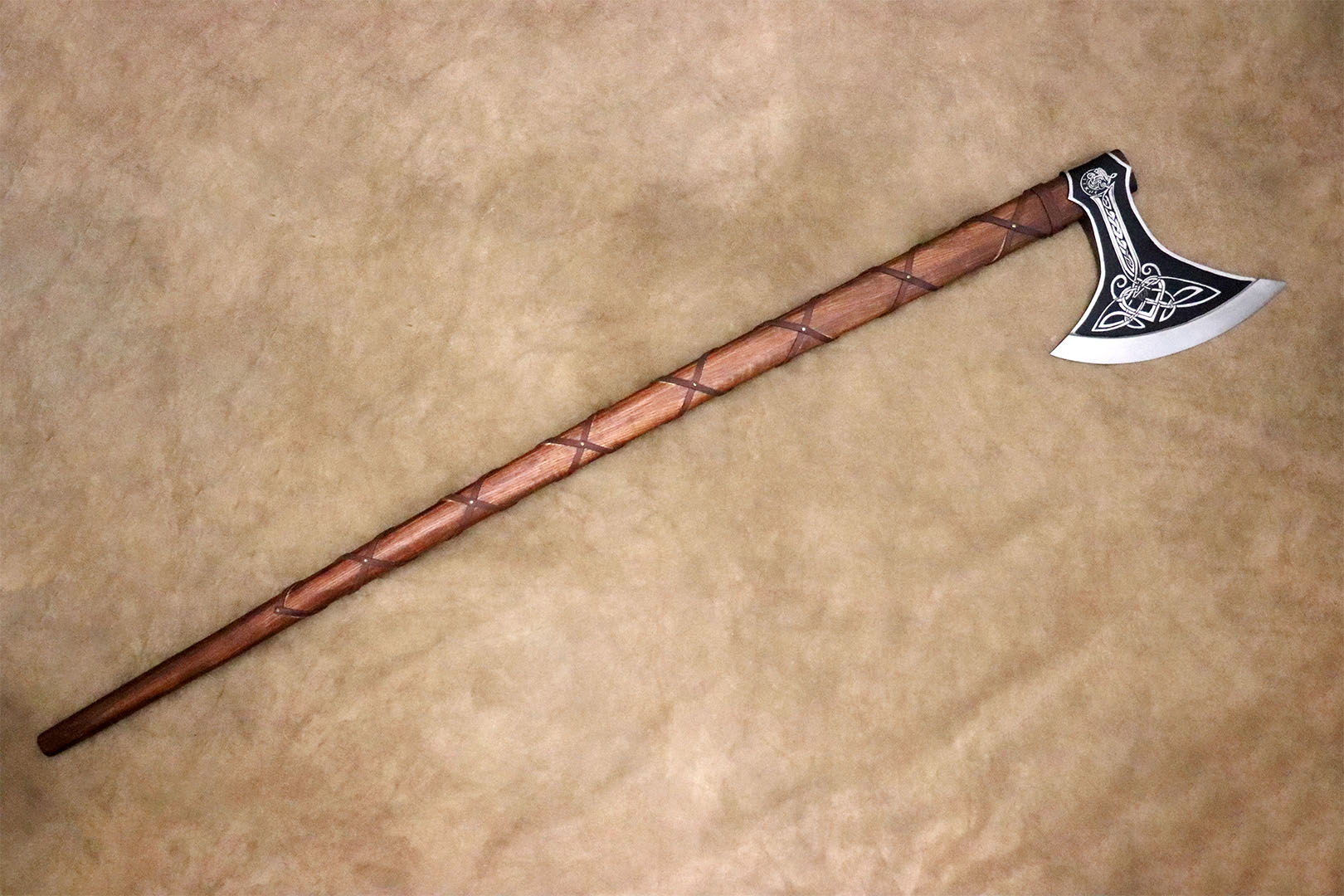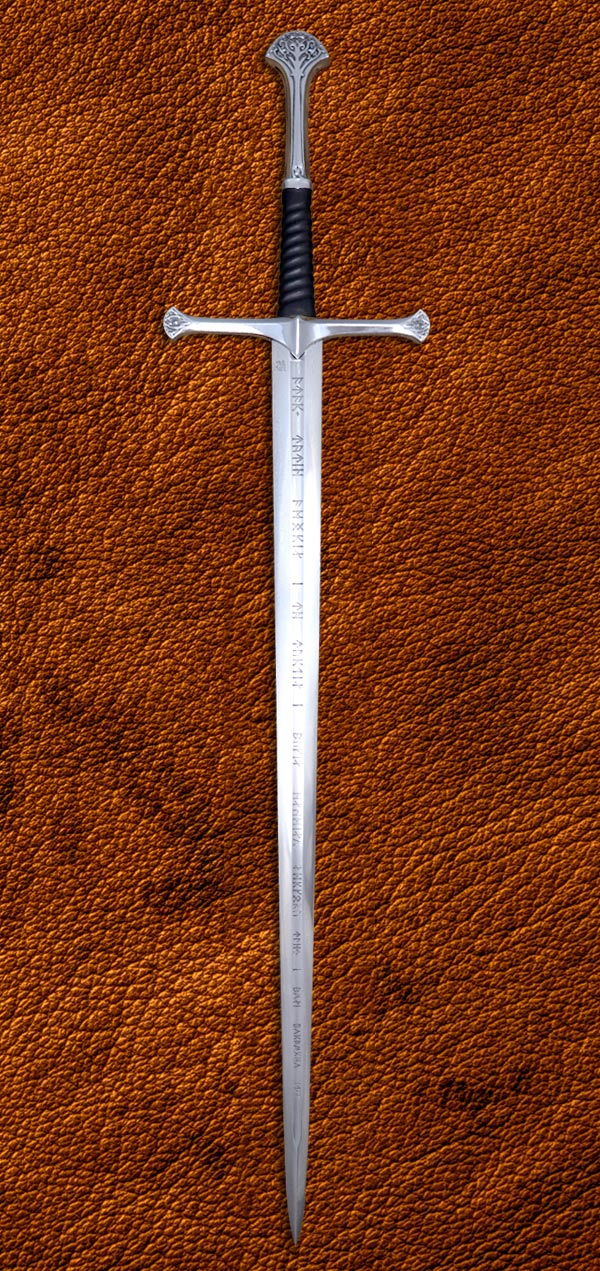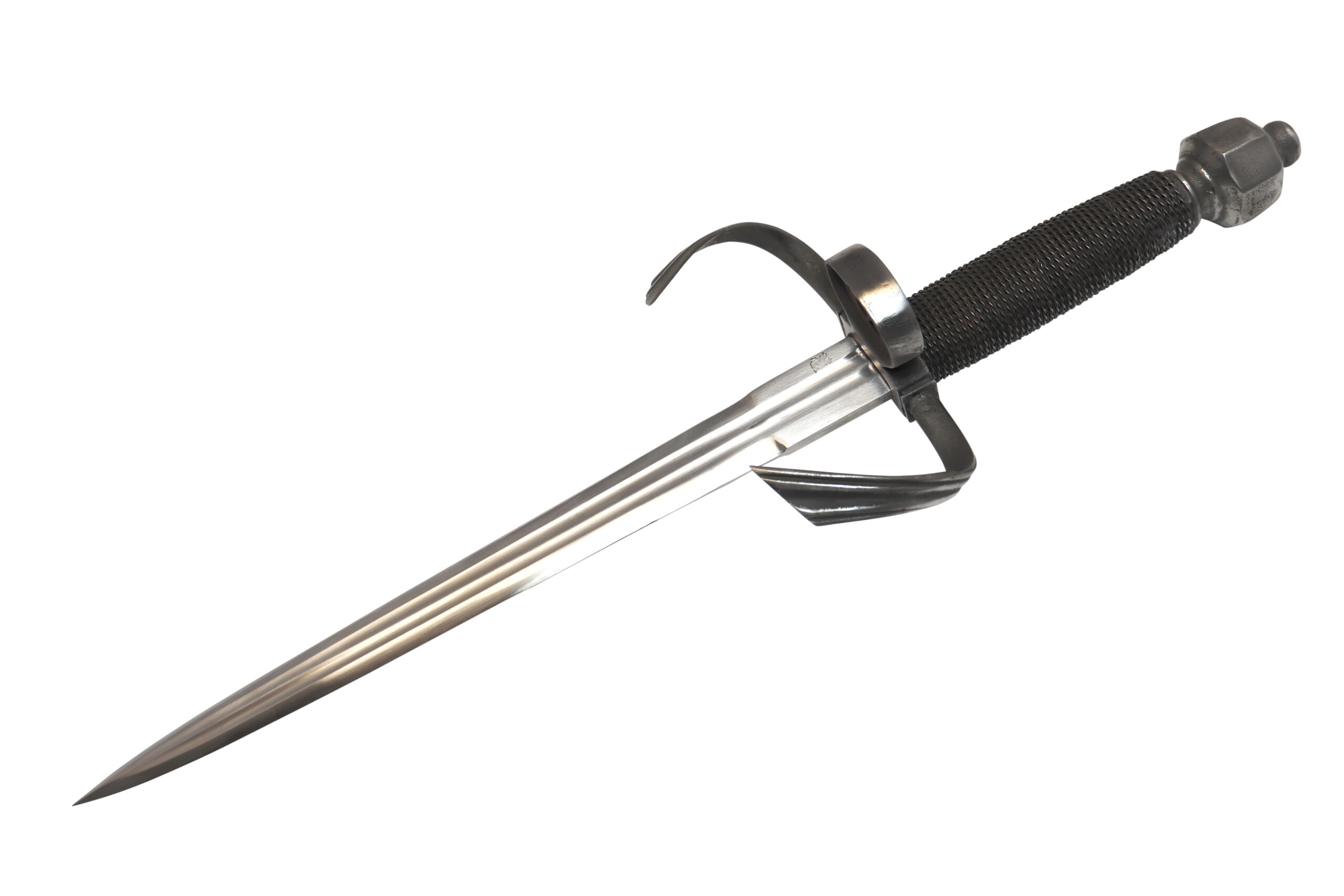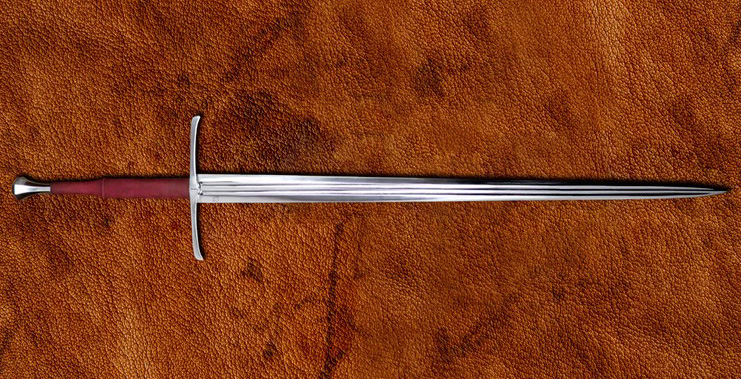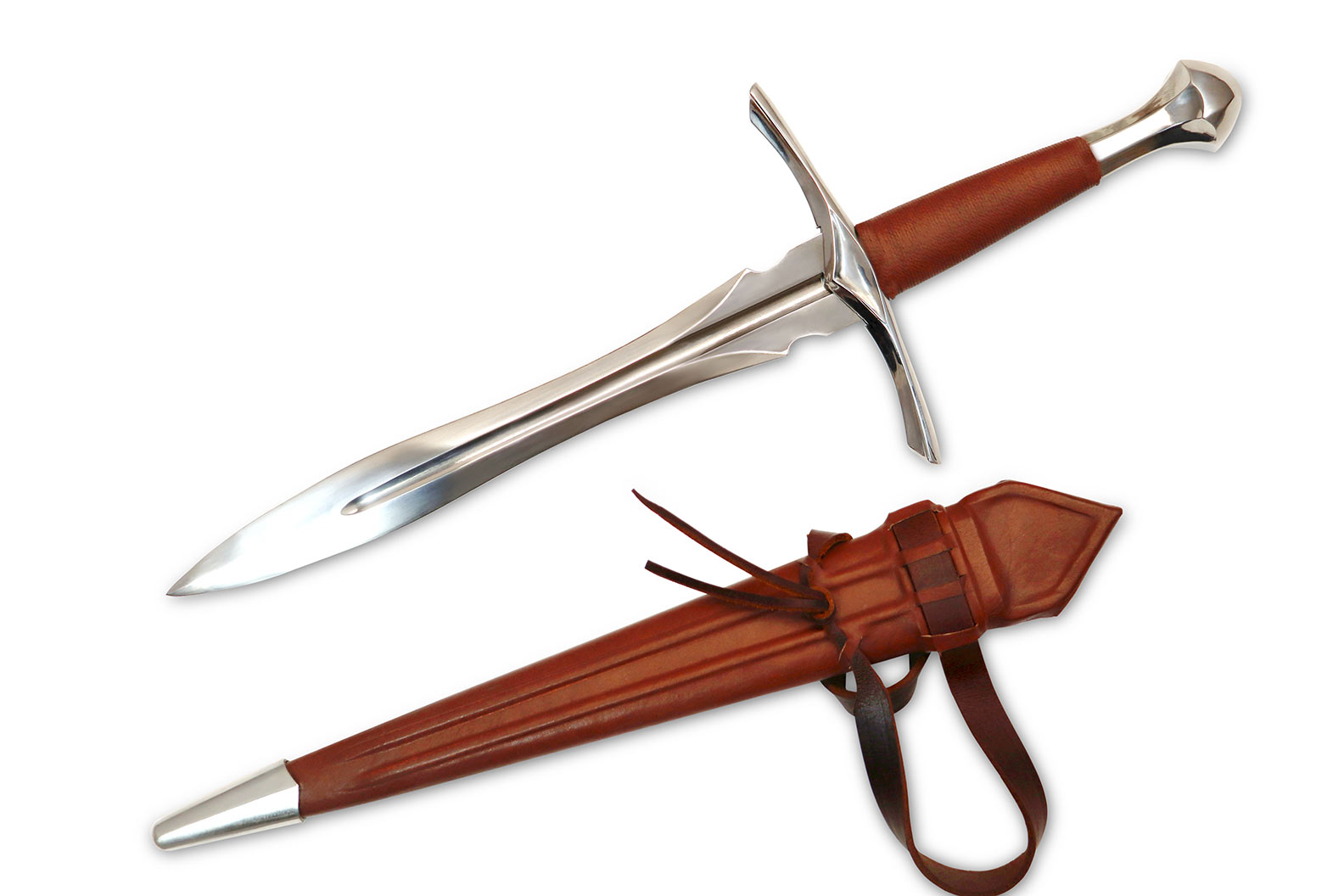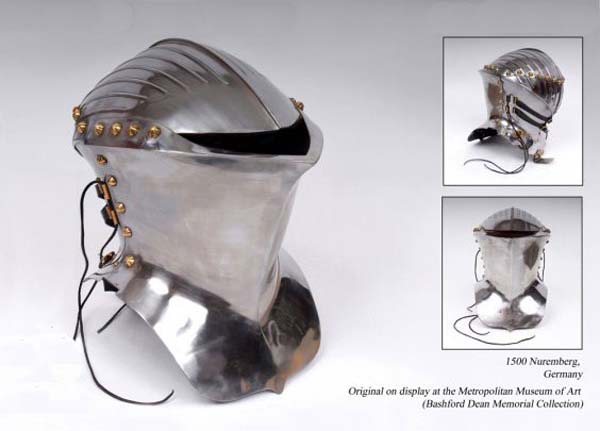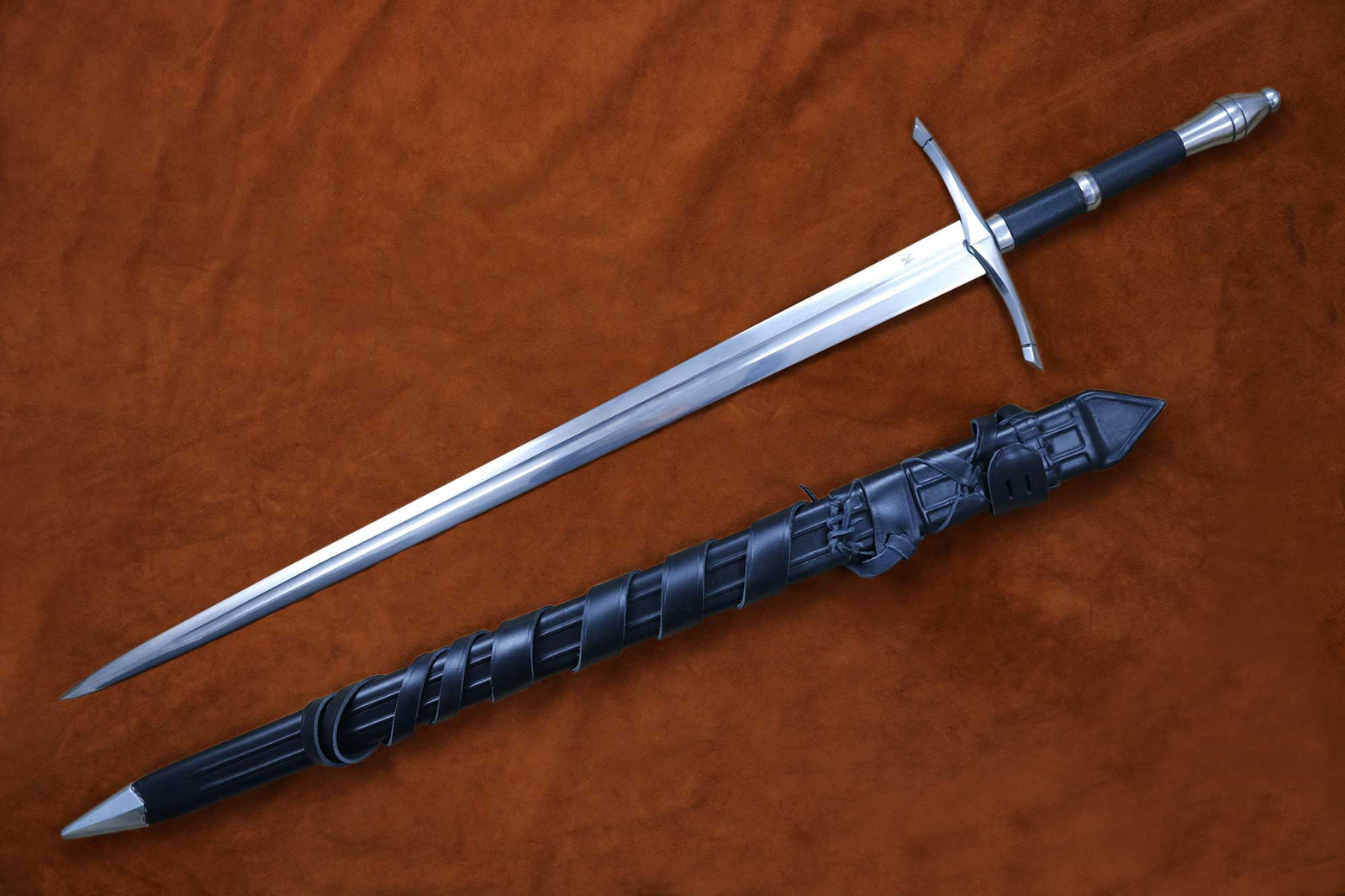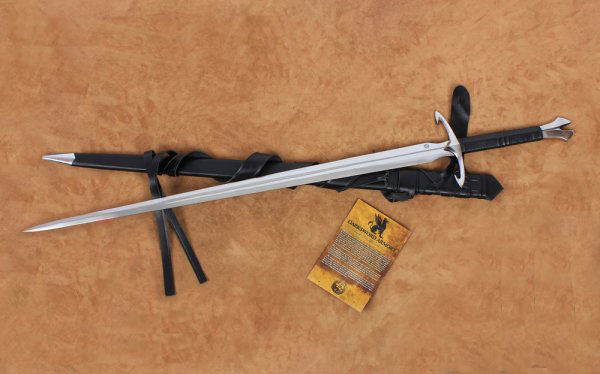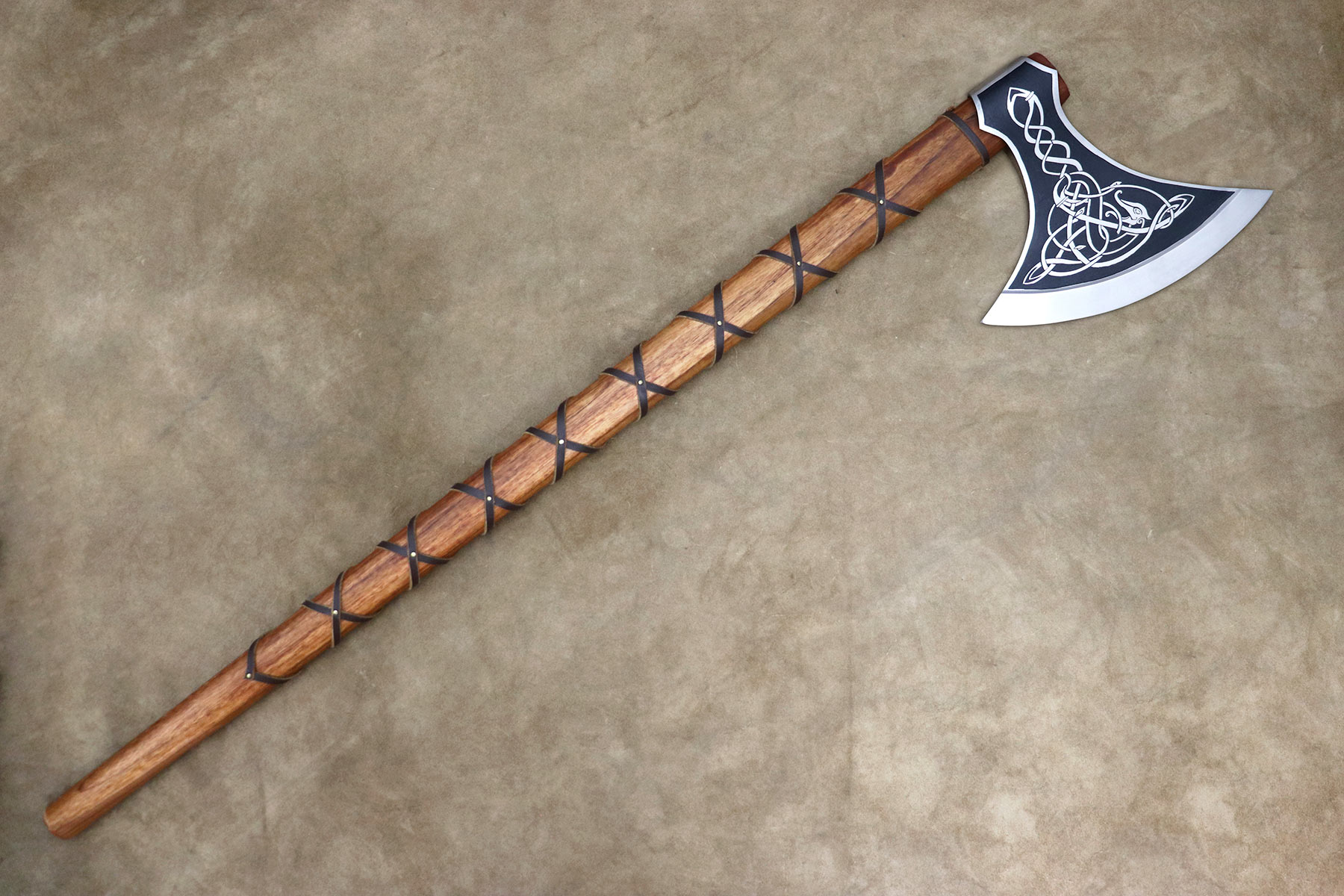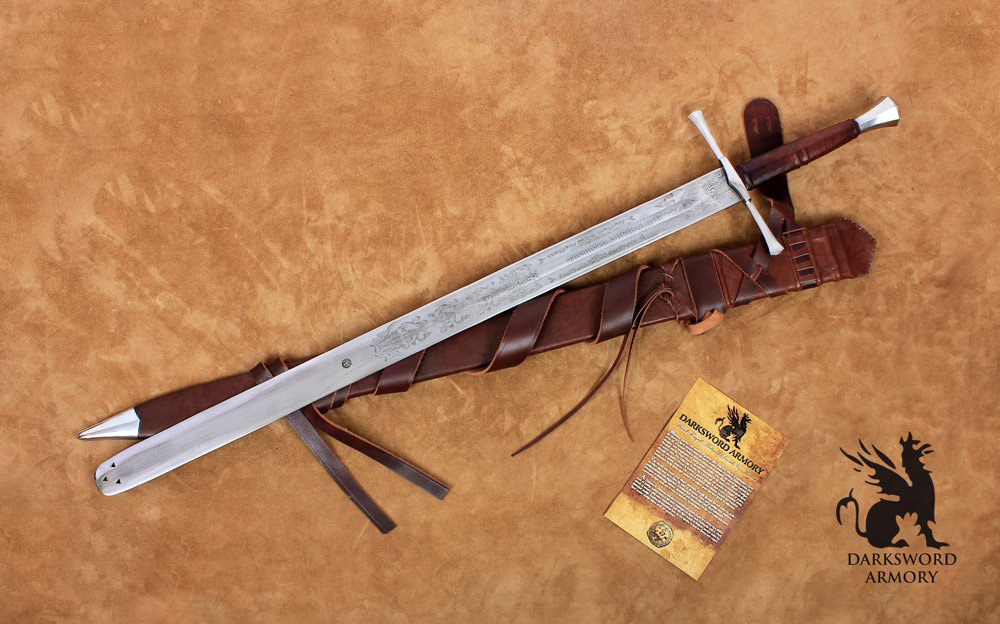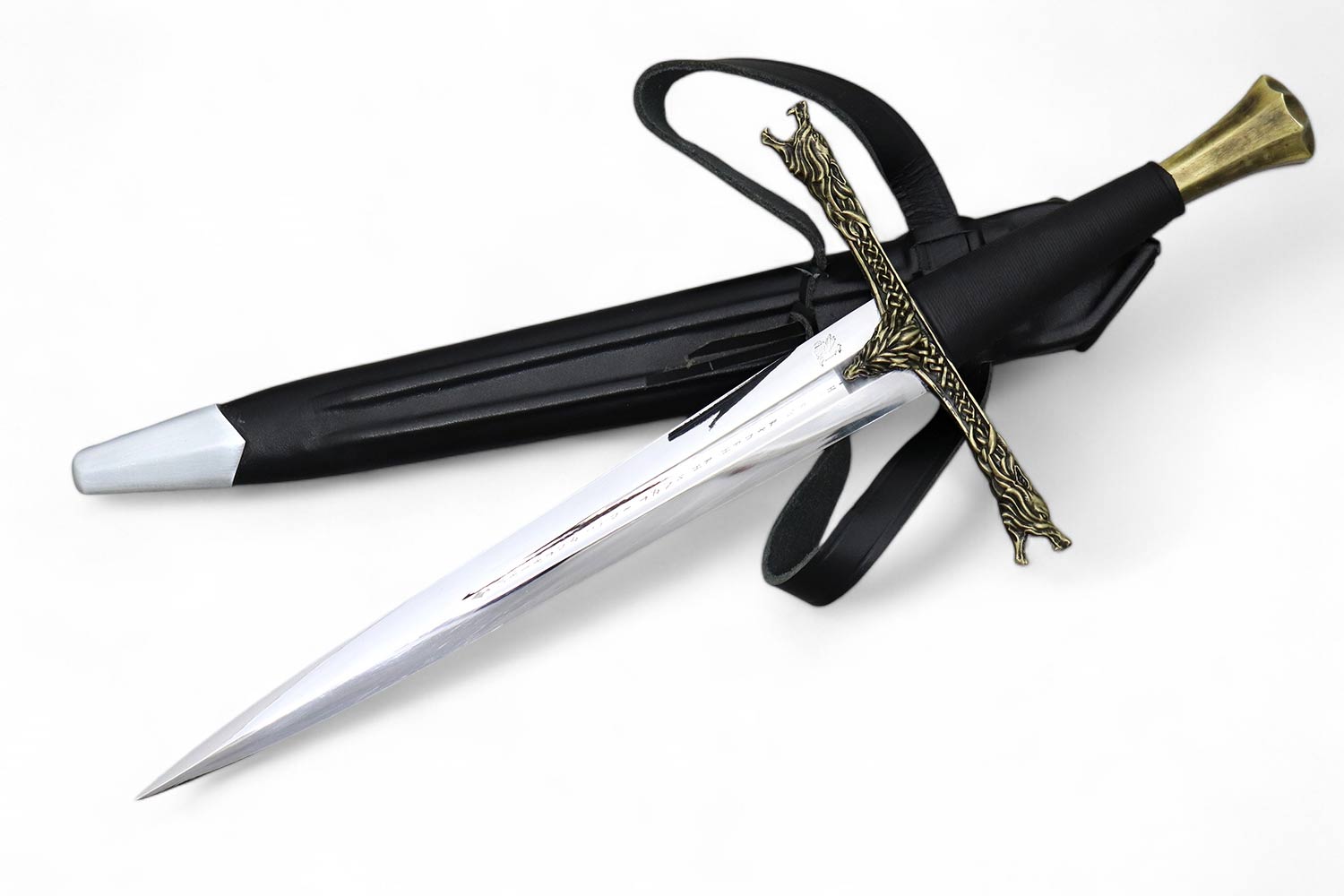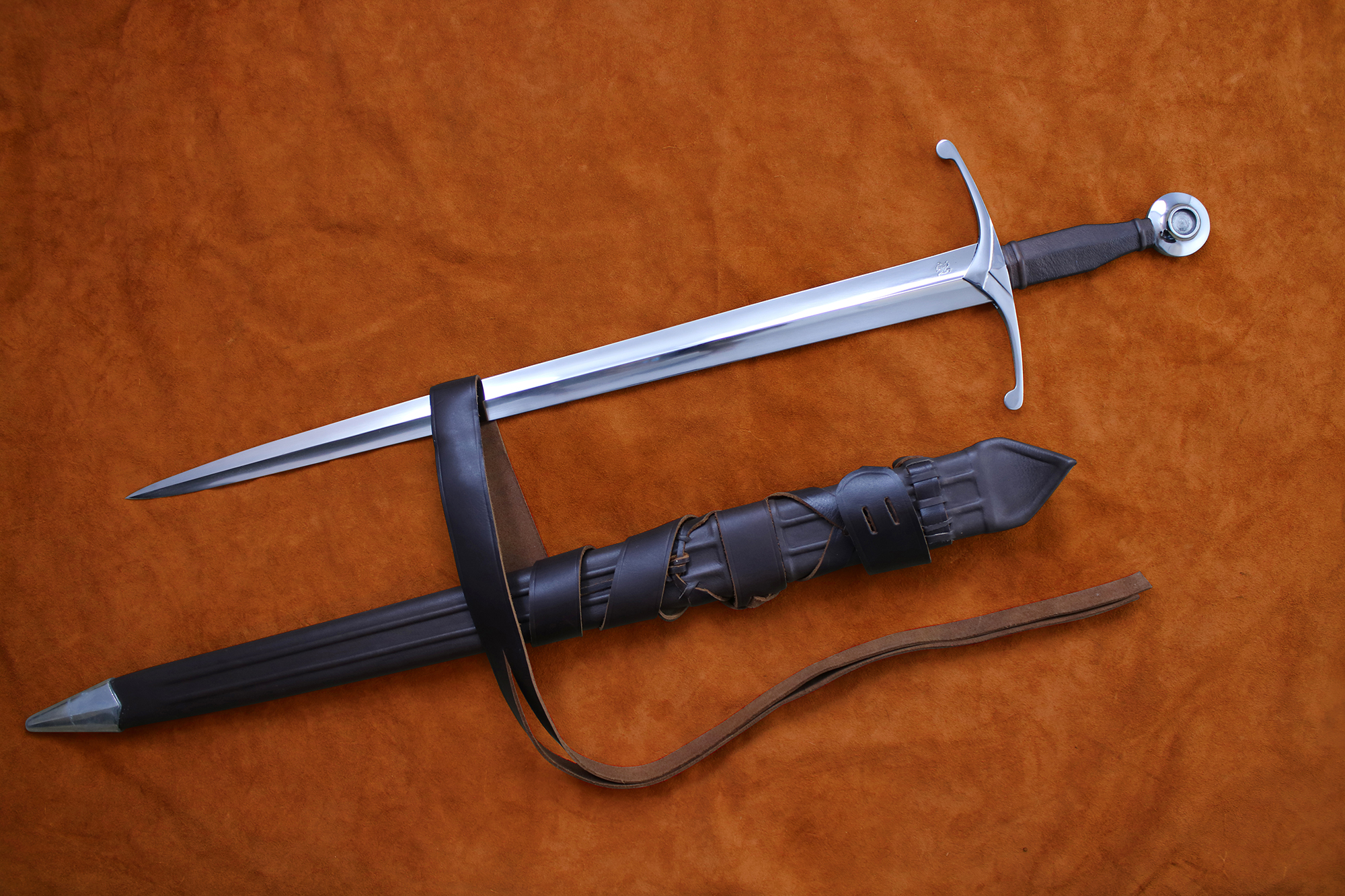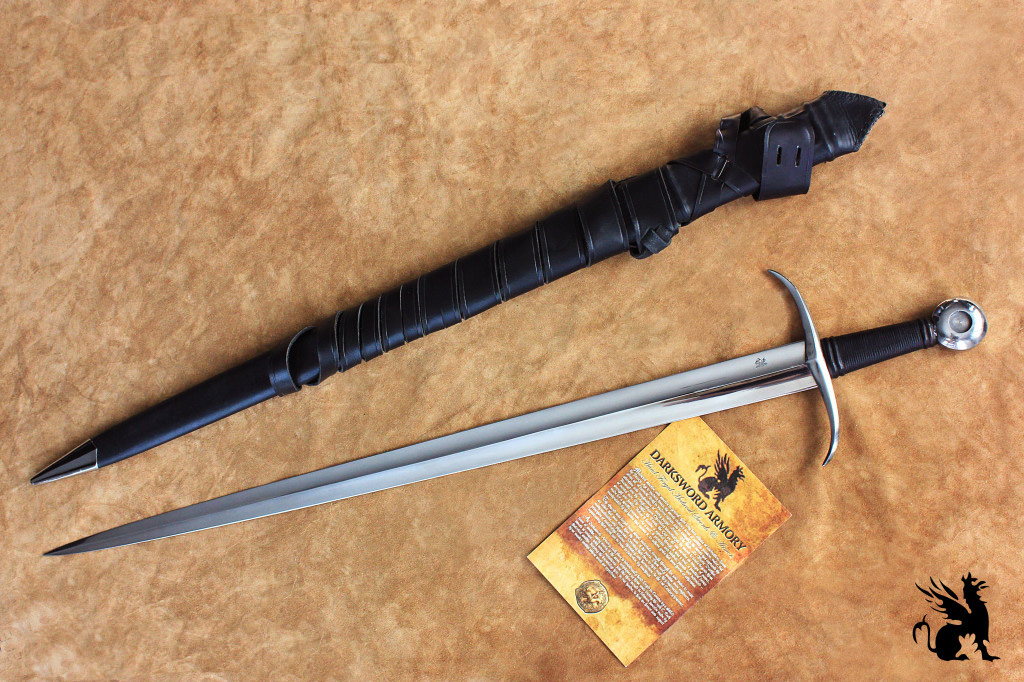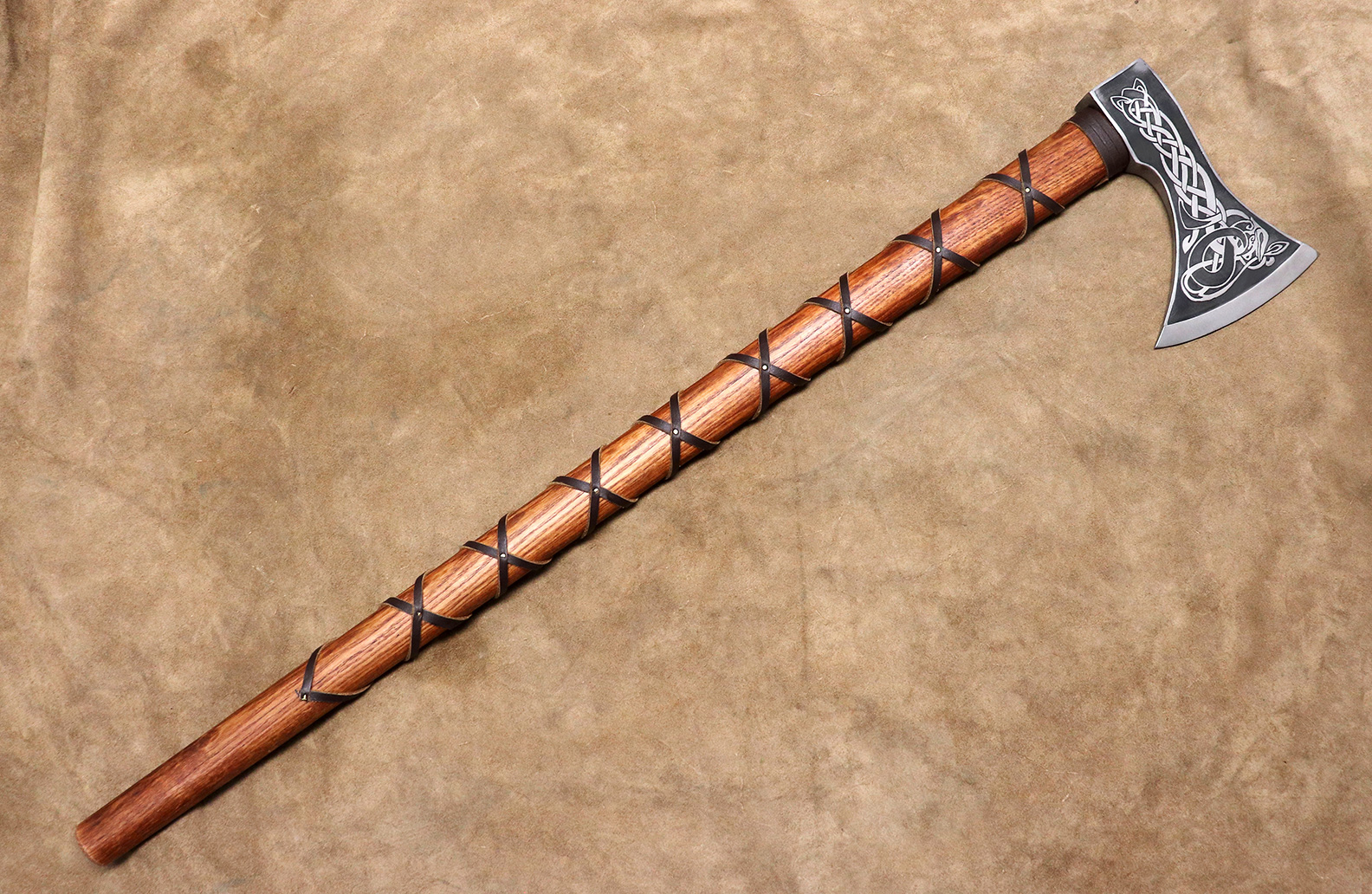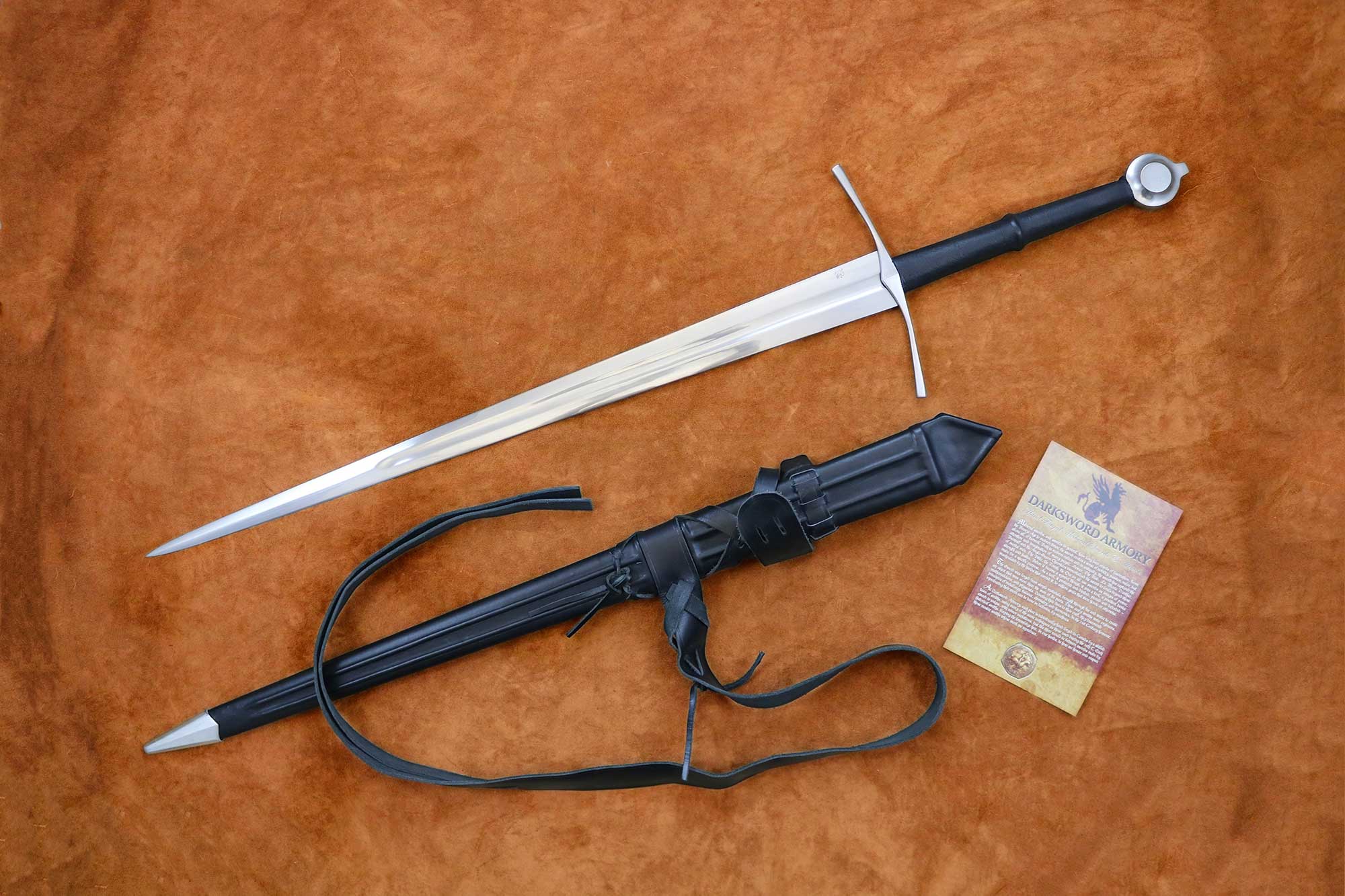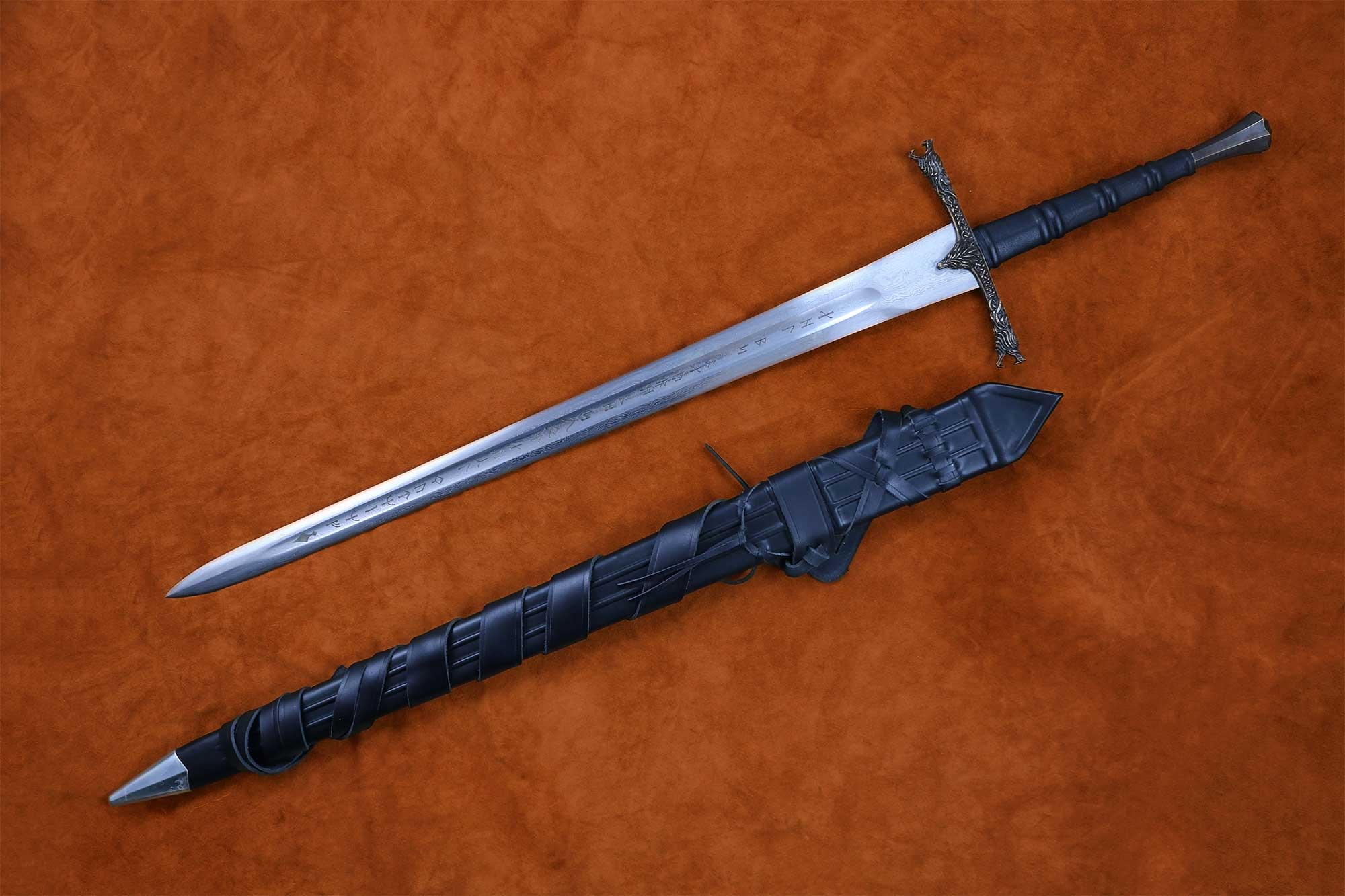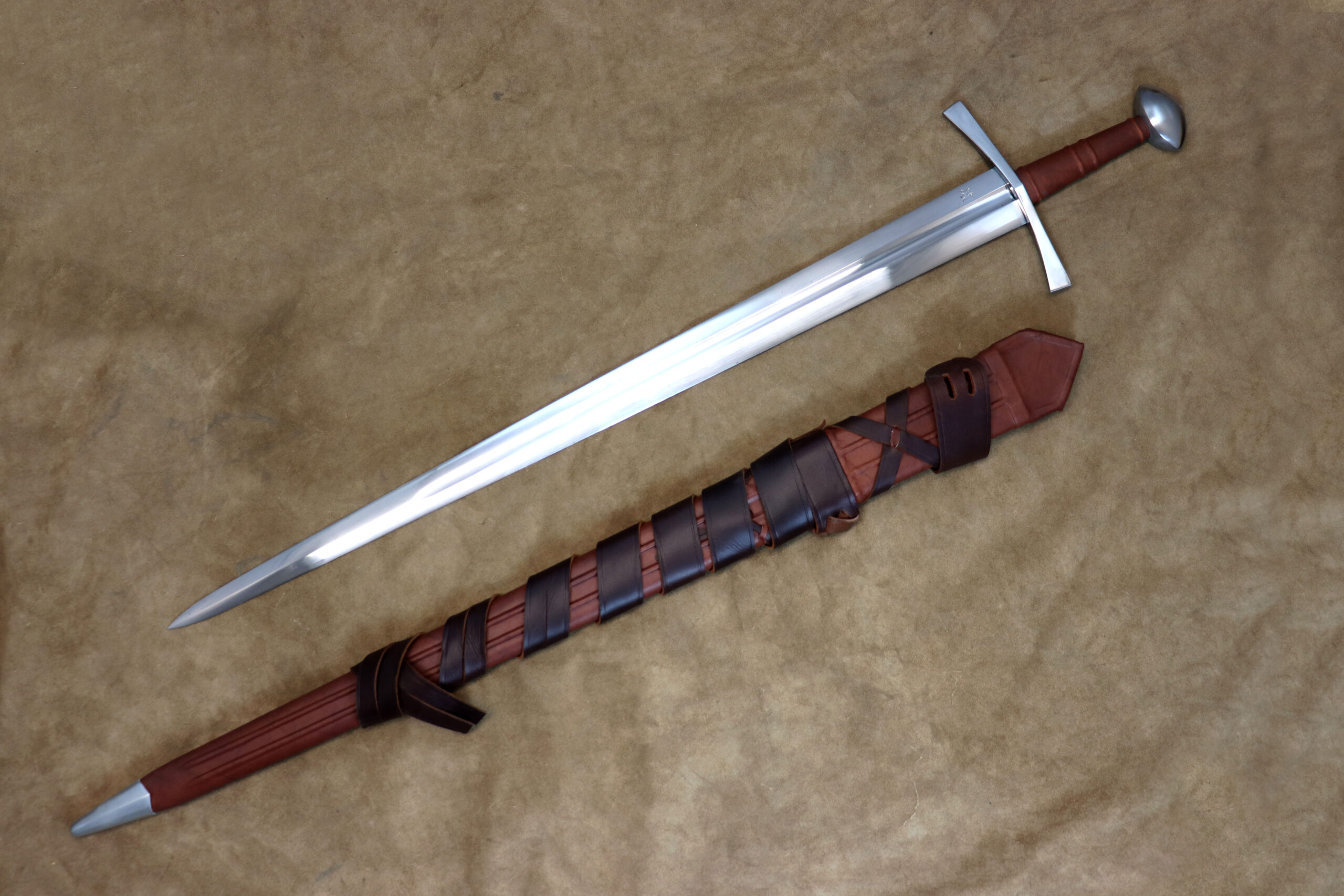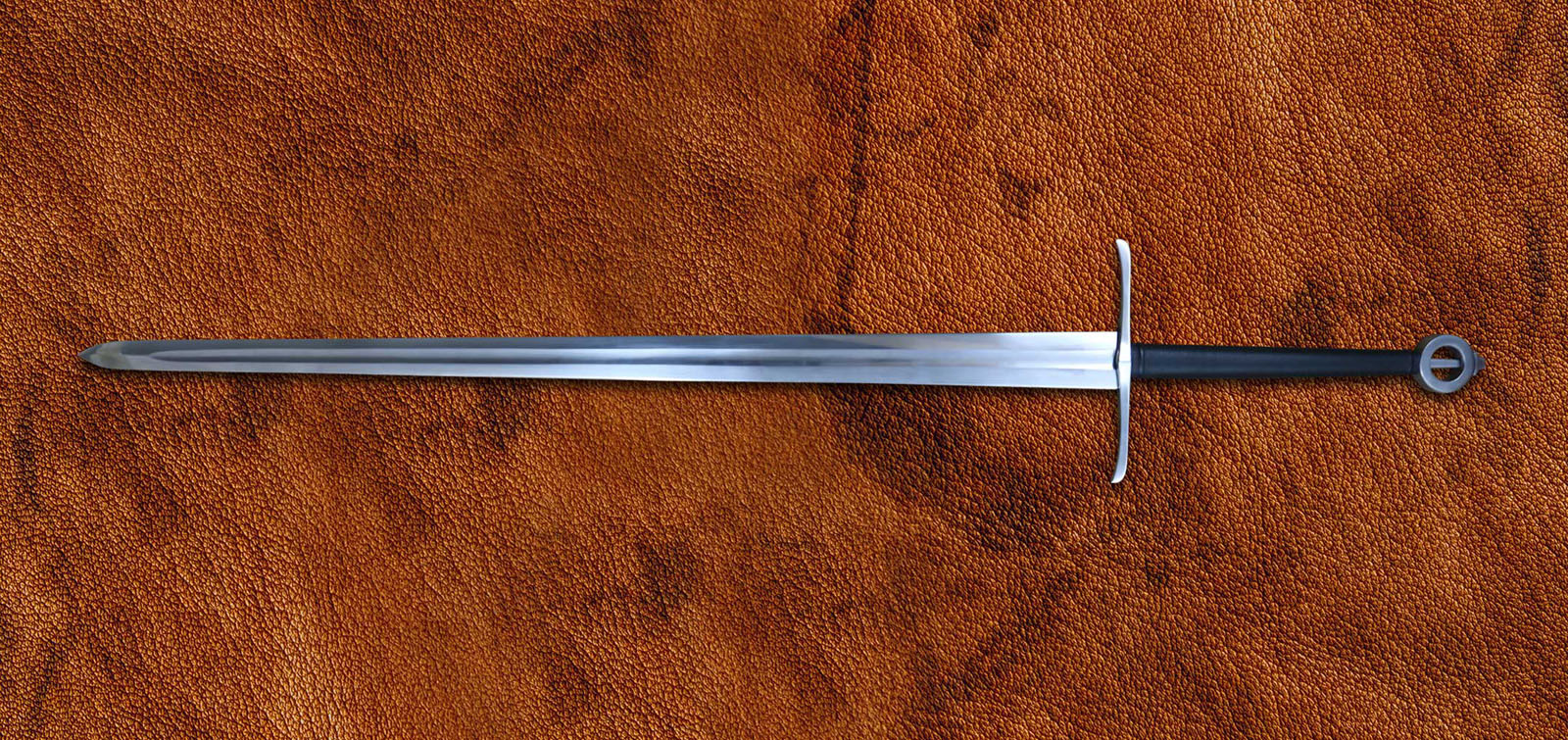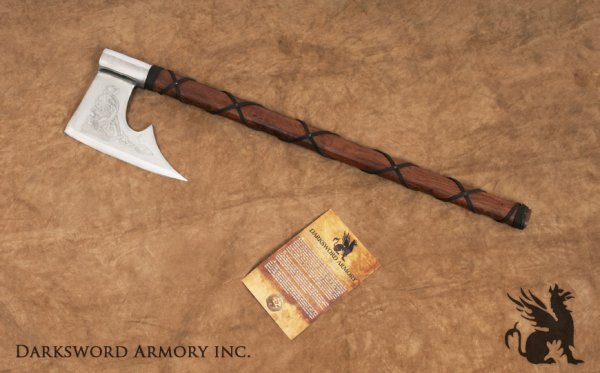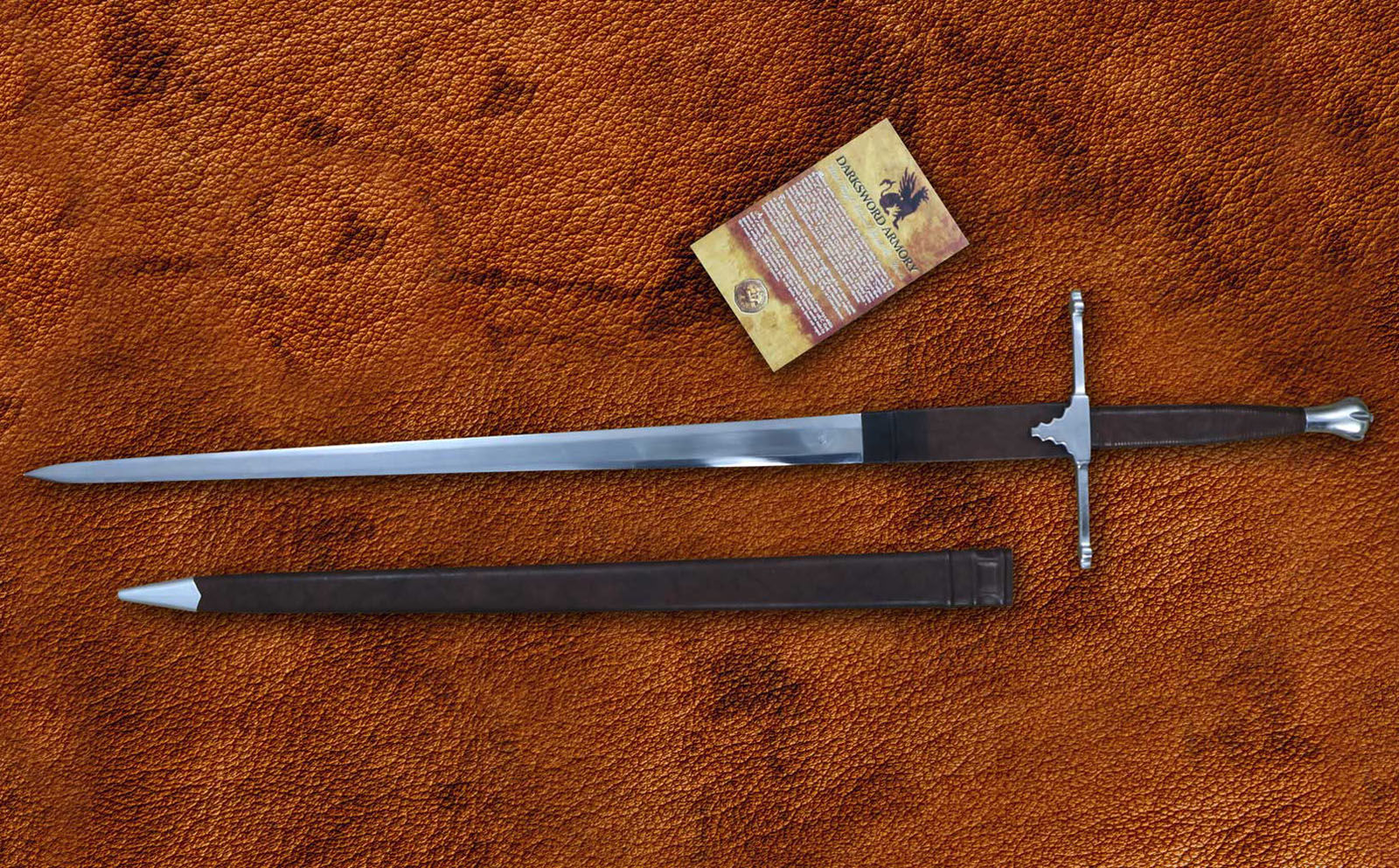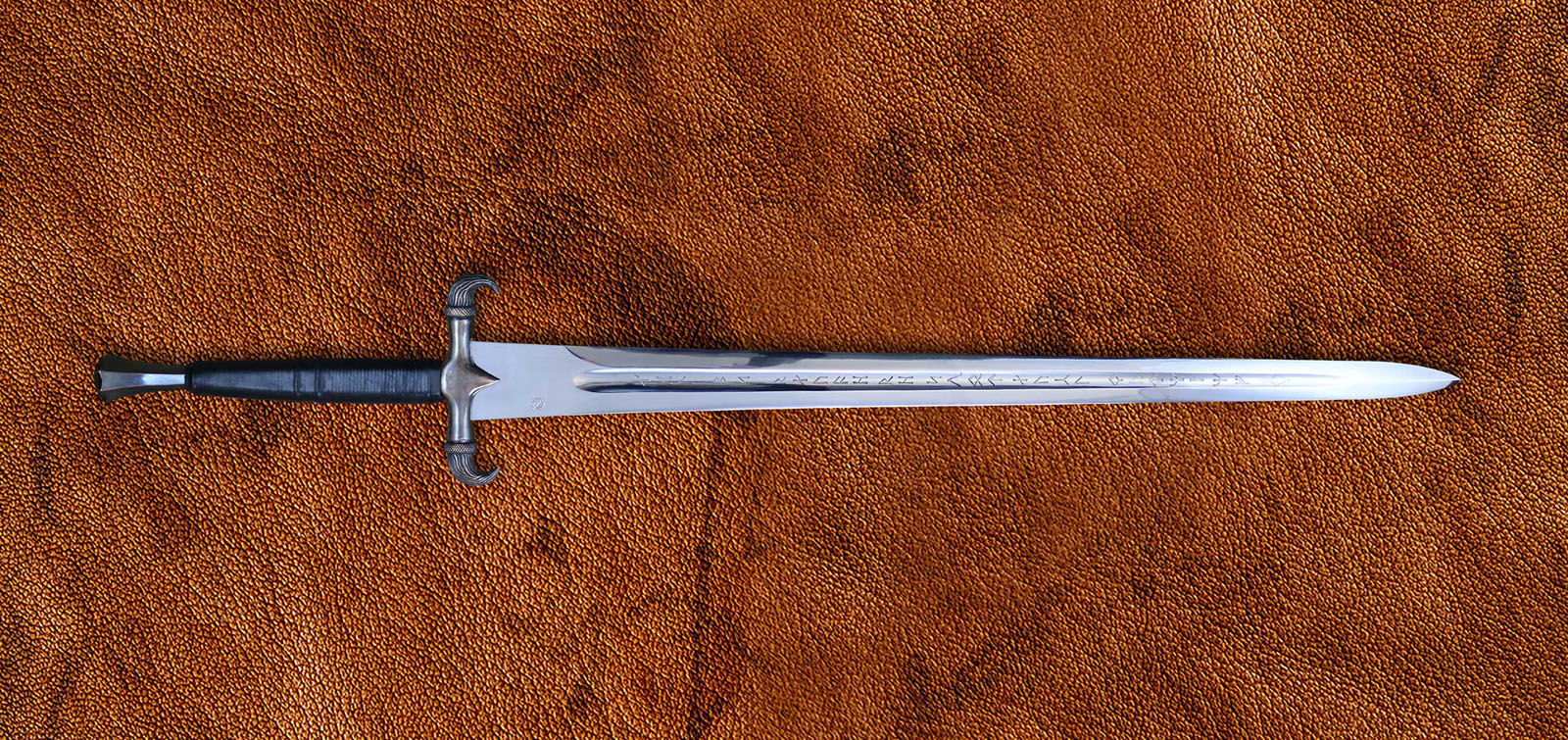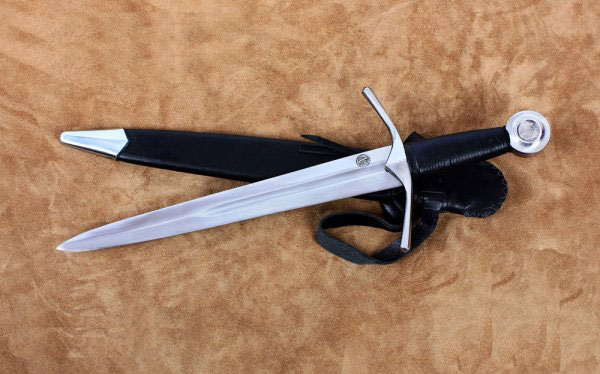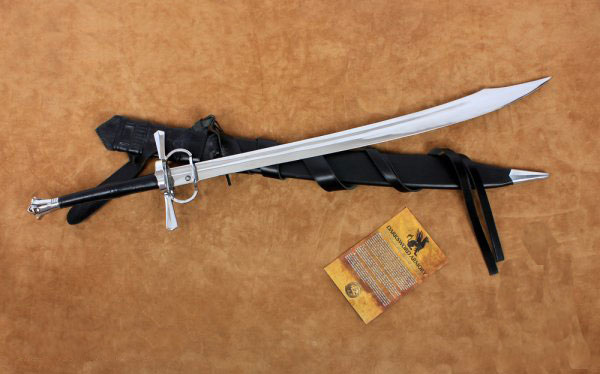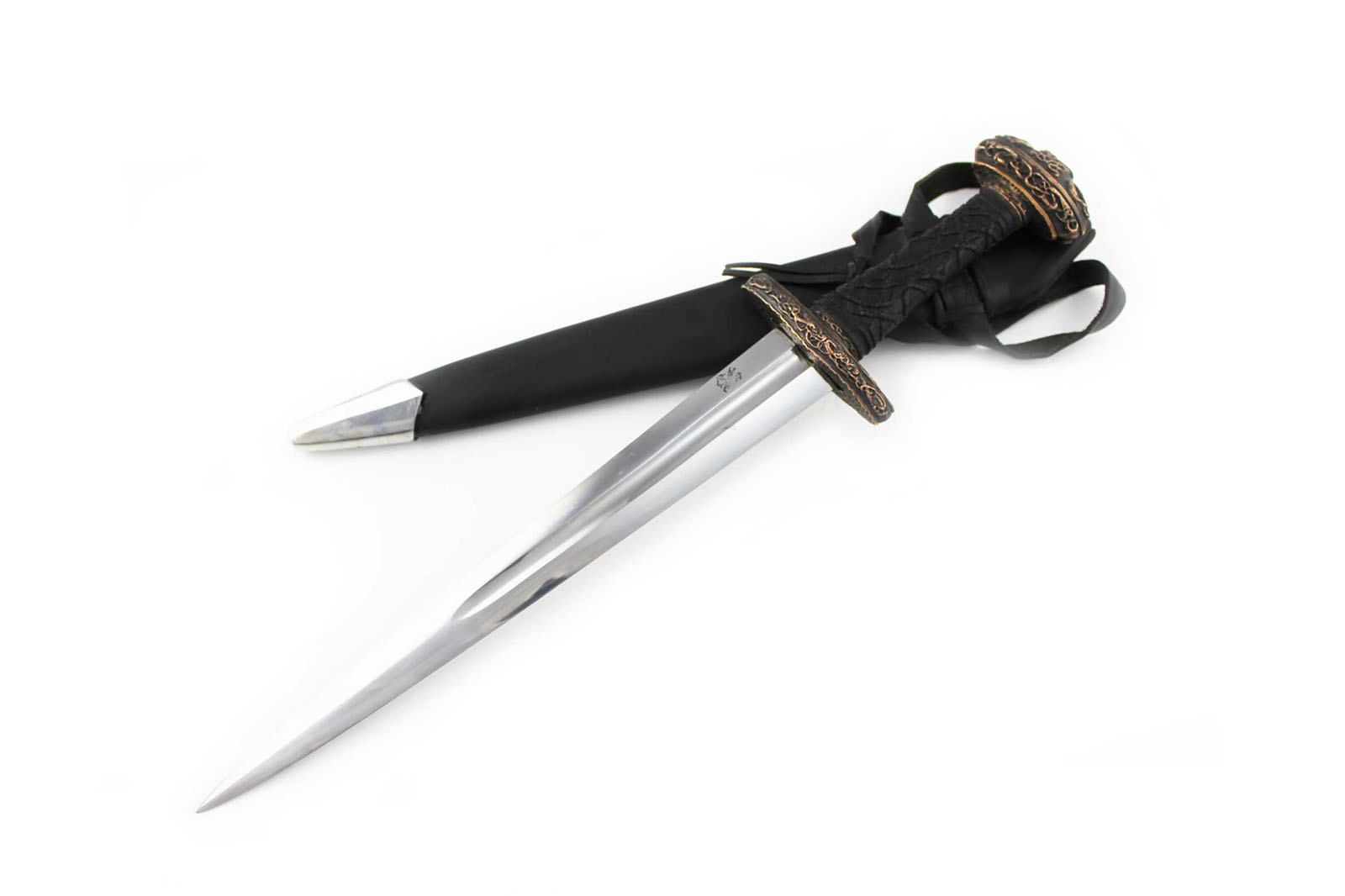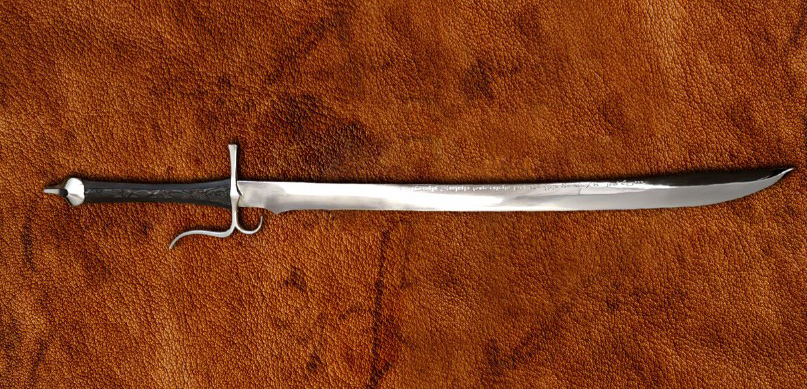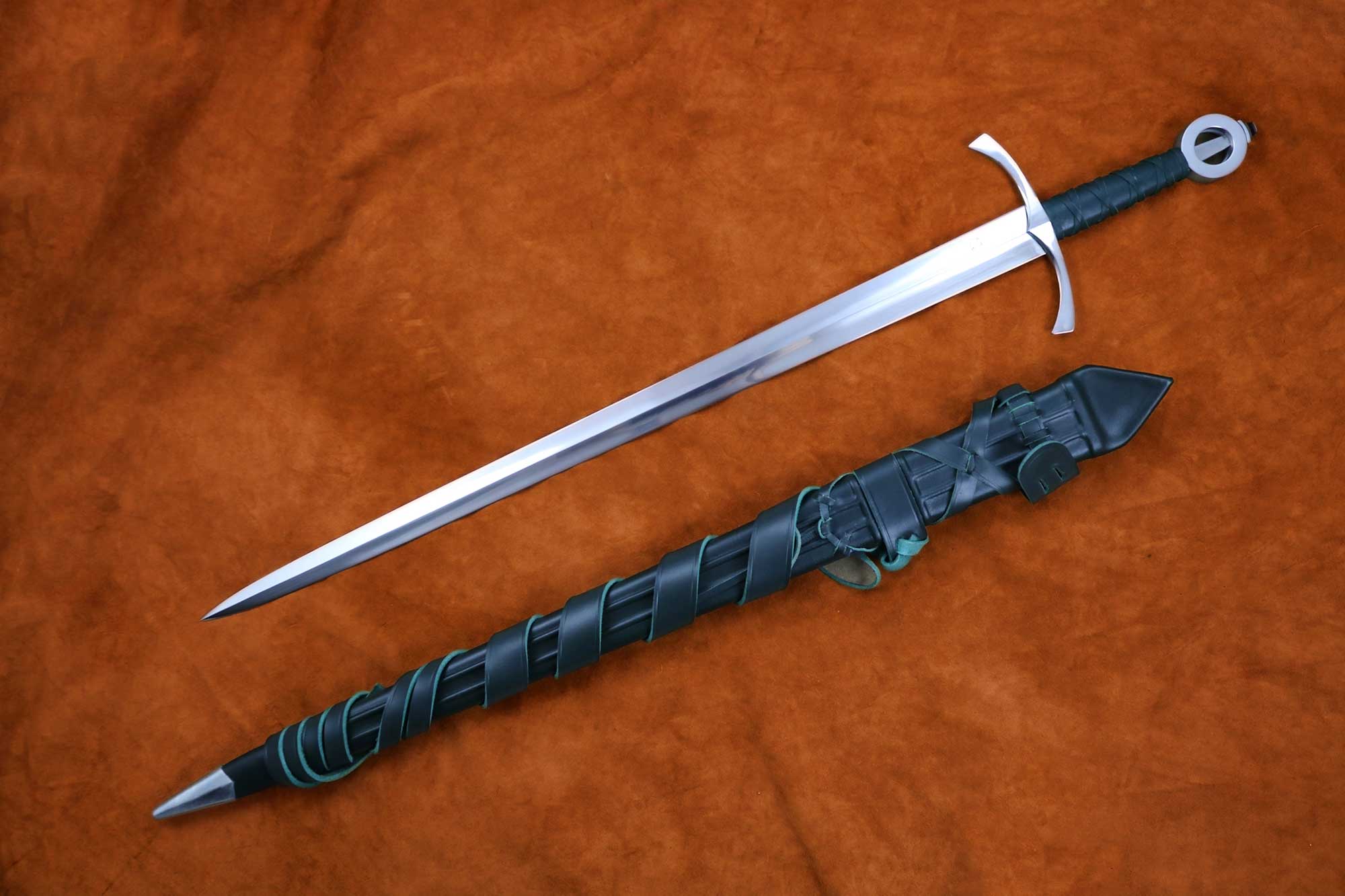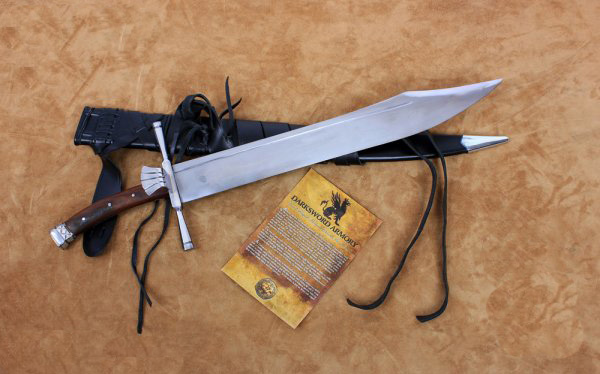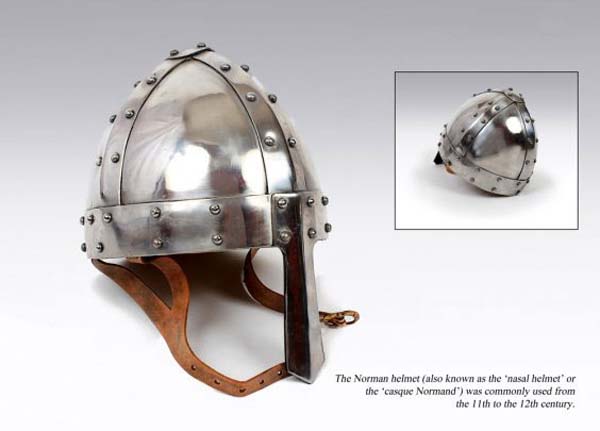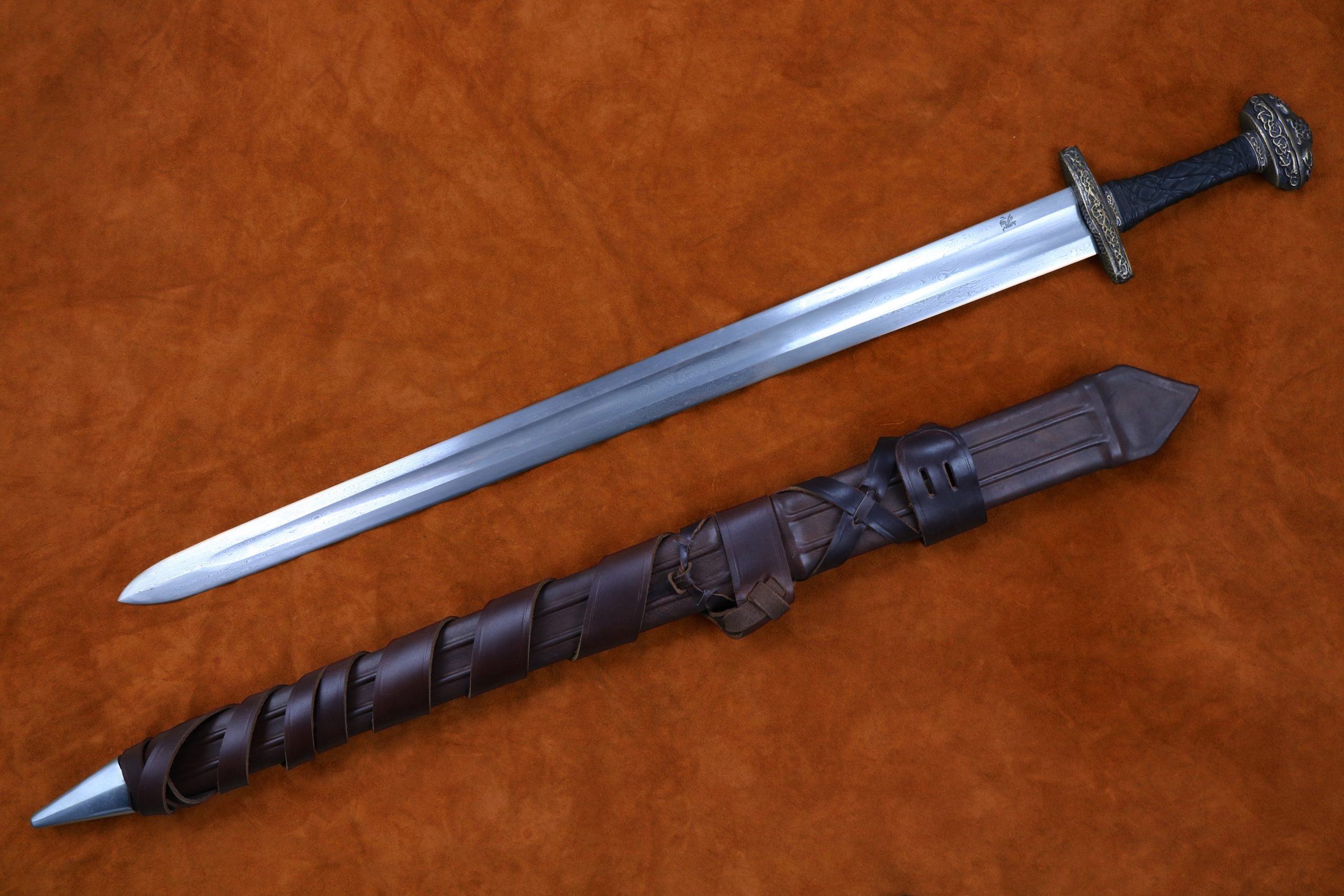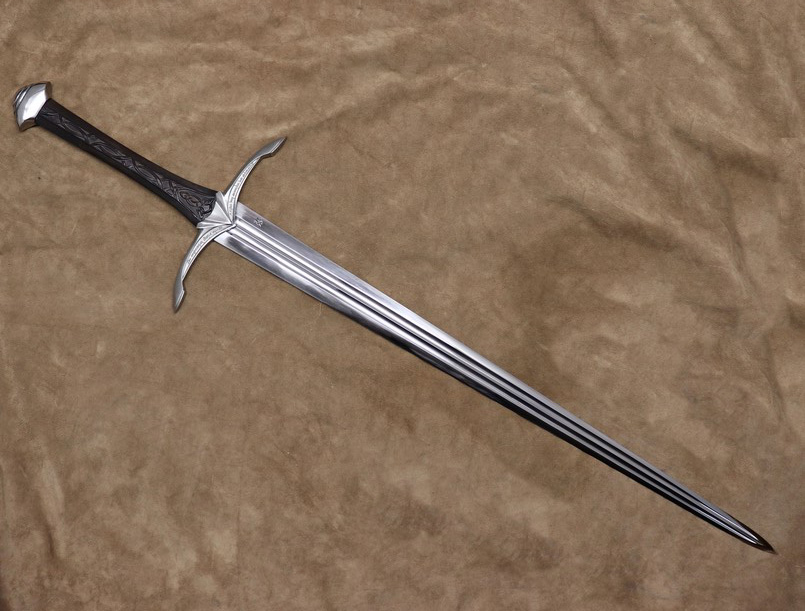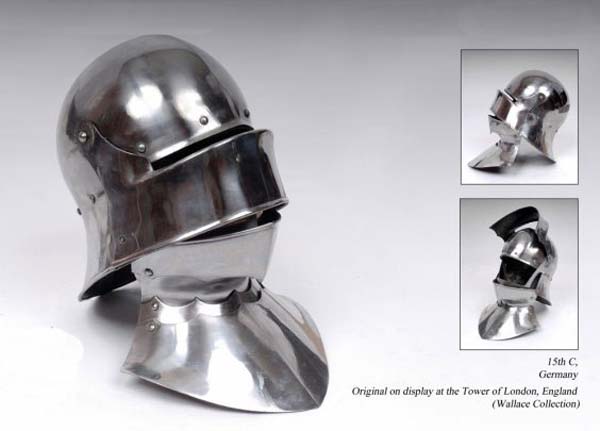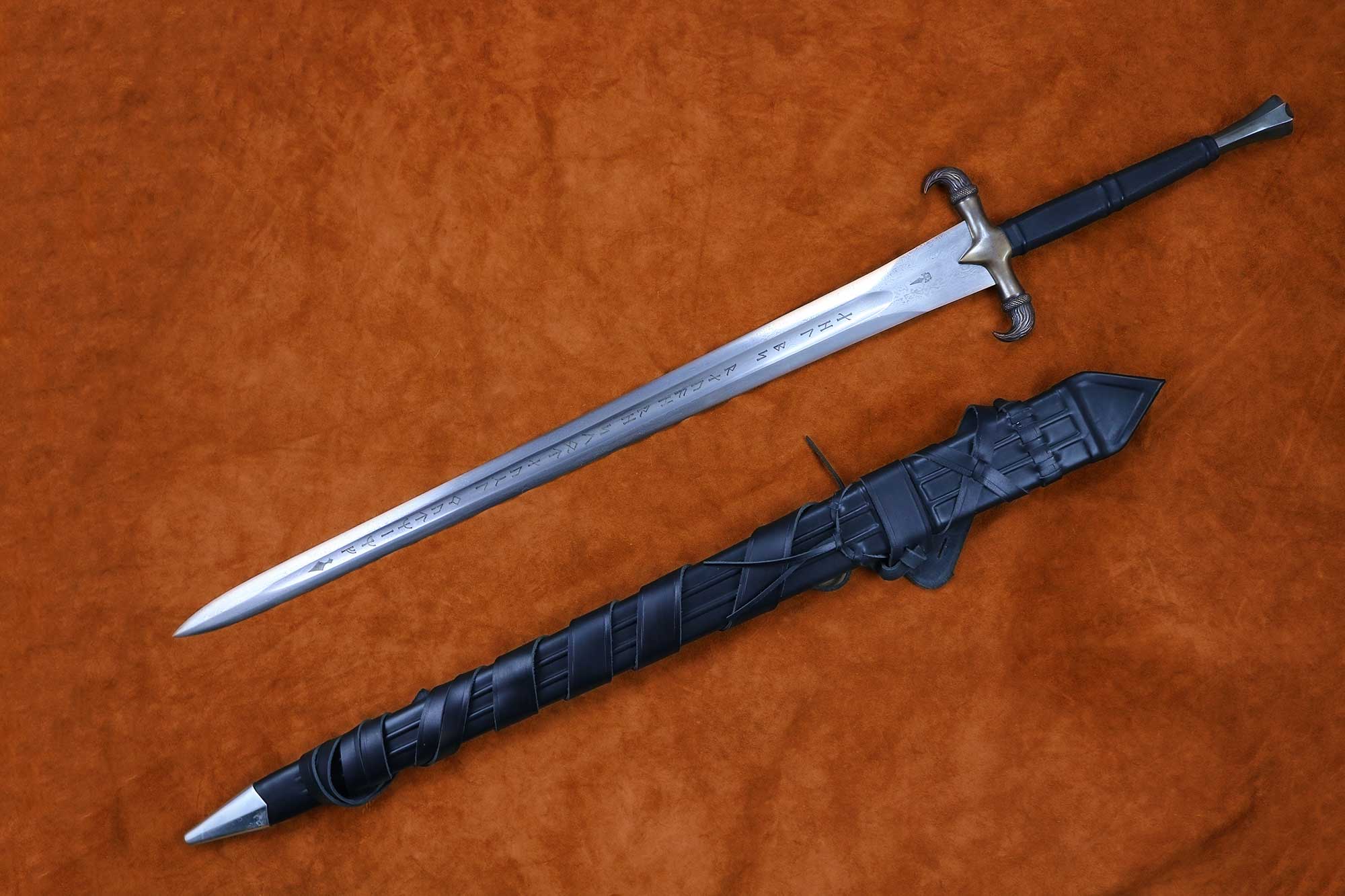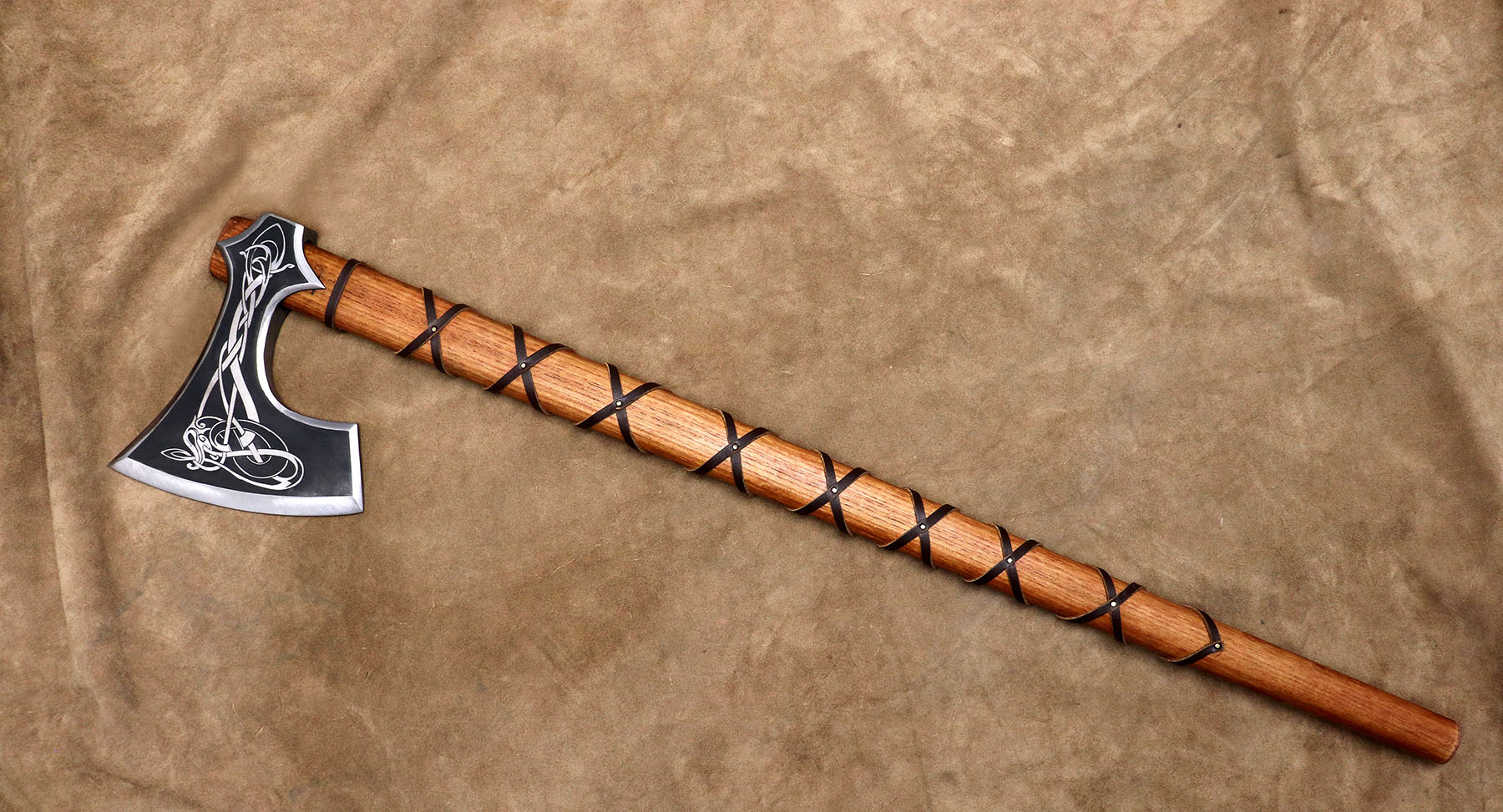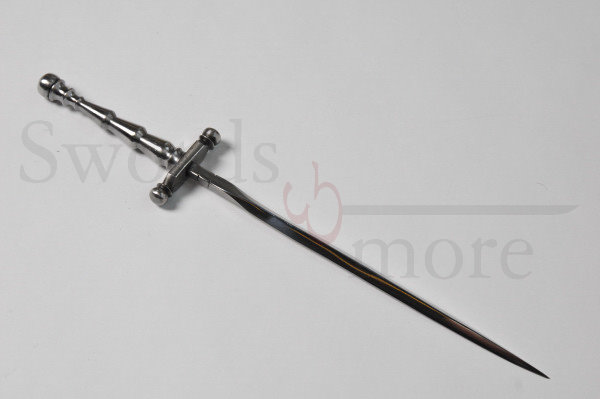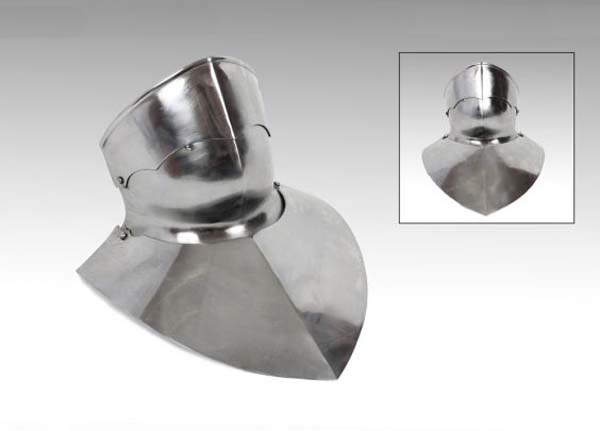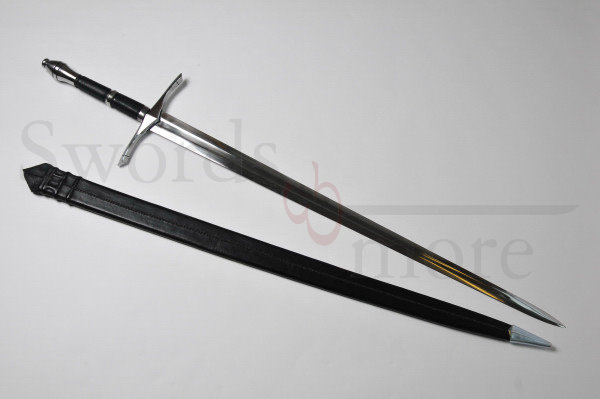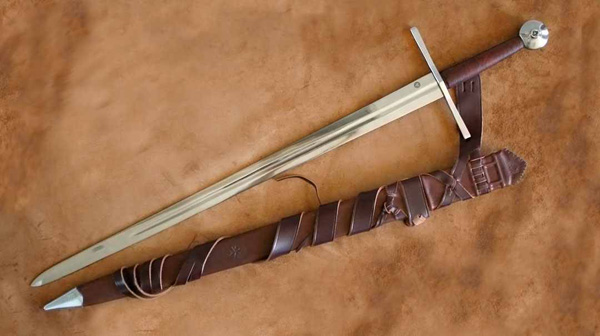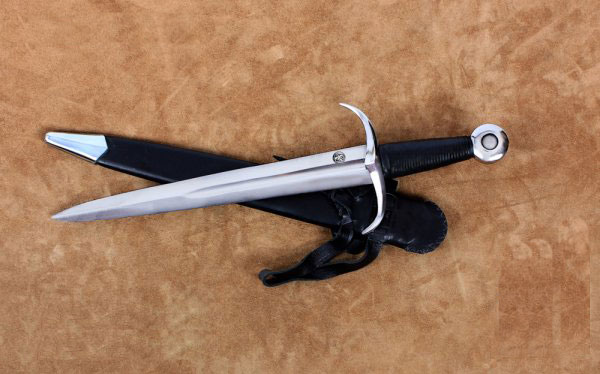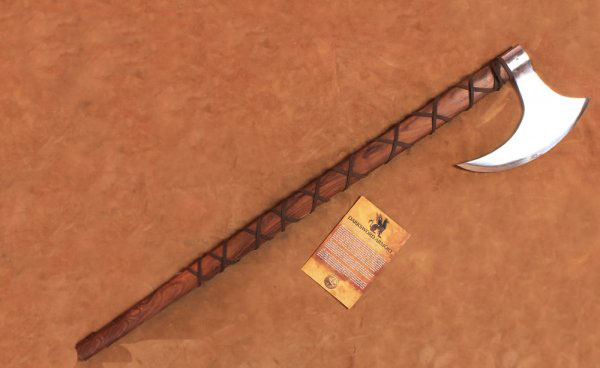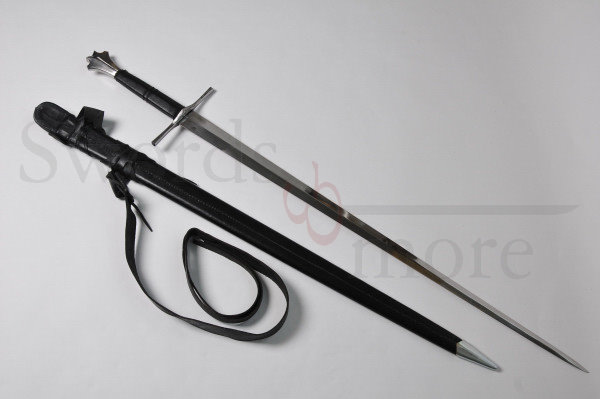
Darksword Armory ist bekannt für handgeschmiedete Schwerter in Museumsqualität, die speziell für den historischen Schwertkampf und Sammler entwickelt wurden. Die in Kanada gefertigten Schwerter basieren auf originalen historischen Vorbildern und bestehen aus hochwertigem 5160-Federstahl, was sie besonders robust und langlebig macht. Ob mittelalterliche Einhänder, Zweihänder oder Wikingerschwerter – jedes Darksword Armory Schwert vereint Handwerkskunst mit Authentizität.
Im Swords-and-more Shop finden Sie eine große Auswahl an Darksword Armory Schwertern – perfekt für Reenactment, Kampfkünstler und Sammler.
Darksword Armory
this item is in stock
this item is in stock
this item is in stock
this item is in stock
this item is in stock
this item is in stock
this item is in stock
this item is in stock
this item is in stock
Item is in field warehouse, long distance shipping.
Item is in field warehouse, long distance shipping.
Item is in field warehouse, long distance shipping.
Item is normally available in about 4-6 weeks.
Item is normally available in about 4-6 weeks.
Item is in field warehouse, long distance shipping.
Item is in field warehouse, long distance shipping.
Item is normally available in about 4-6 weeks.
Item is normally available in about 4-6 weeks.
Item is in field warehouse, long distance shipping.
Item is in field warehouse, long distance shipping.
Item is normally available in about 4-6 weeks.
Item is in field warehouse, long distance shipping.
Item is in field warehouse, long distance shipping.
Item is normally available in about 4-6 weeks.
Item is normally available in about 4-6 weeks.
Item is in field warehouse, long distance shipping.
Item is in field warehouse, long distance shipping.
Item is in field warehouse, long distance shipping.
Item is in field warehouse, long distance shipping.
Item is in field warehouse, long distance shipping.
Item is normally available in about 4-6 weeks.
Item is in field warehouse, long distance shipping.
Item is in field warehouse, long distance shipping.
Item is in field warehouse, long distance shipping.
Item is in field warehouse, long distance shipping.
Item is in field warehouse, long distance shipping.
Item is in field warehouse, long distance shipping.
Item is normally available in about 4-6 weeks.
Item is in field warehouse, long distance shipping.
Item is in field warehouse, long distance shipping.
Item is in field warehouse, long distance shipping.
Item is in field warehouse, long distance shipping.
Item is in field warehouse, long distance shipping.
Item is in field warehouse, long distance shipping.
Item is in field warehouse, long distance shipping.
Item is normally available in about 4-6 weeks.
Item is normally available in about 4-6 weeks.
Item is normally available in about 4-6 weeks.
Item is in field warehouse, long distance shipping.
Item is in field warehouse, long distance shipping.
Item is in field warehouse, long distance shipping.
Item is in field warehouse, long distance shipping.
Item is in field warehouse, long distance shipping.
Item is in field warehouse, long distance shipping.
Item is in field warehouse, long distance shipping.
Item is in field warehouse, long distance shipping.
Item is normally available in about 4-6 weeks.
Item is in field warehouse, long distance shipping.
Item is normally available in about 4-6 weeks.
Item is in field warehouse, long distance shipping.
Dieser Artikel hat eine Lieferfrist von ca. 4-6 Wochen.
Item is in field warehouse, long distance shipping.
Item is in field warehouse, long distance shipping.
Item is in field warehouse, long distance shipping.
Item is in field warehouse, long distance shipping.
Item is in field warehouse, long distance shipping.
Item is in field warehouse, long distance shipping.
Item is in field warehouse, long distance shipping.
Item is normally available in about 4-6 weeks.
Item is in field warehouse, long distance shipping.
Item is in field warehouse, long distance shipping.
Item is in field warehouse, long distance shipping.
Item is in field warehouse, long distance shipping.
Item is in field warehouse, long distance shipping.
Item is in field warehouse, long distance shipping.
Item is normally available in about 4-6 weeks.
Item is in field warehouse, long distance shipping.
Item is in field warehouse, long distance shipping.
Dieser Artikel hat eine Lieferfrist von ca. 4-6 Wochen.
Item is in field warehouse, long distance shipping.
Item is in field warehouse, long distance shipping.
Im Außenlager, Langstreckenversand - in 12-14 Tagen bei Dir zu Hause
Item is in field warehouse, long distance shipping.
Item is normally available in about 4-6 weeks.
Item is normally available in about 4-6 weeks.
Item is normally available in about 4-6 weeks.
Item is in field warehouse, long distance shipping.
Item is in field warehouse, long distance shipping.
Item is normally available in about 4-6 weeks.
Item is in field warehouse, long distance shipping.
Item is normally available in about 4-6 weeks.
Dieser Artikel hat eine Lieferfrist von ca. 4-6 Wochen.
Item is in field warehouse, long distance shipping.
Item is normally available in about 4-6 weeks.
Item is in field warehouse, long distance shipping.
Item is in field warehouse, long distance shipping.
Item is in field warehouse, long distance shipping.
Item is in field warehouse, long distance shipping.
Item is normally available in about 4-6 weeks.
Item is in field warehouse, long distance shipping.
Item is in field warehouse, long distance shipping.
Item is in field warehouse, long distance shipping.
Item is in field warehouse, long distance shipping.
Item is normally available in about 4-6 weeks.
Item is in field warehouse, long distance shipping.
Item is normally available in about 4-6 weeks.
Item is in field warehouse, long distance shipping.
Item is normally available in about 4-6 weeks.
Item is in field warehouse, long distance shipping.
Item is in field warehouse, long distance shipping.
Item is in field warehouse, long distance shipping.
Item is in field warehouse, long distance shipping.
item is available on 28.08.2025 . preorder now
Item is in field warehouse, long distance shipping.
Item is in field warehouse, long distance shipping.
Item is in field warehouse, long distance shipping.
Item is in field warehouse, long distance shipping.
Item is in field warehouse, long distance shipping.
Item is in field warehouse, long distance shipping.
Item is normally available in about 4-6 weeks.
Item is in field warehouse, long distance shipping.
Item is normally available in about 4-6 weeks.
Item is in field warehouse, long distance shipping.

